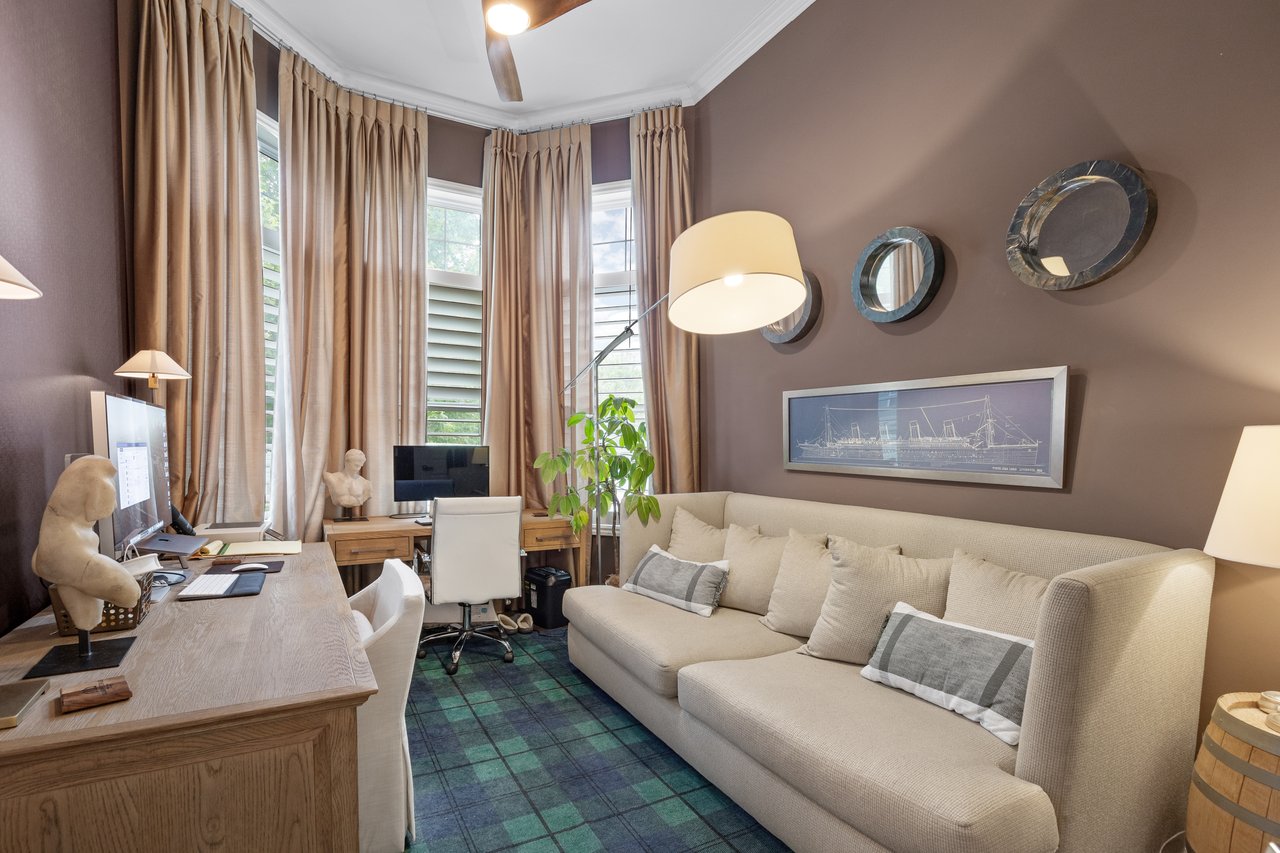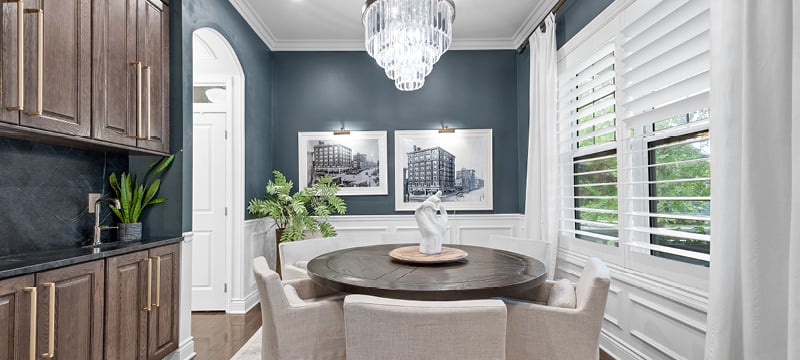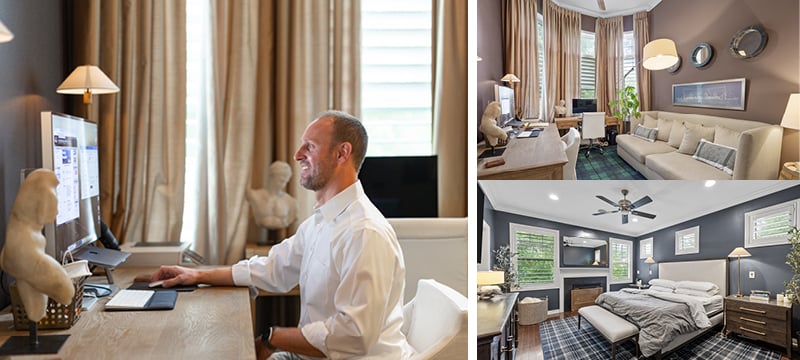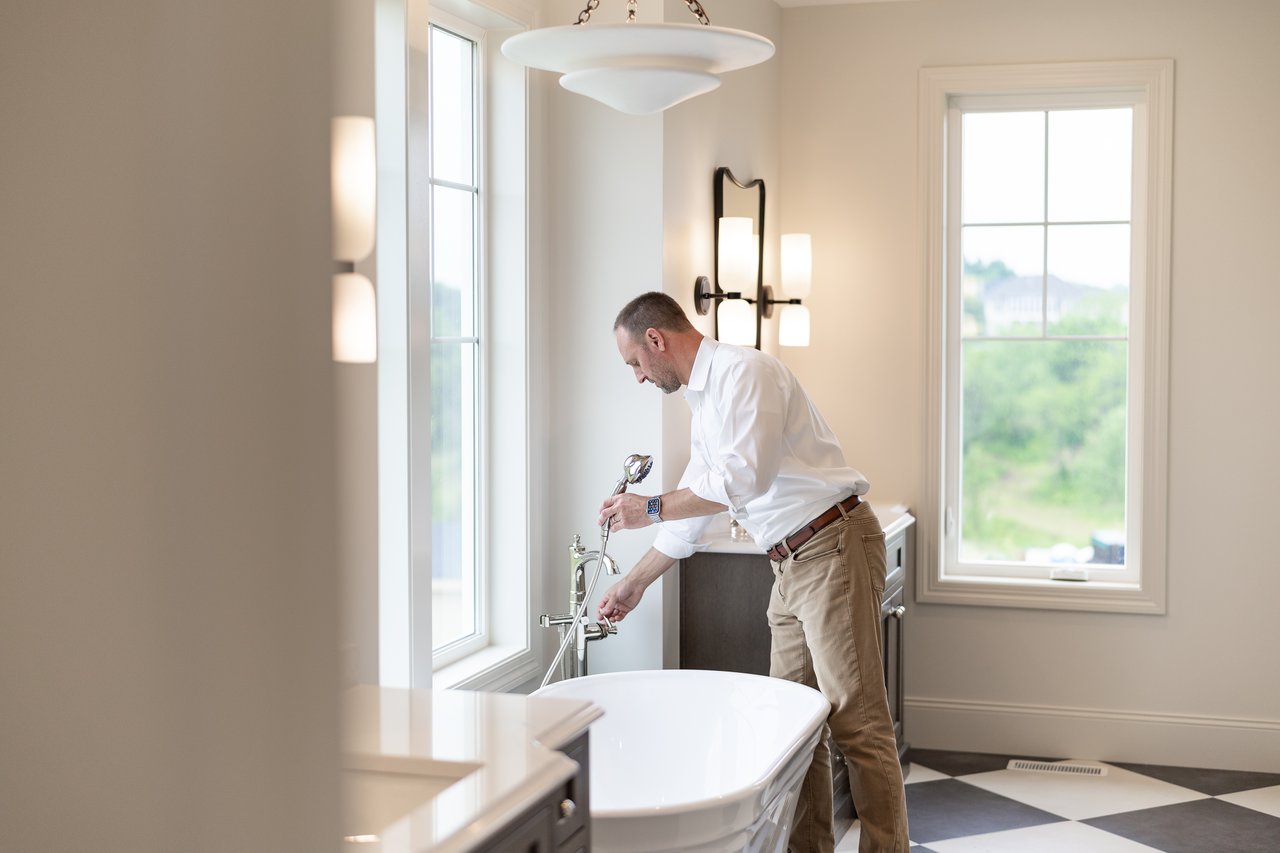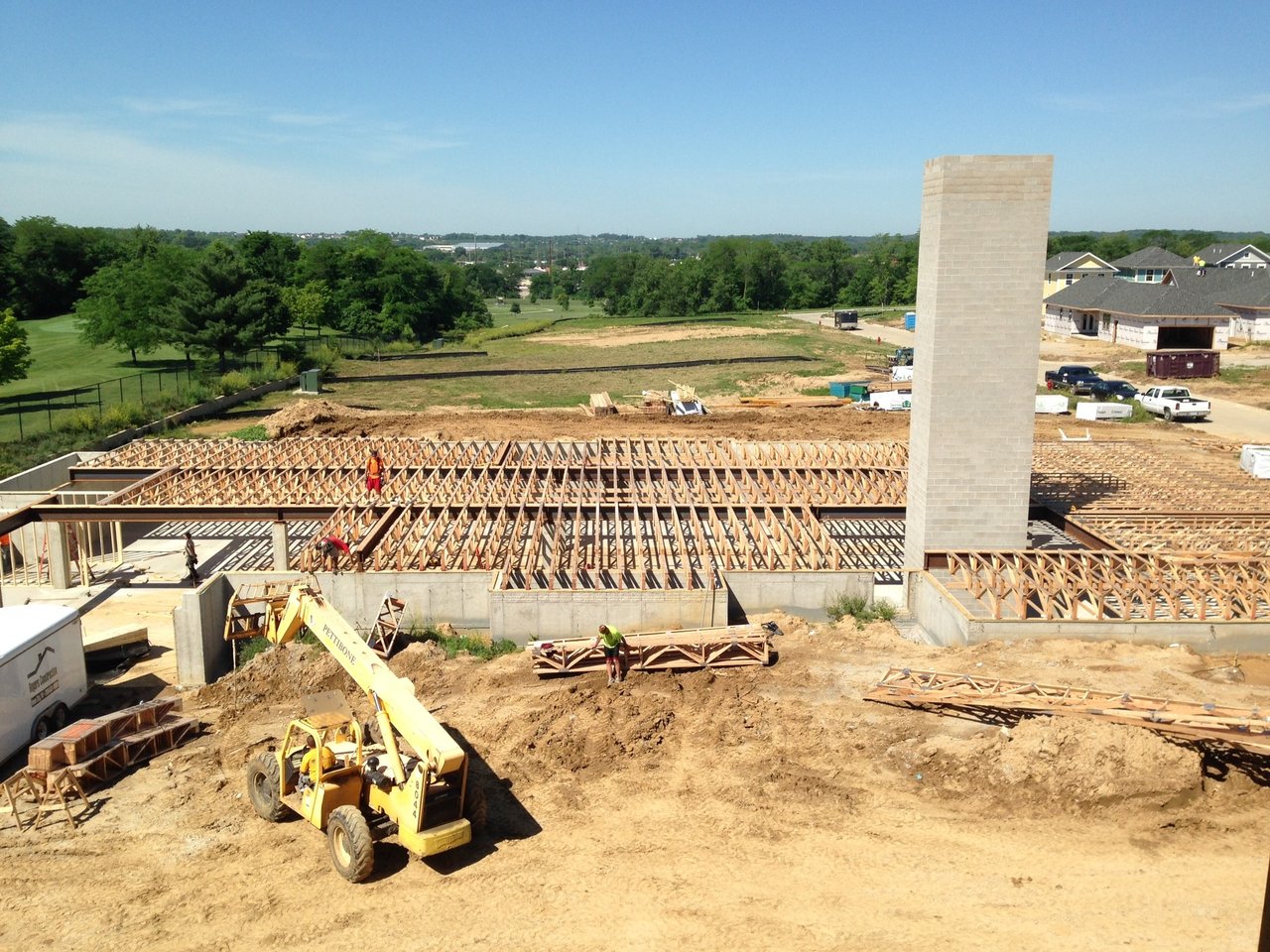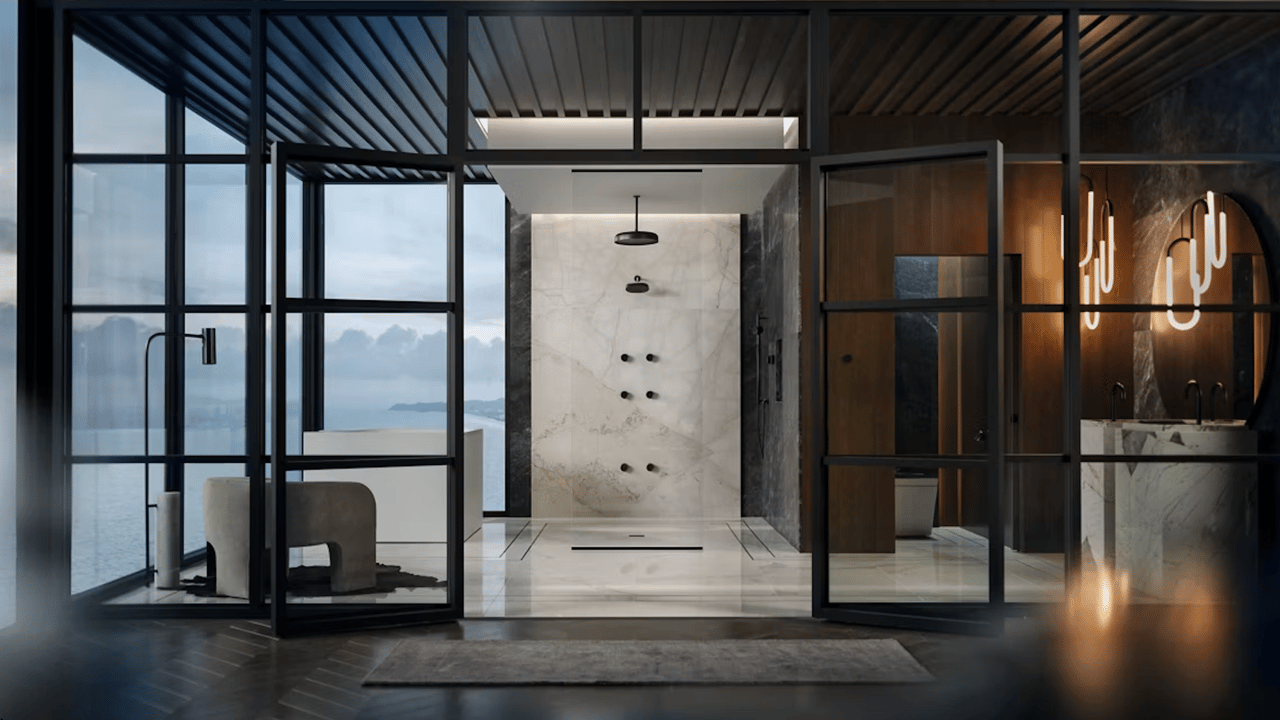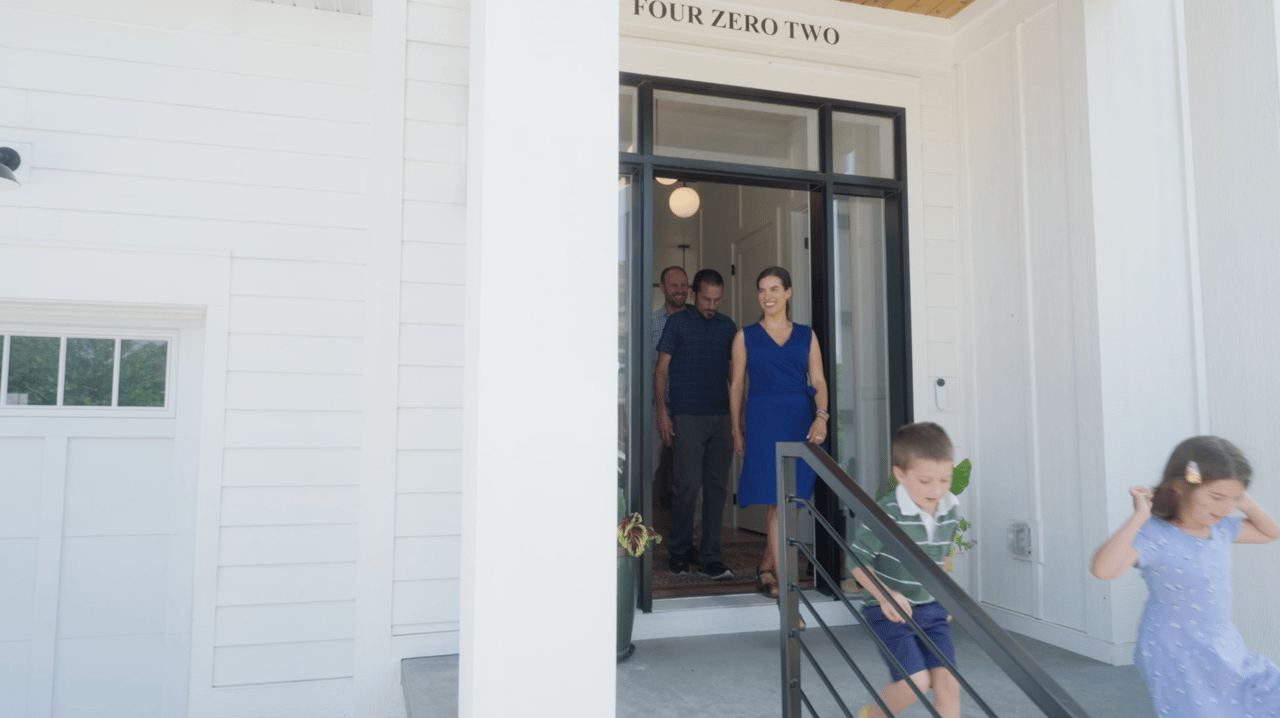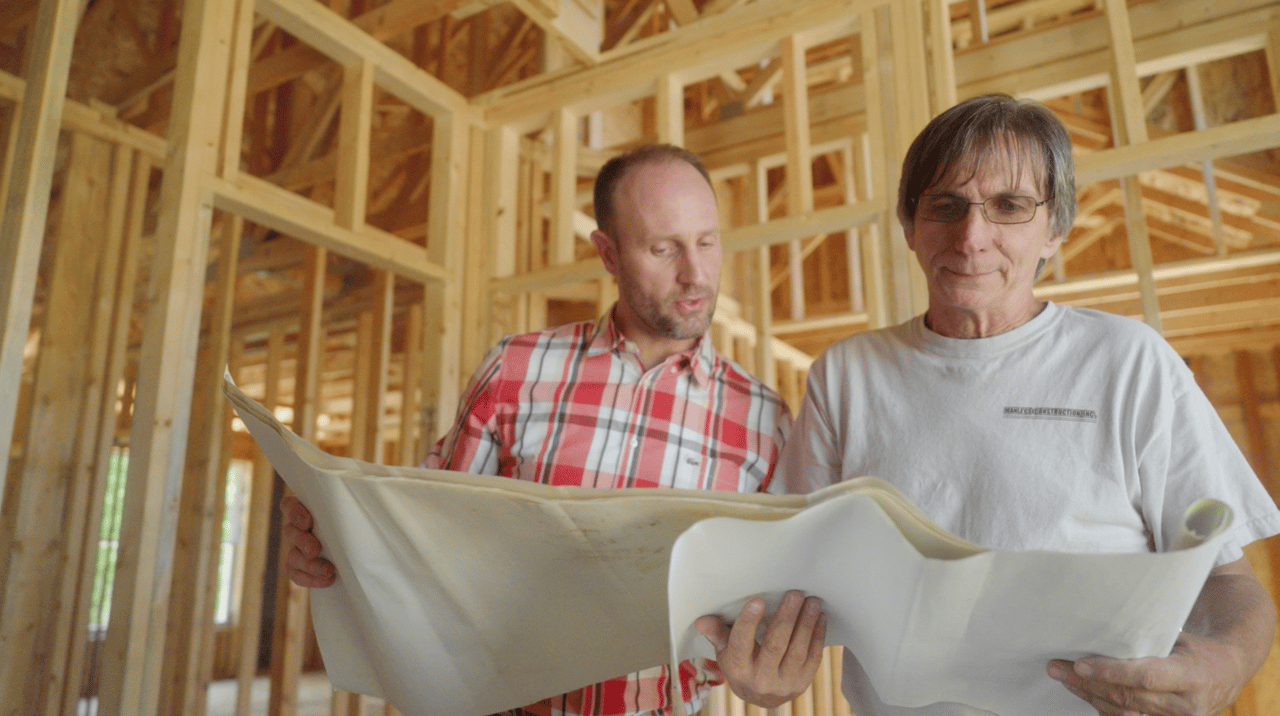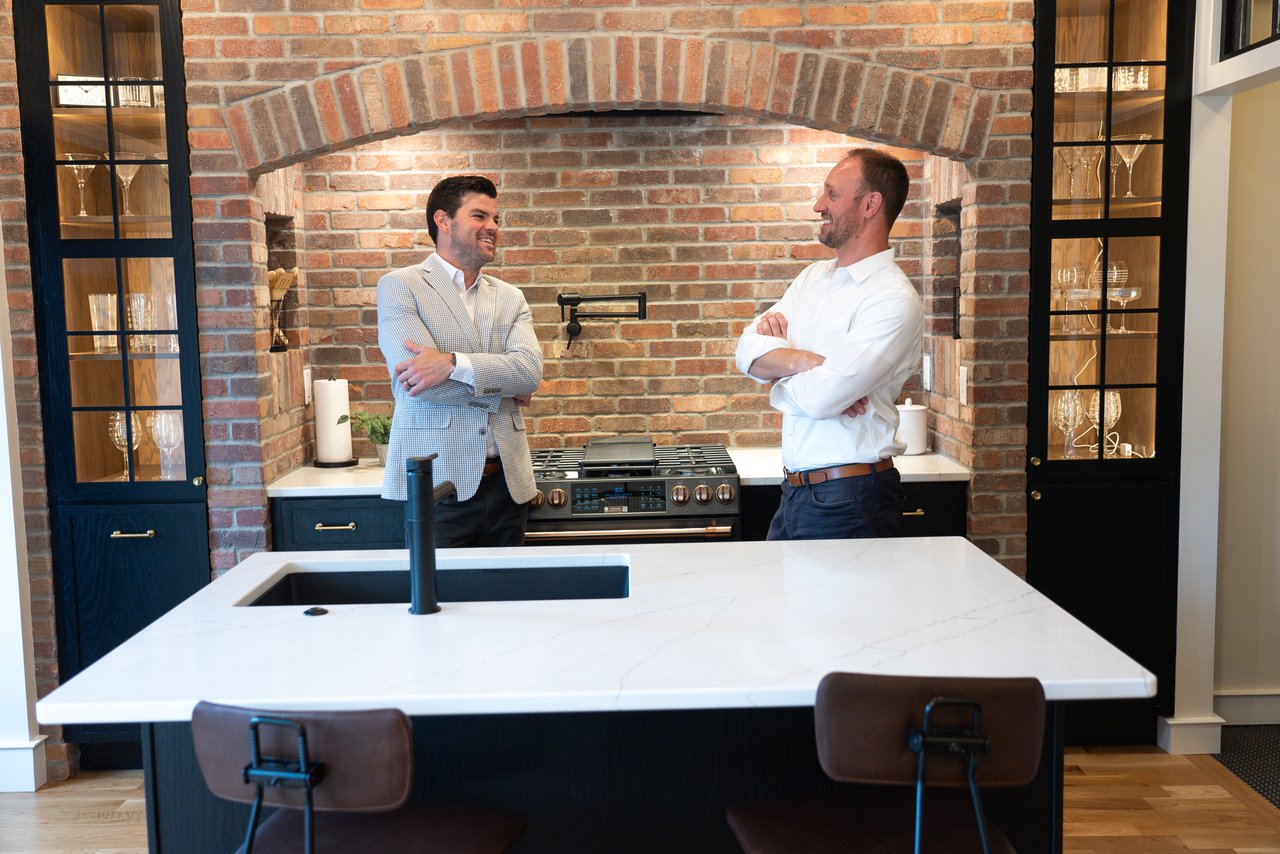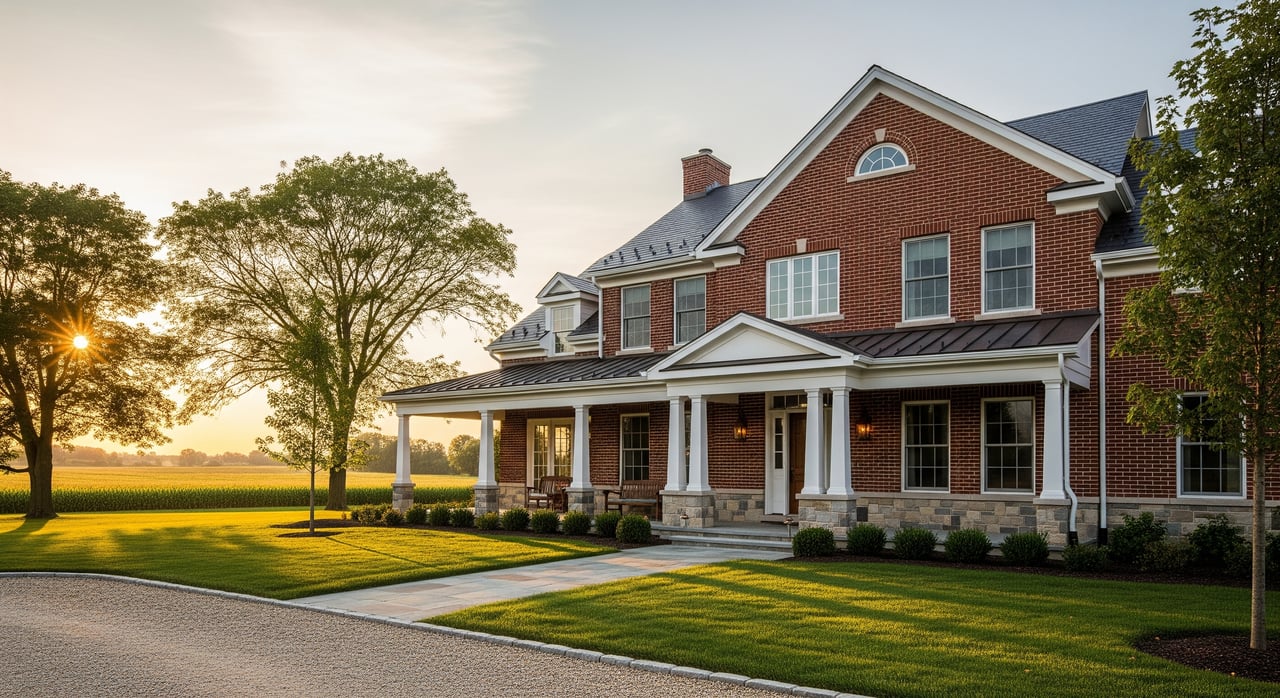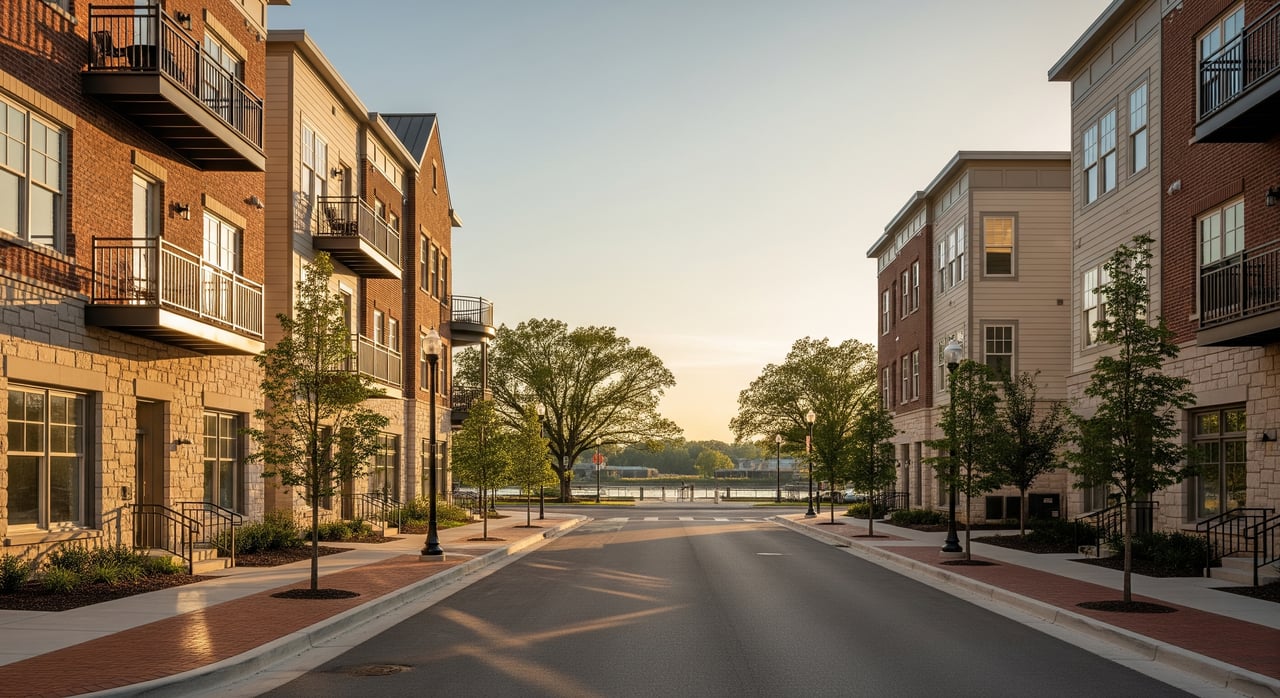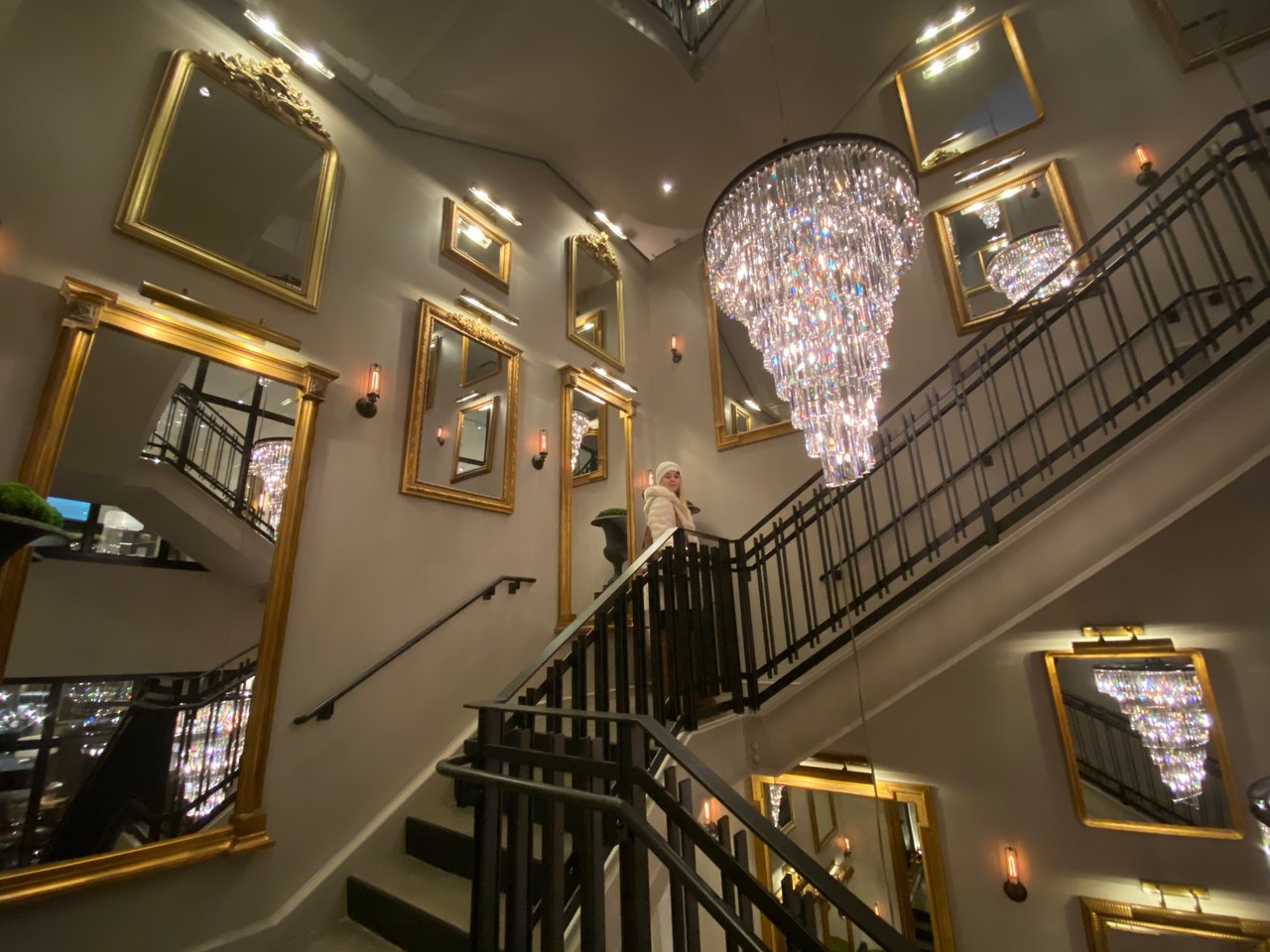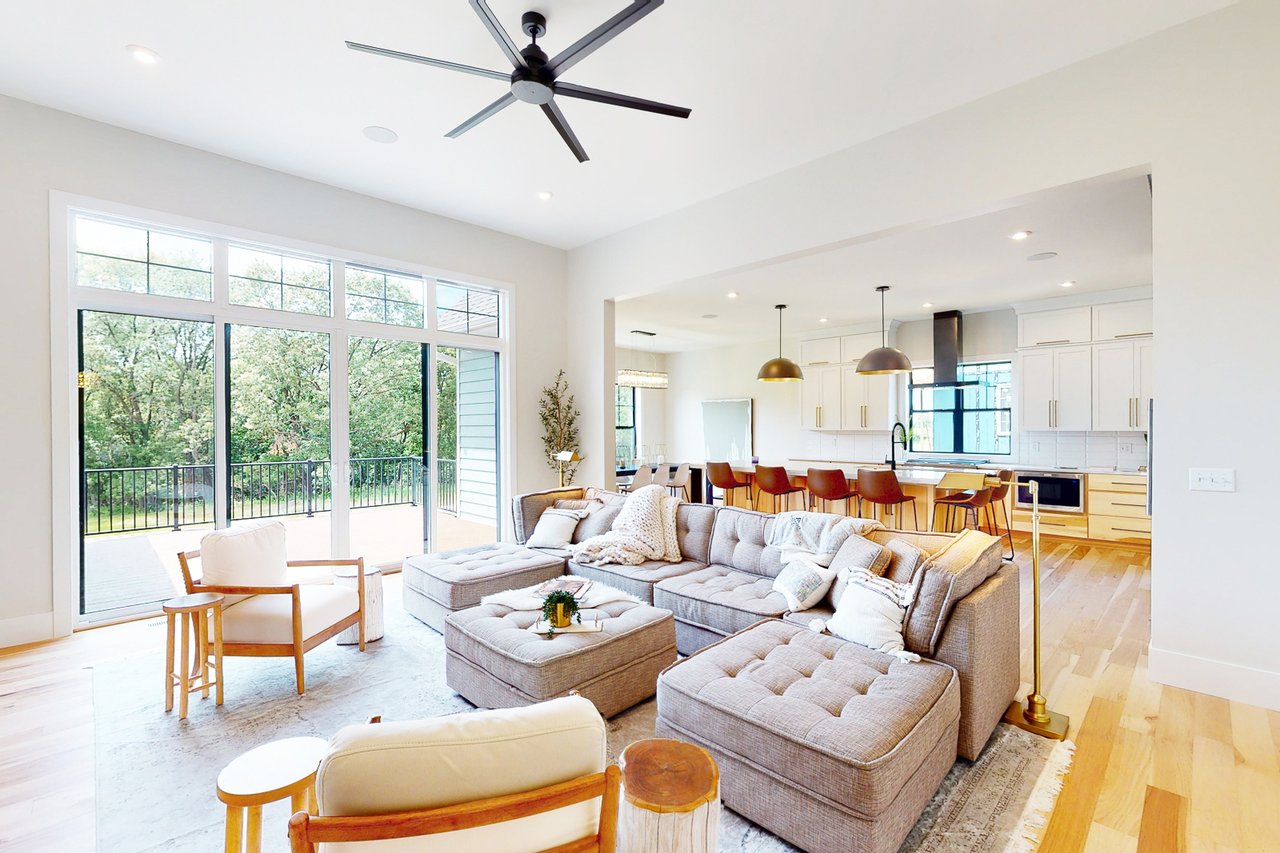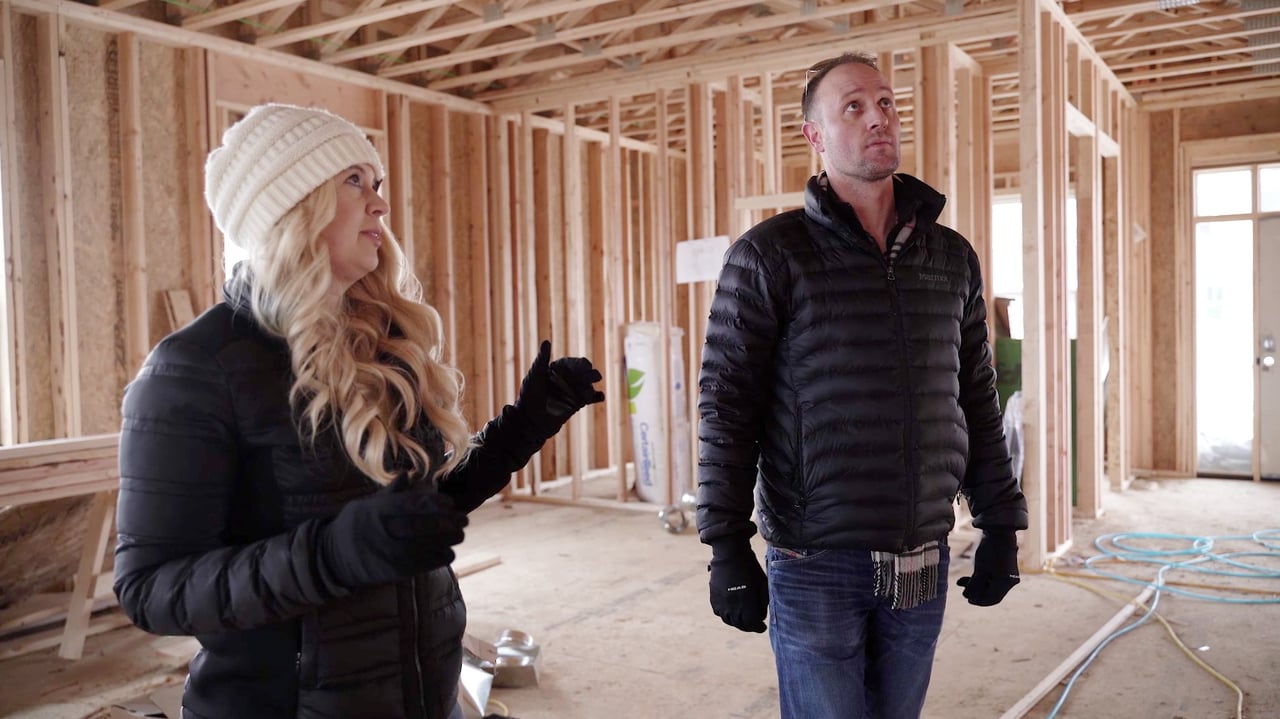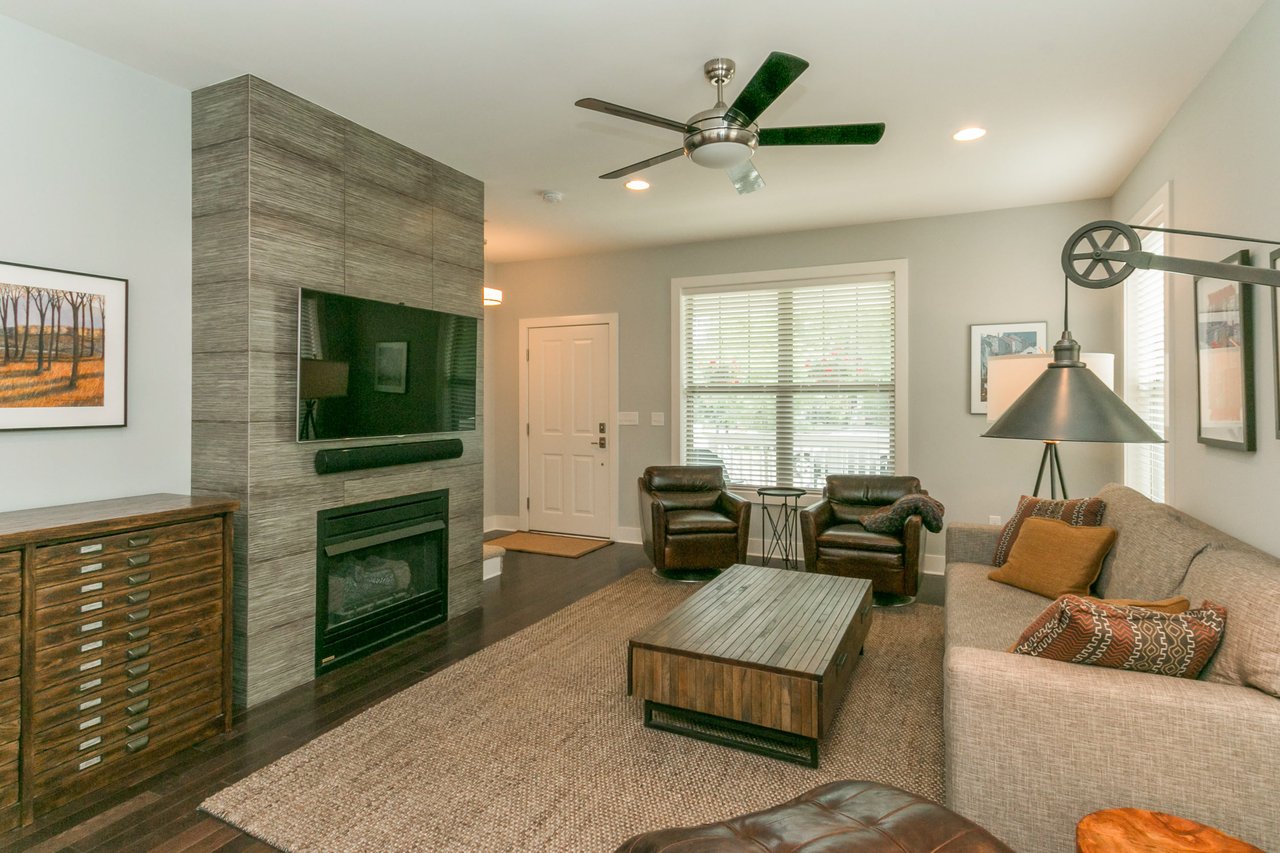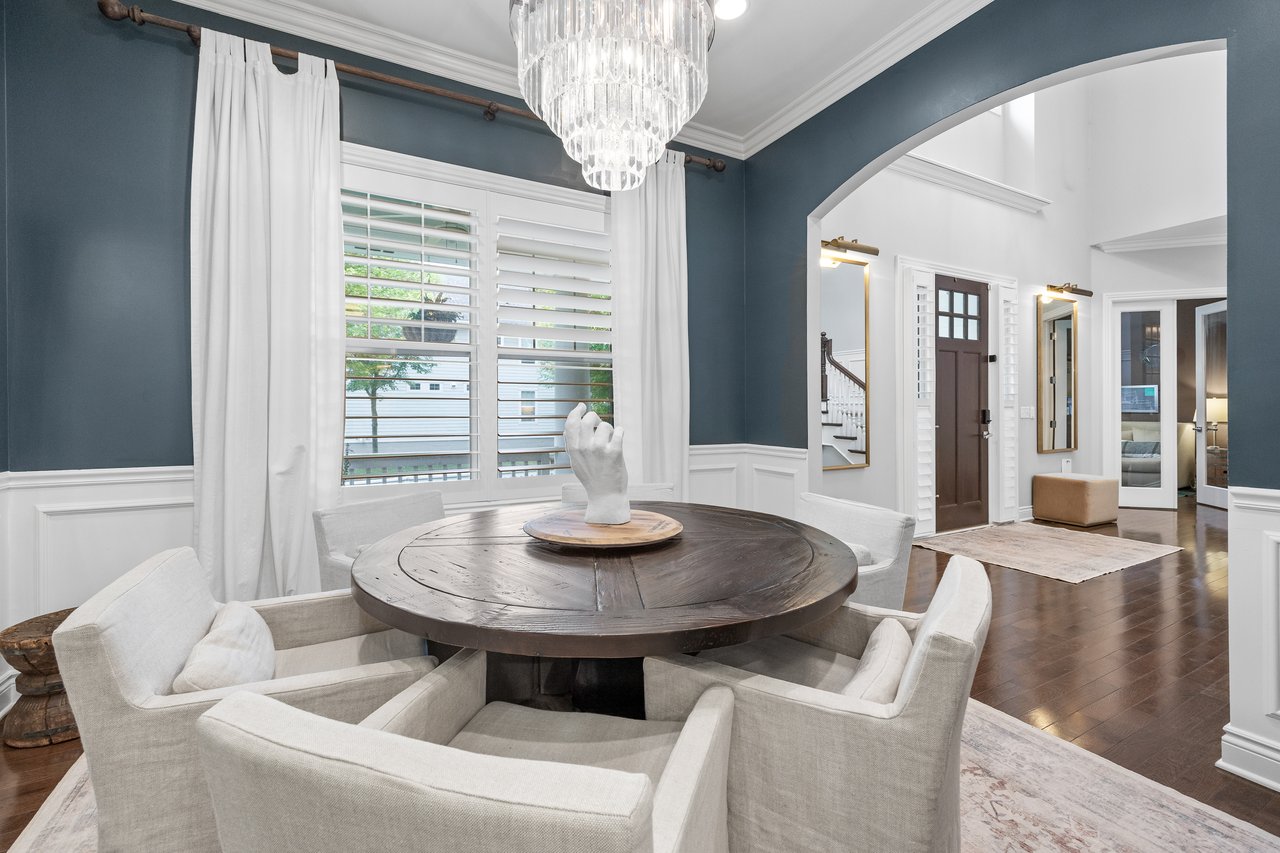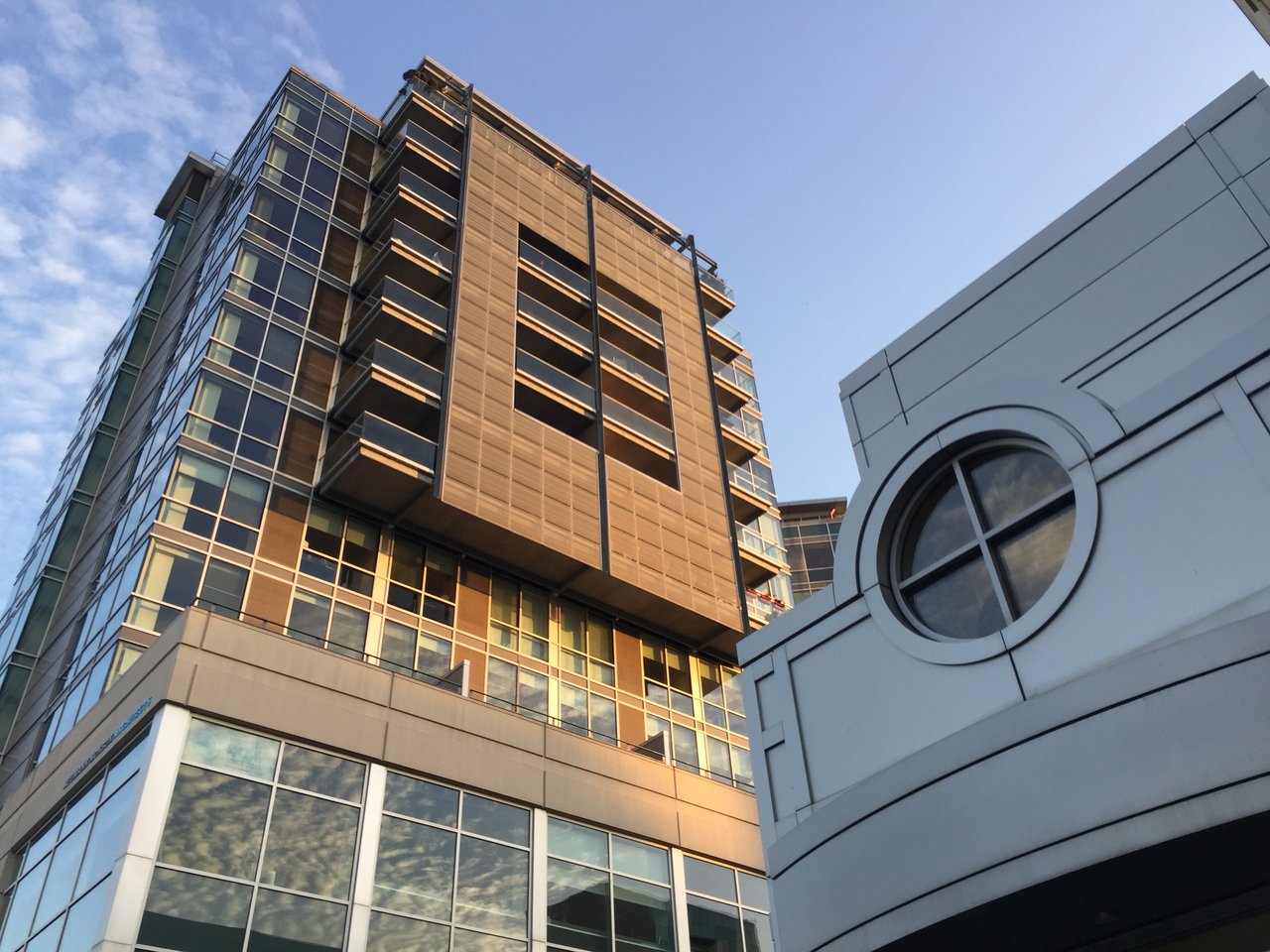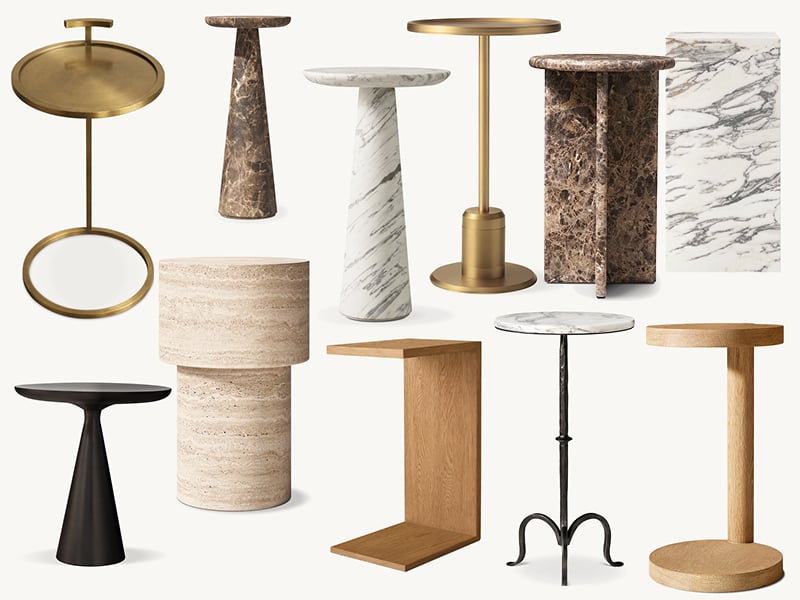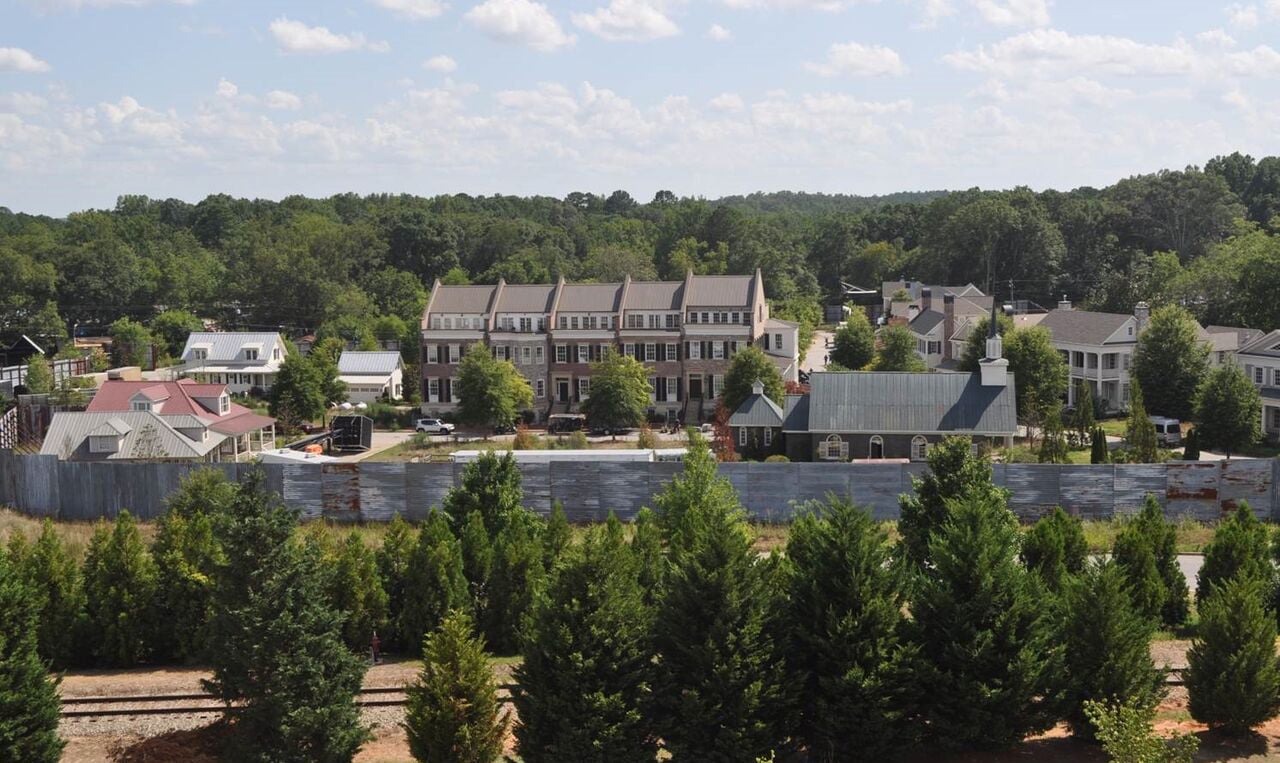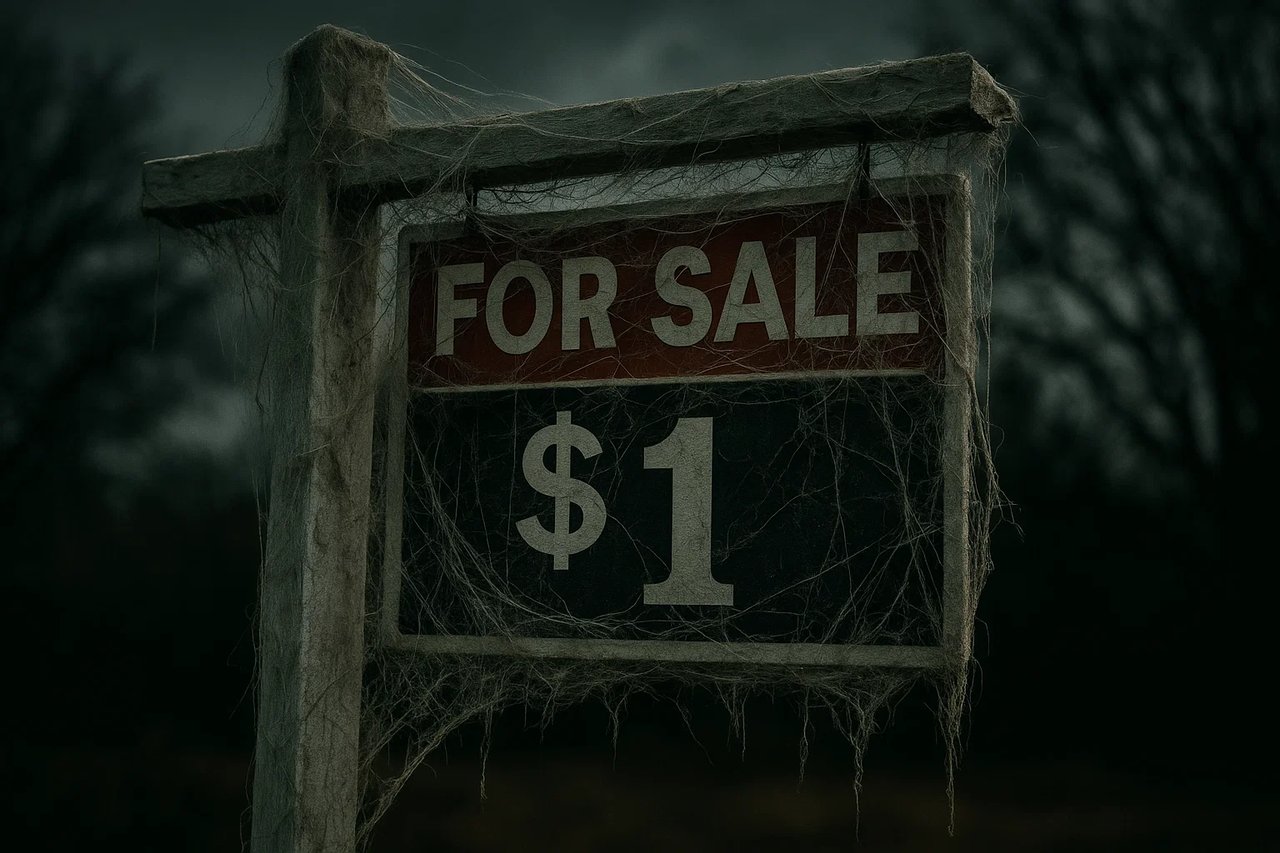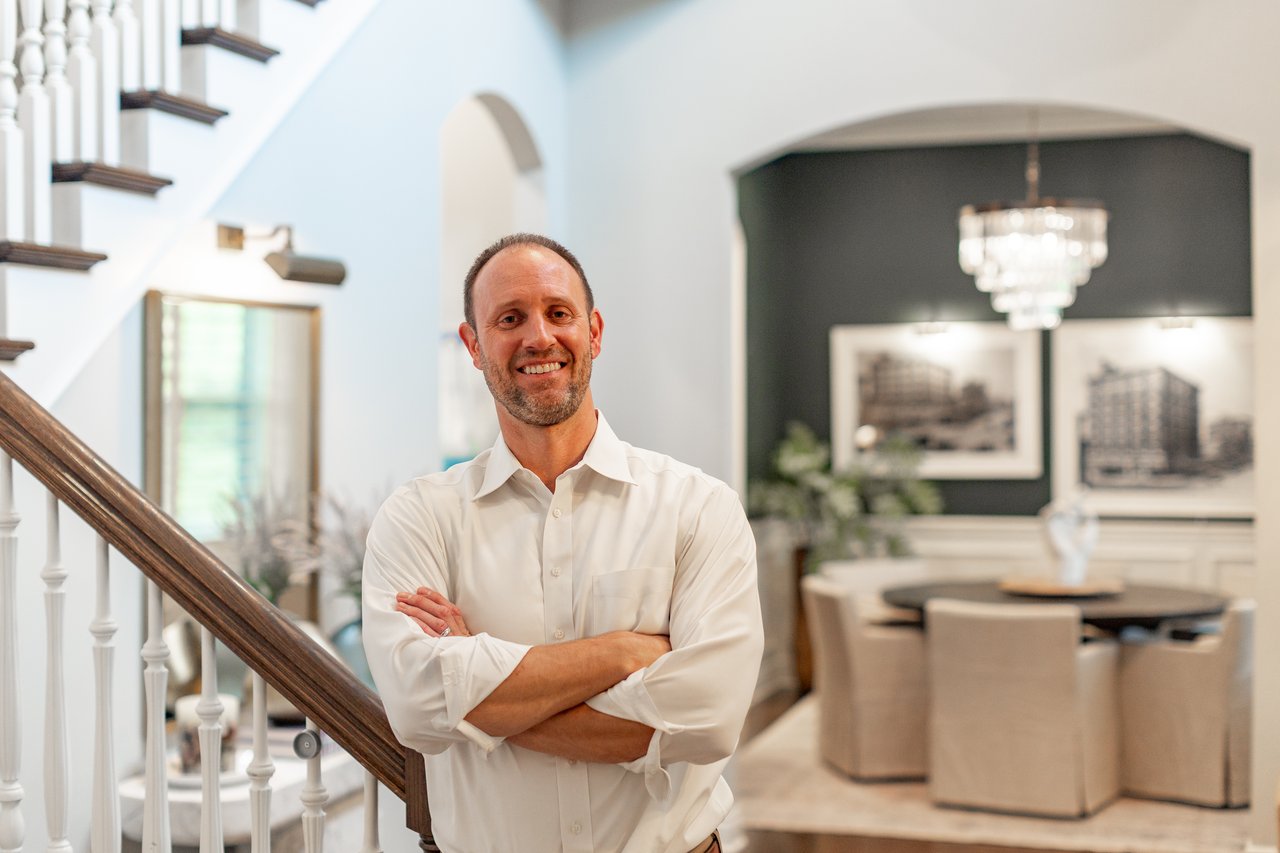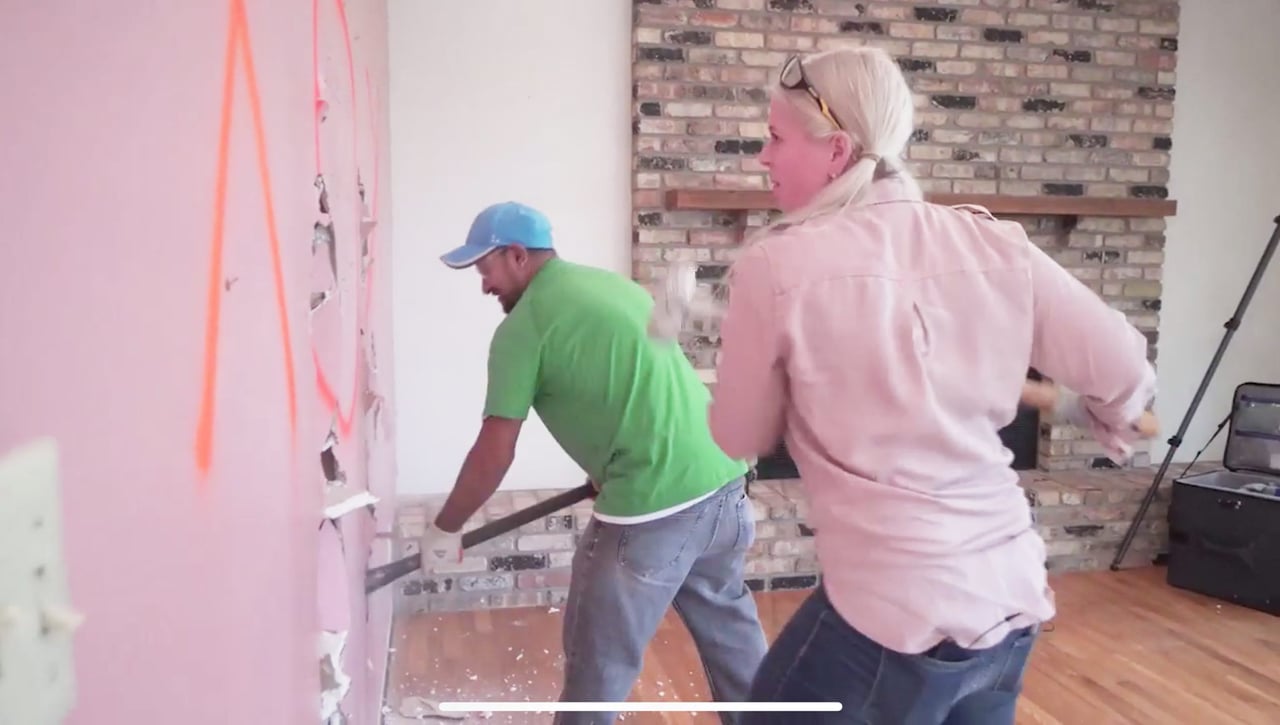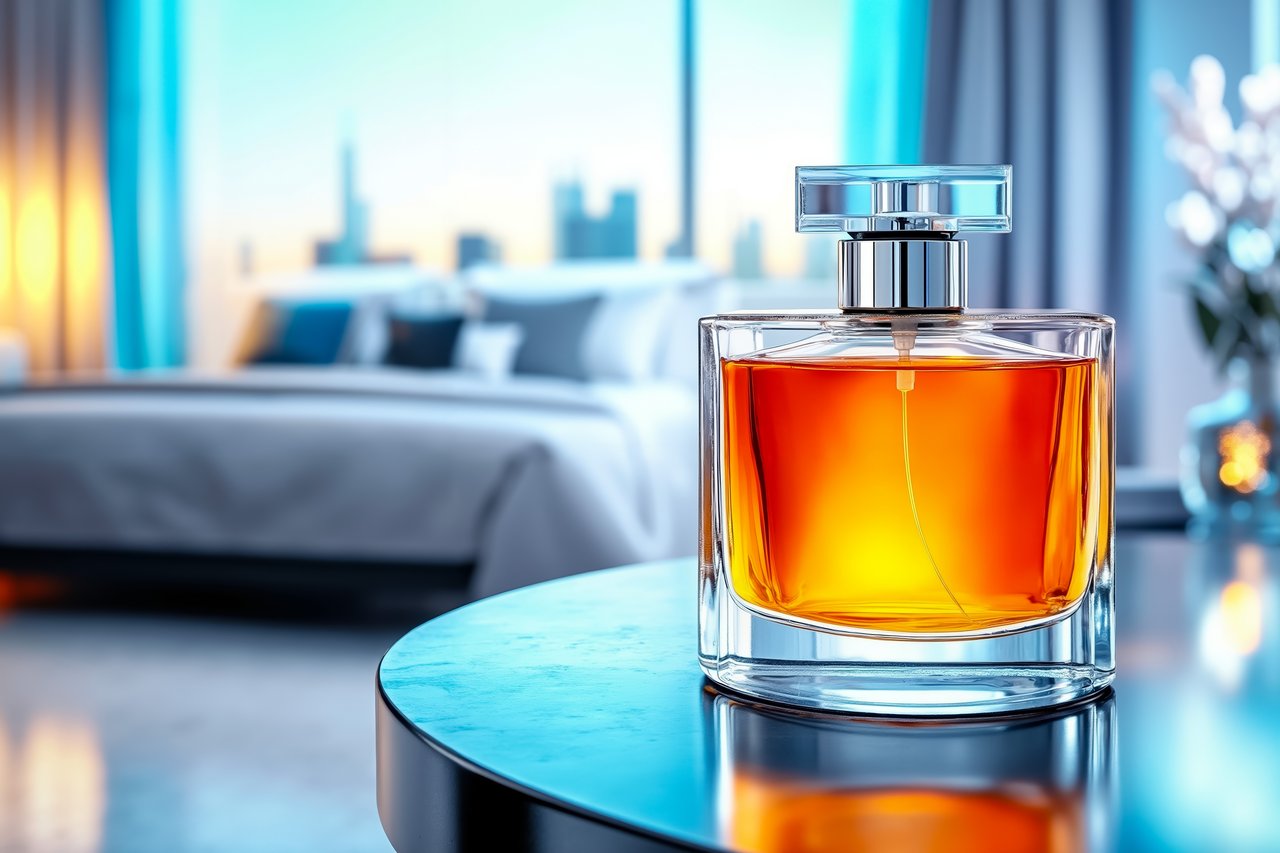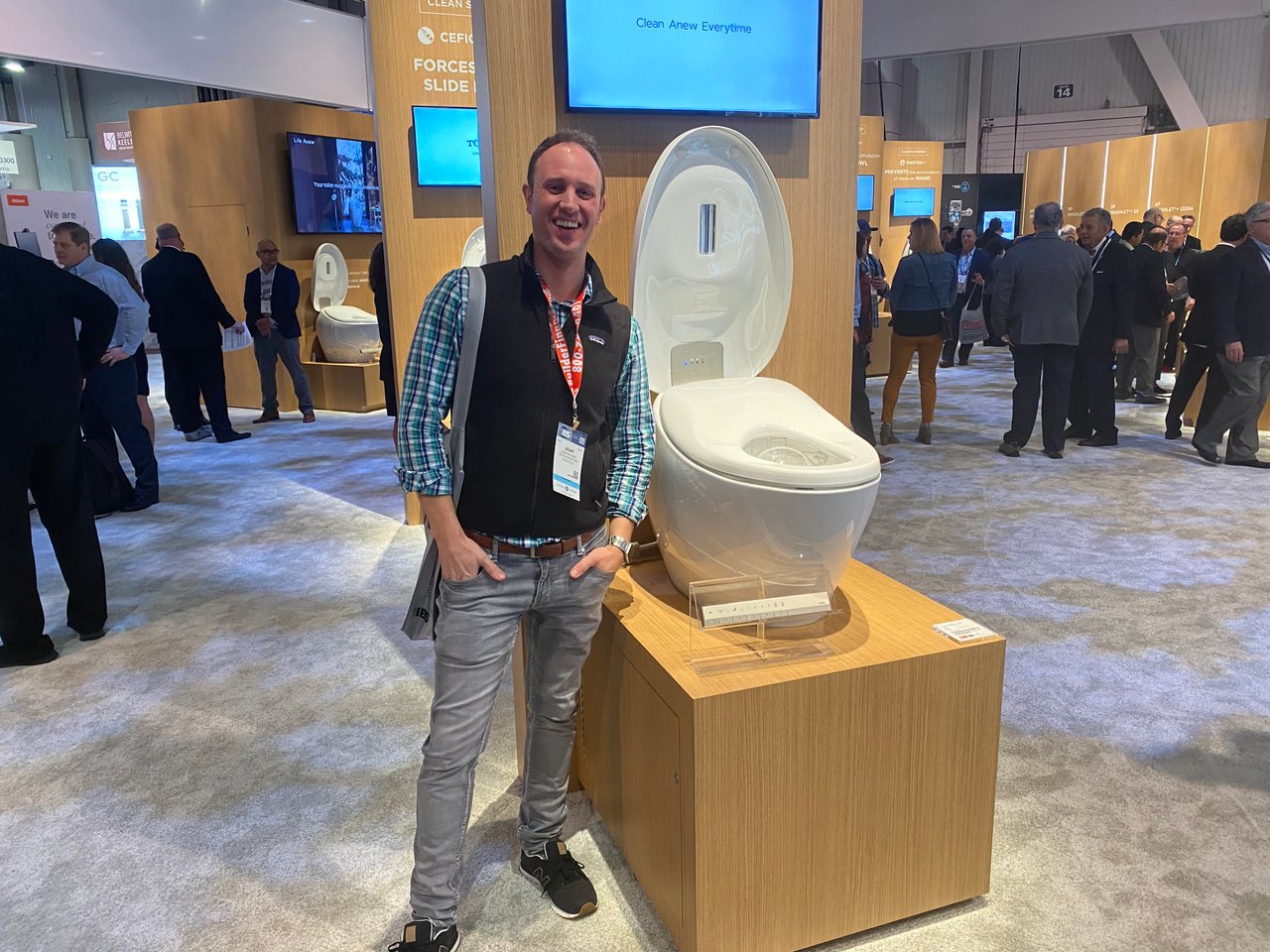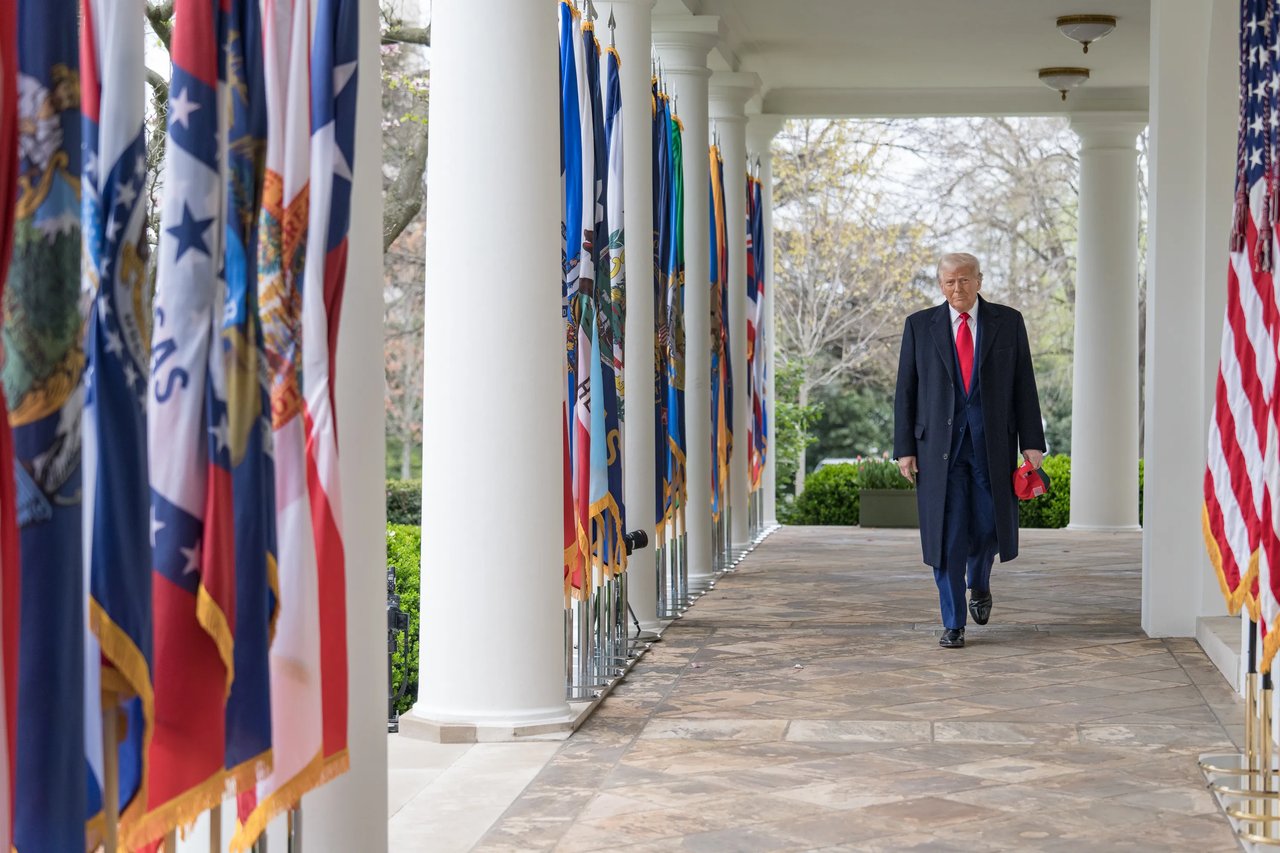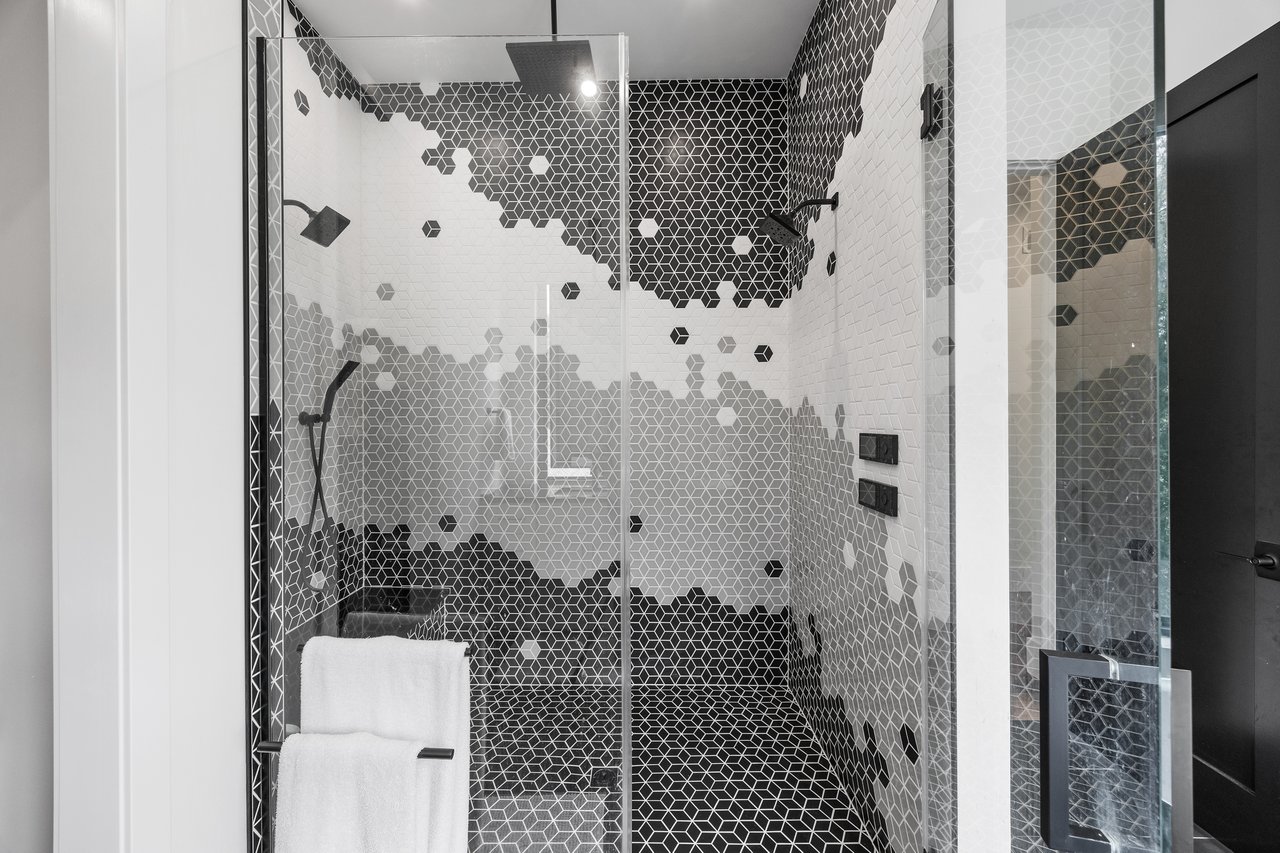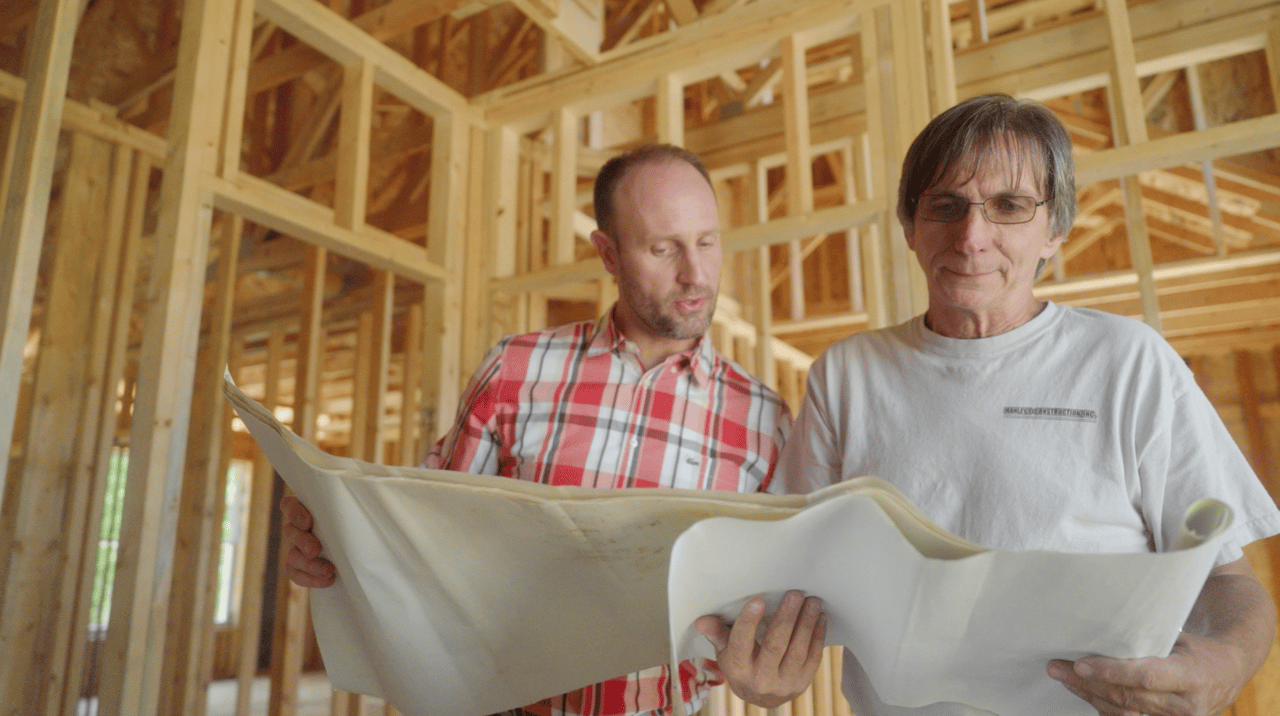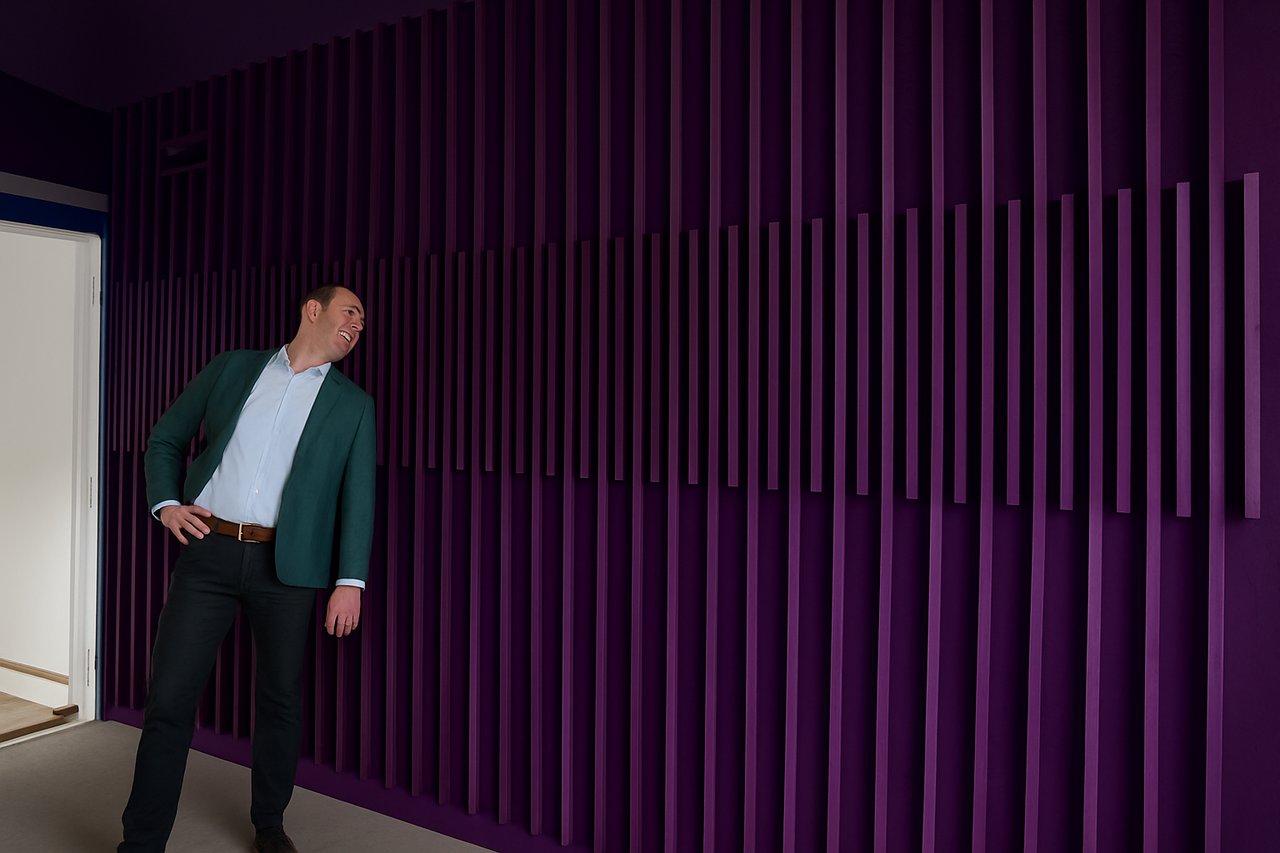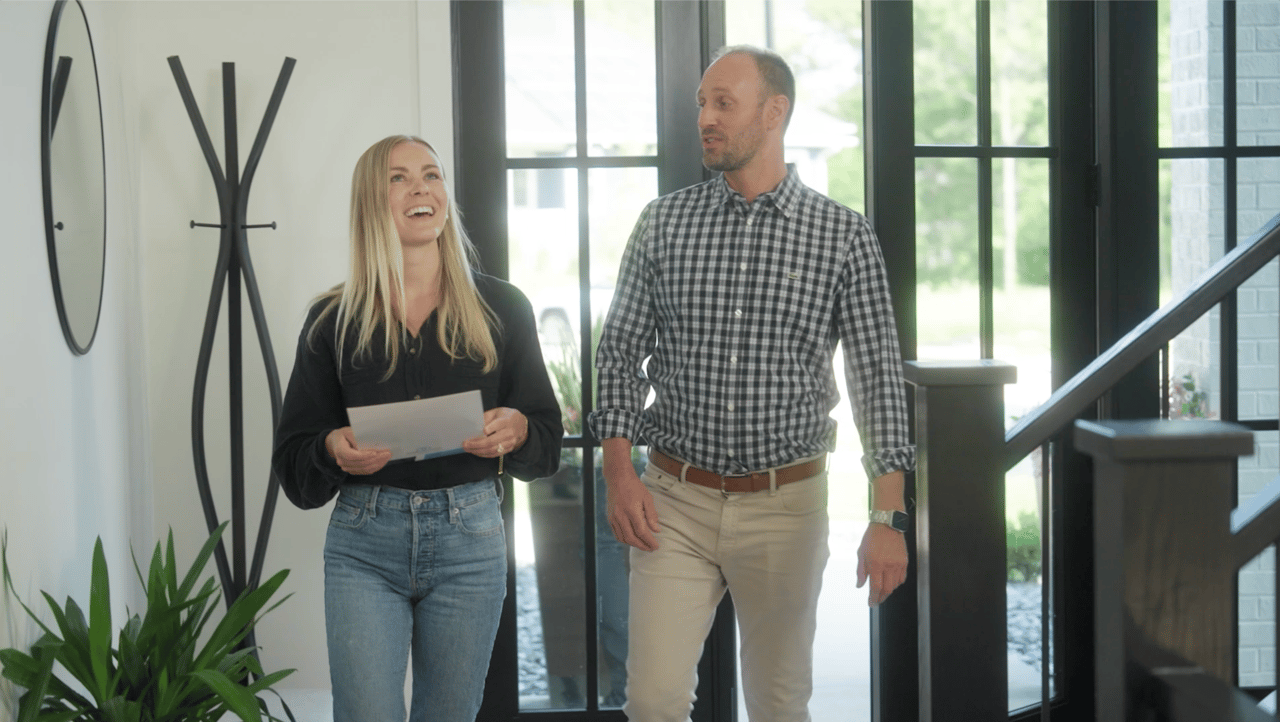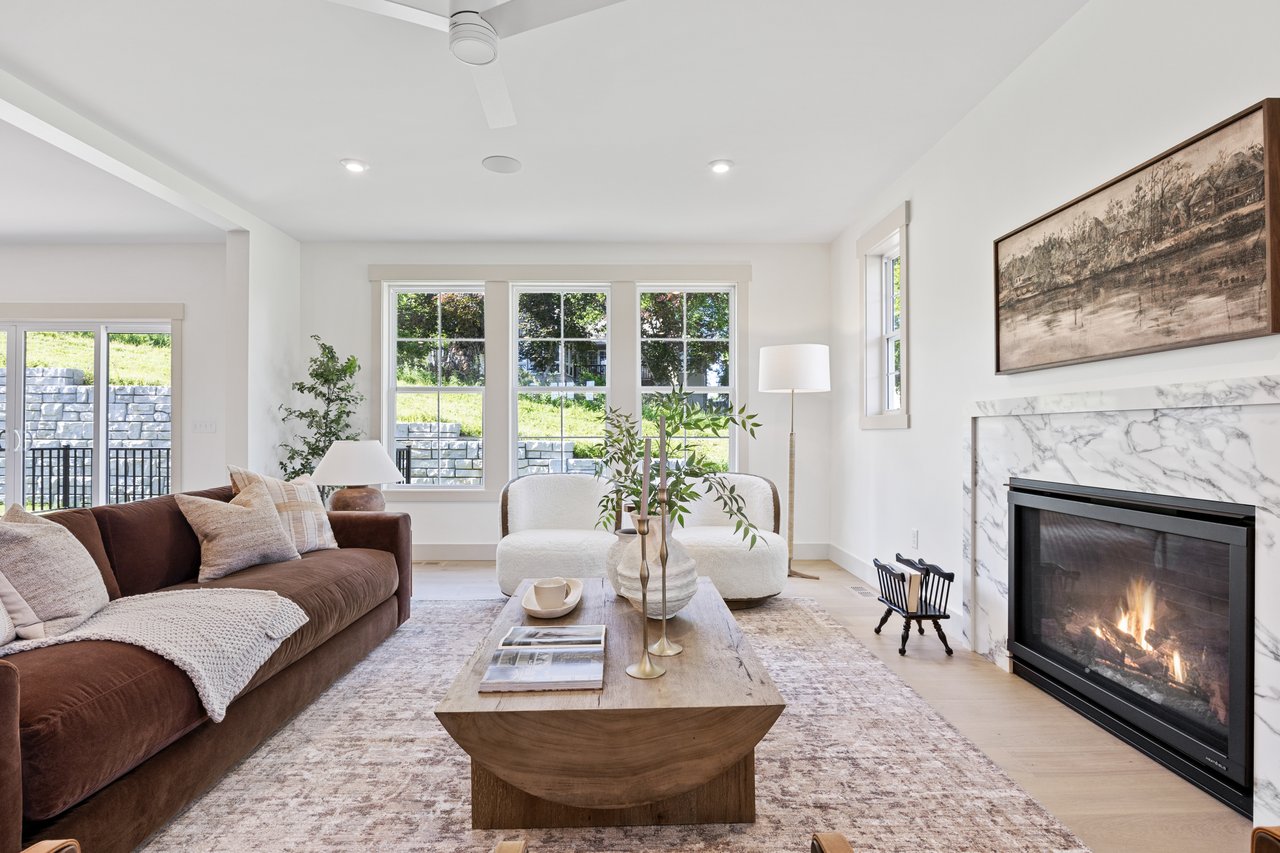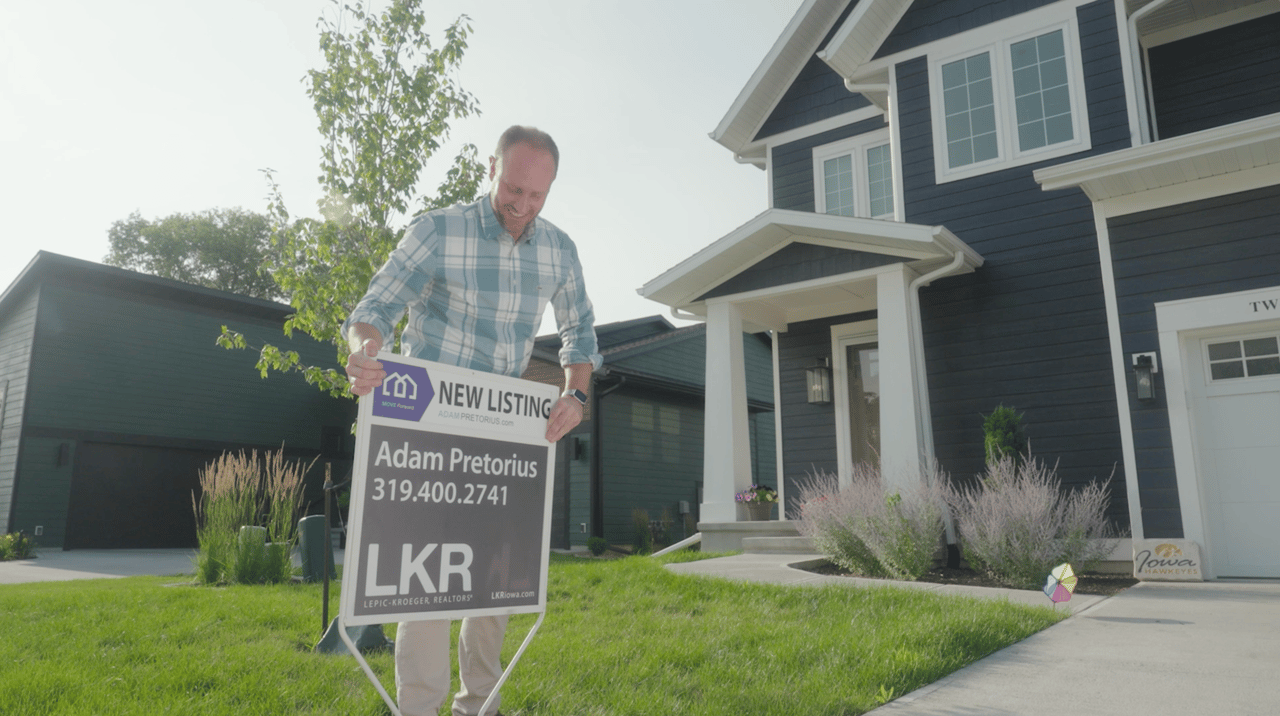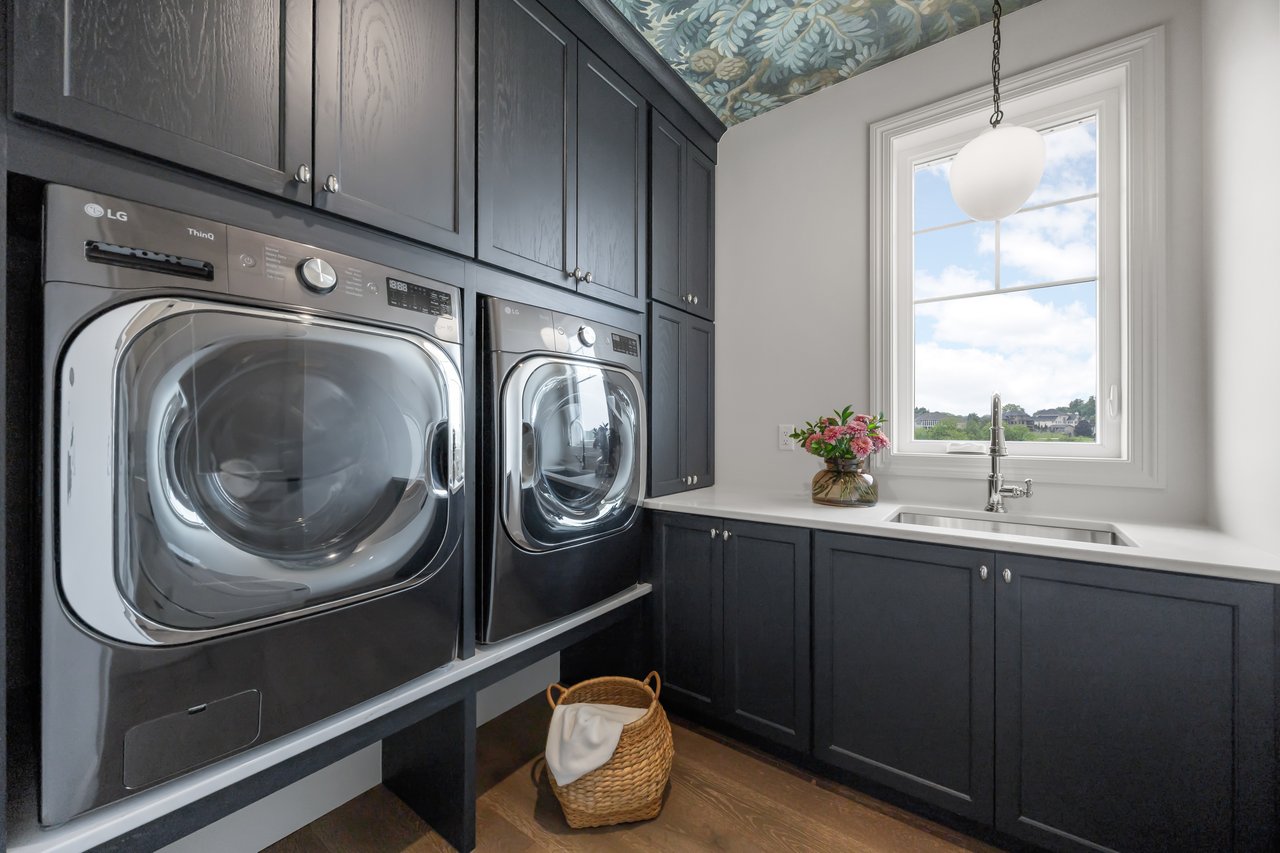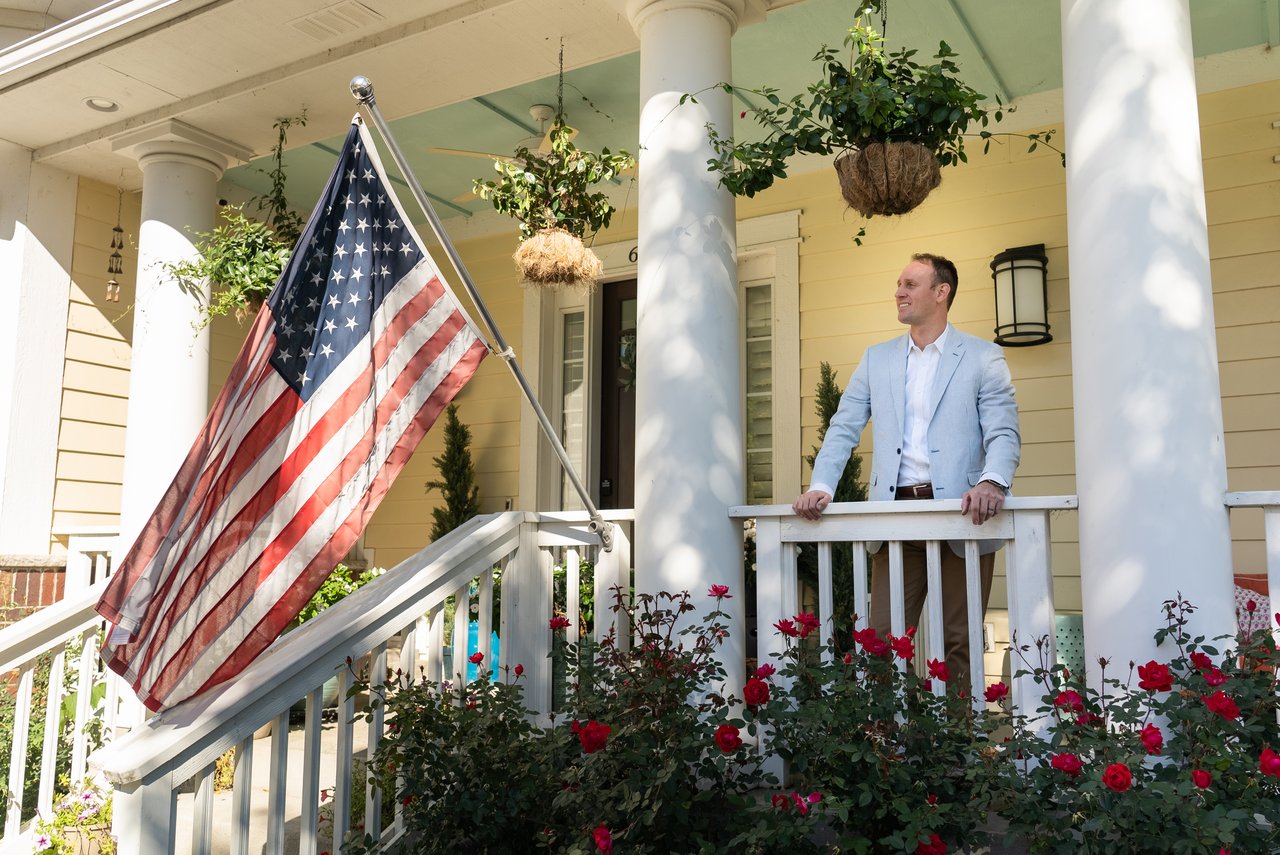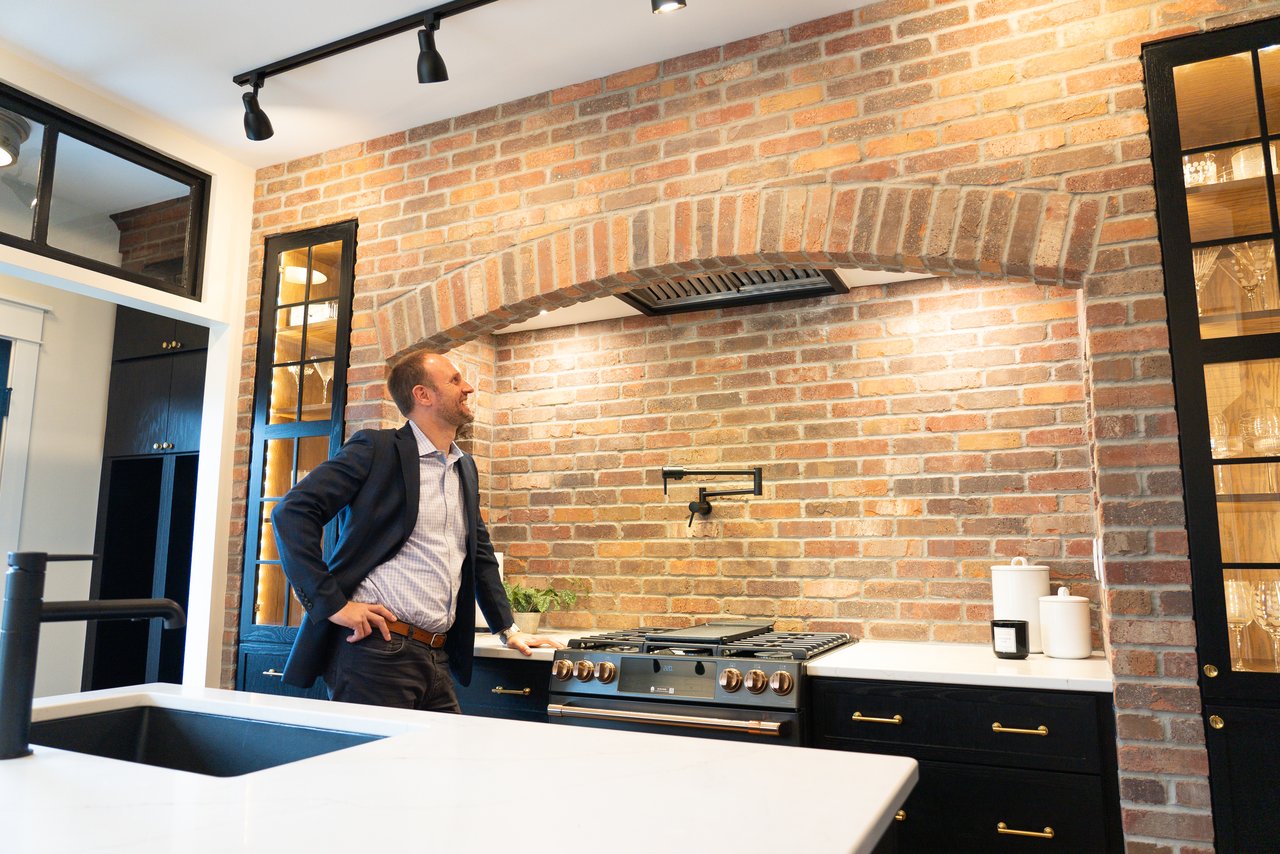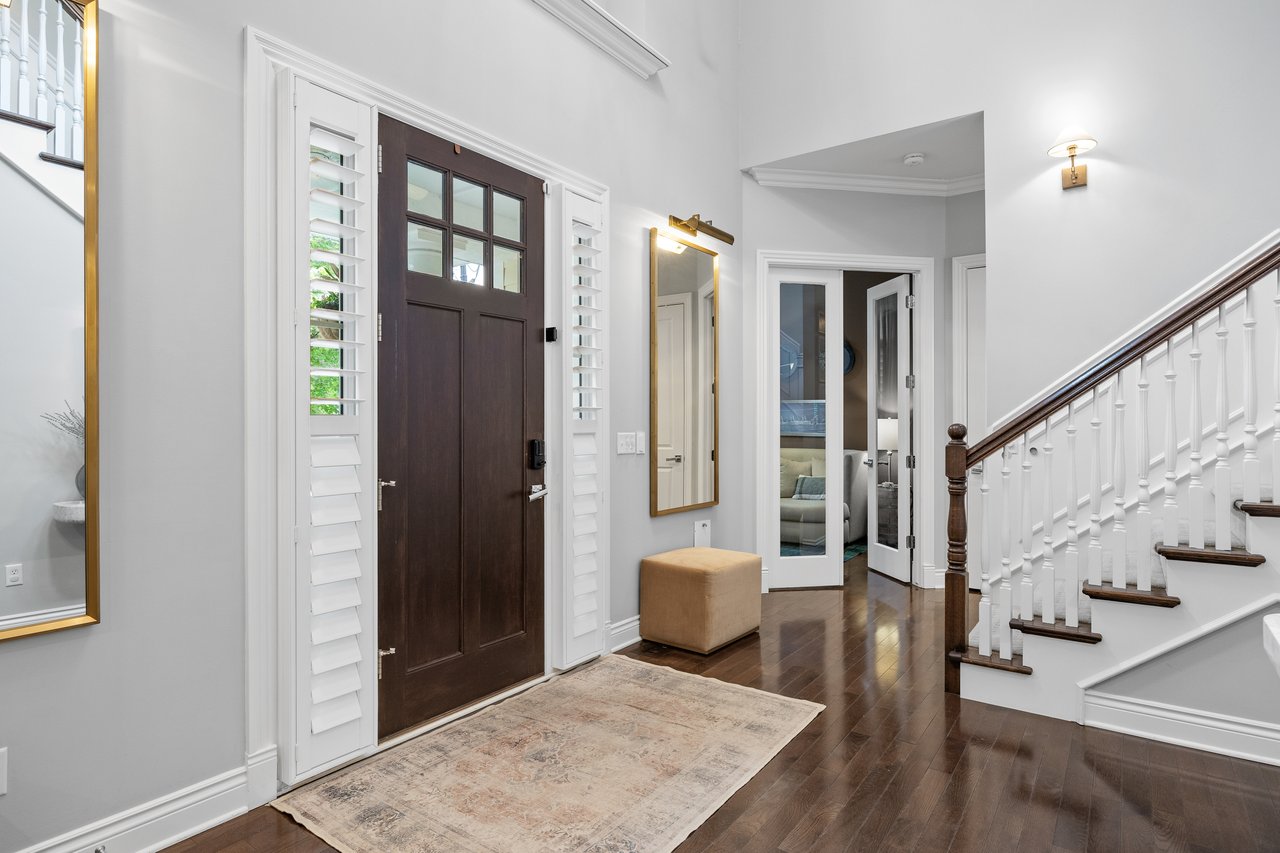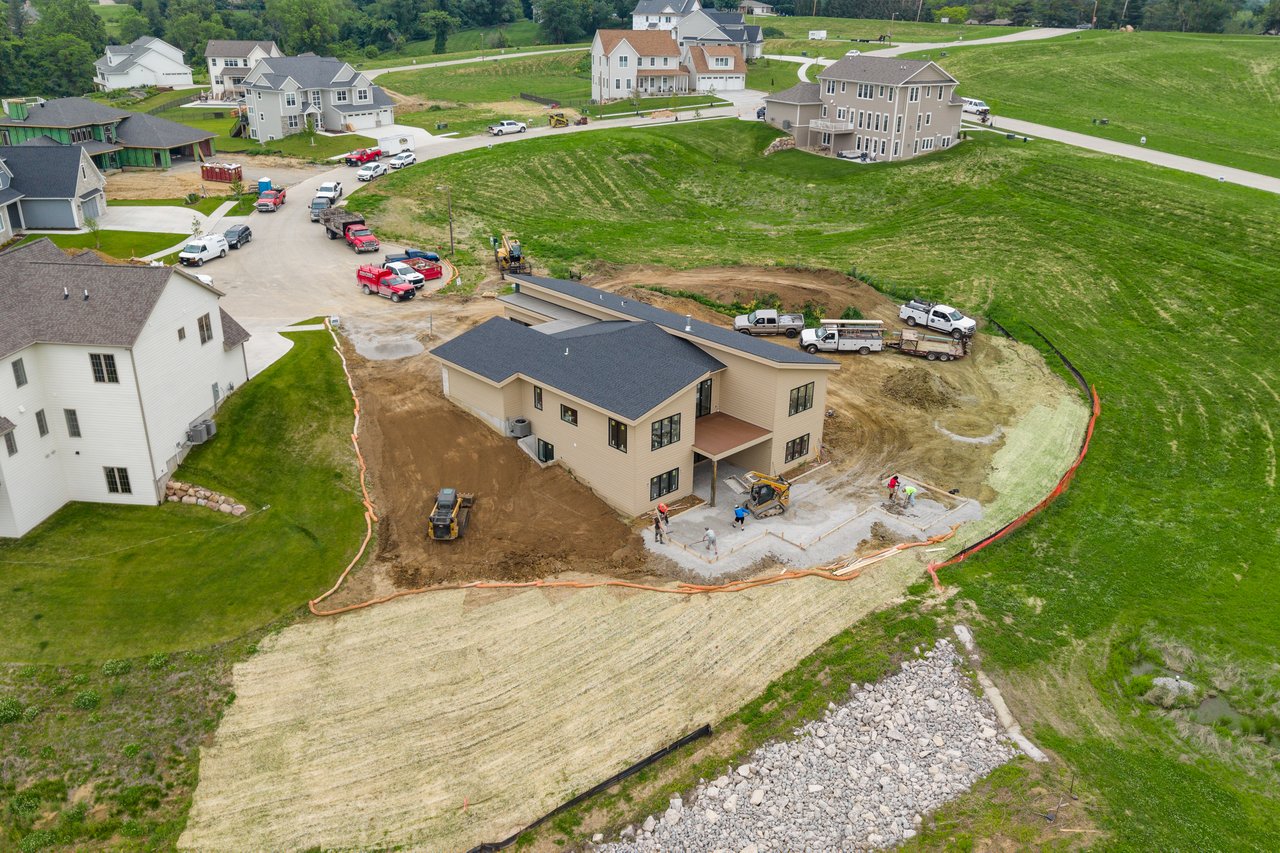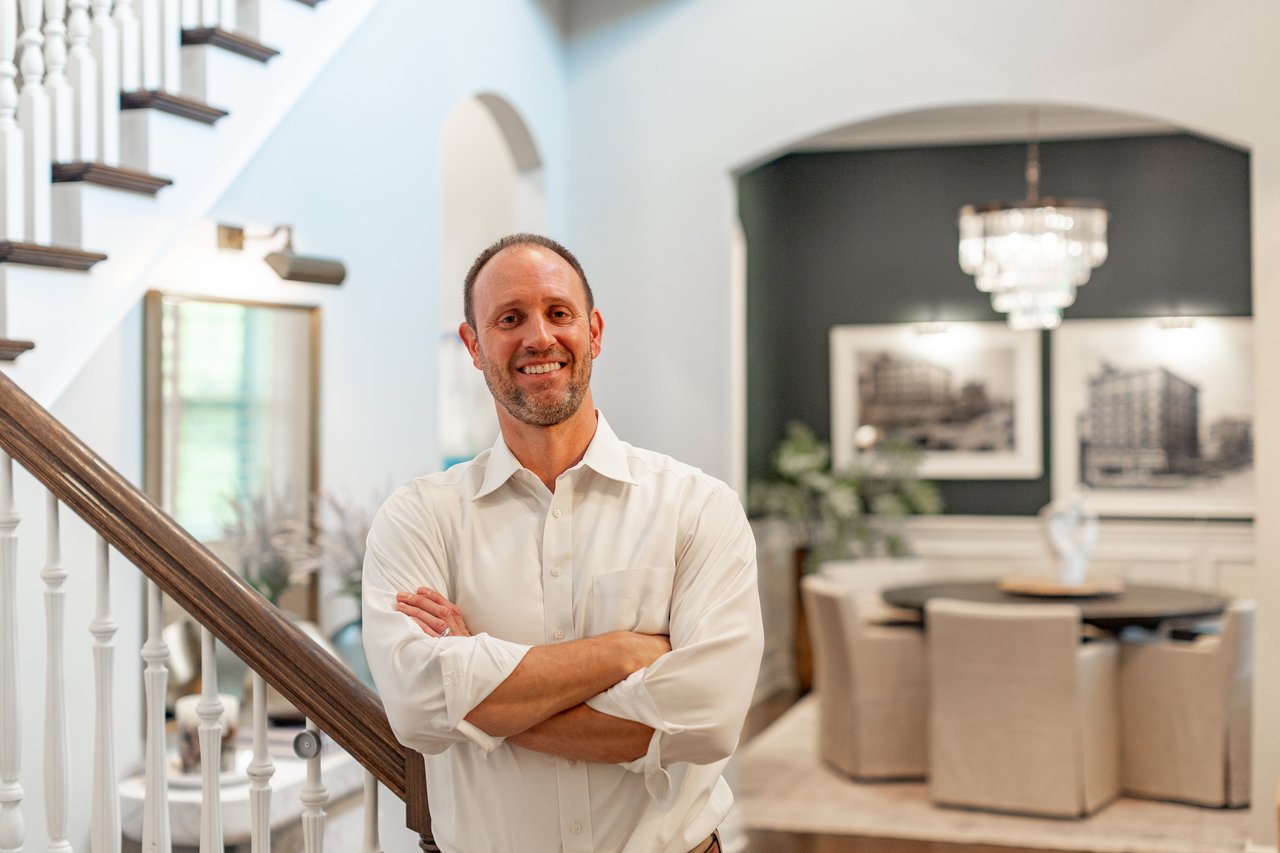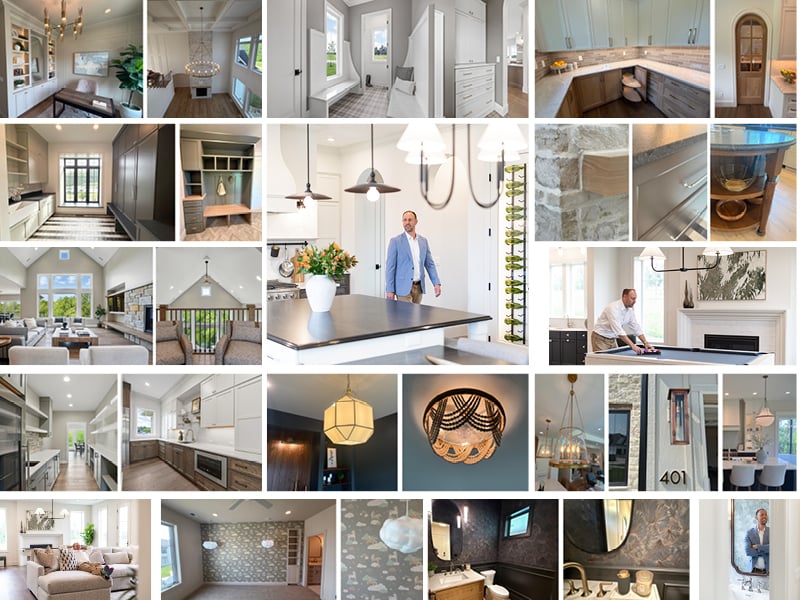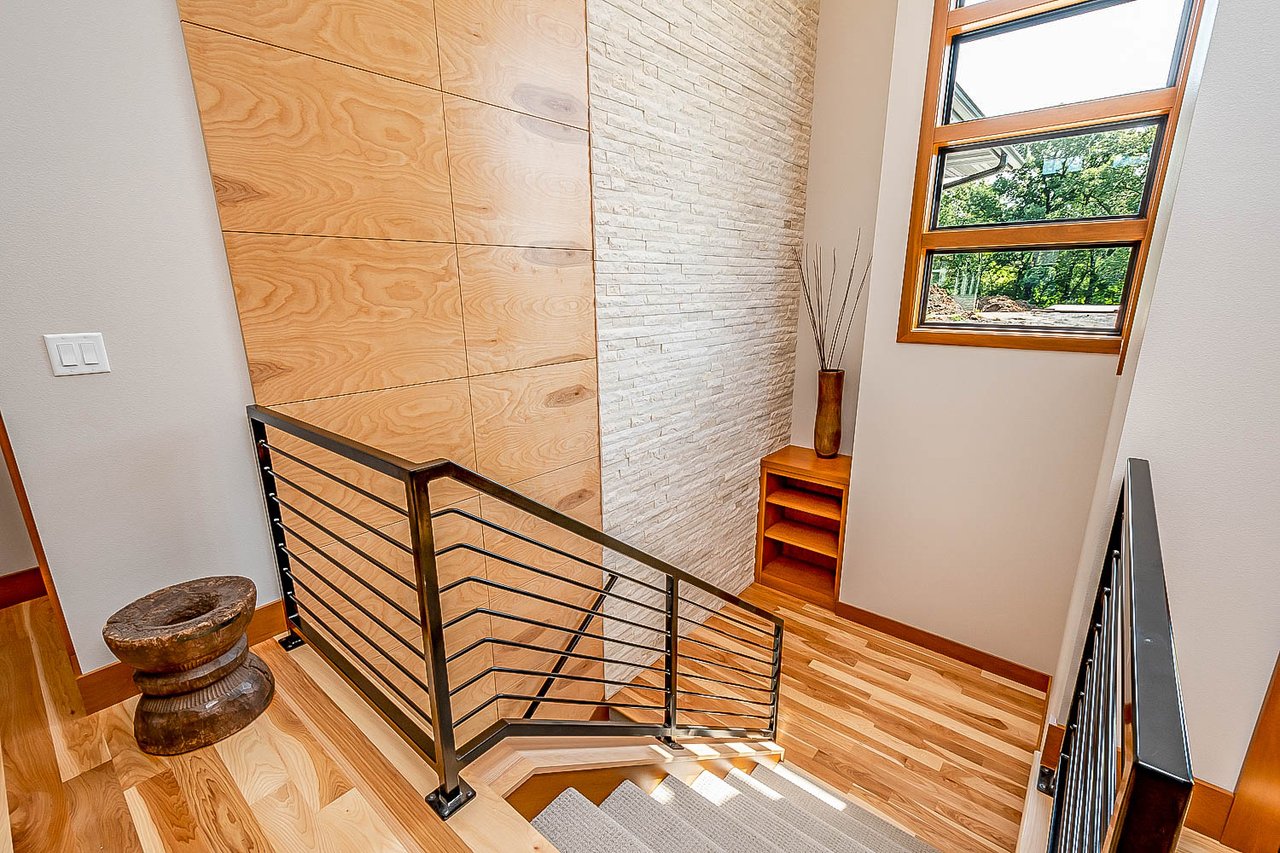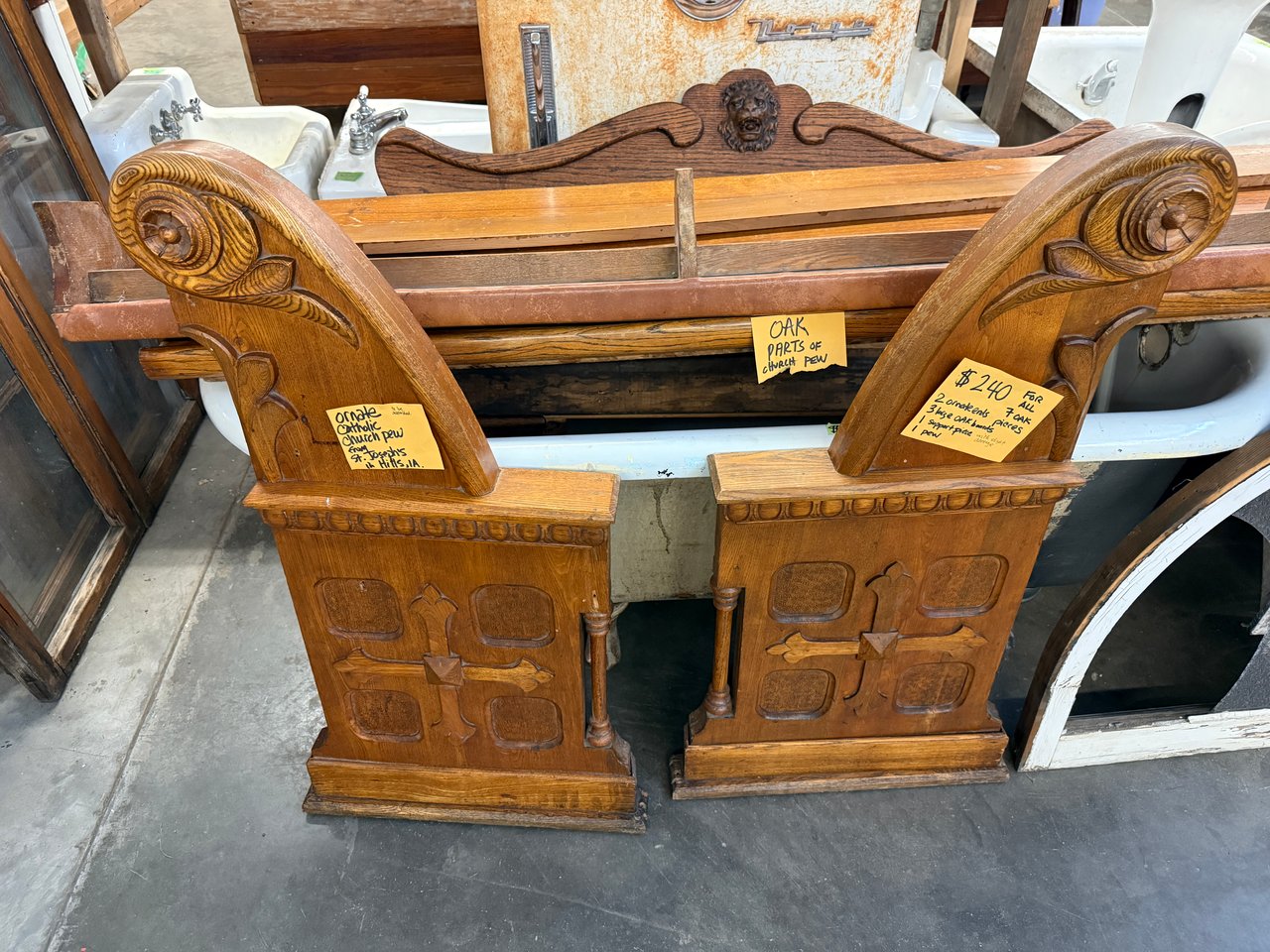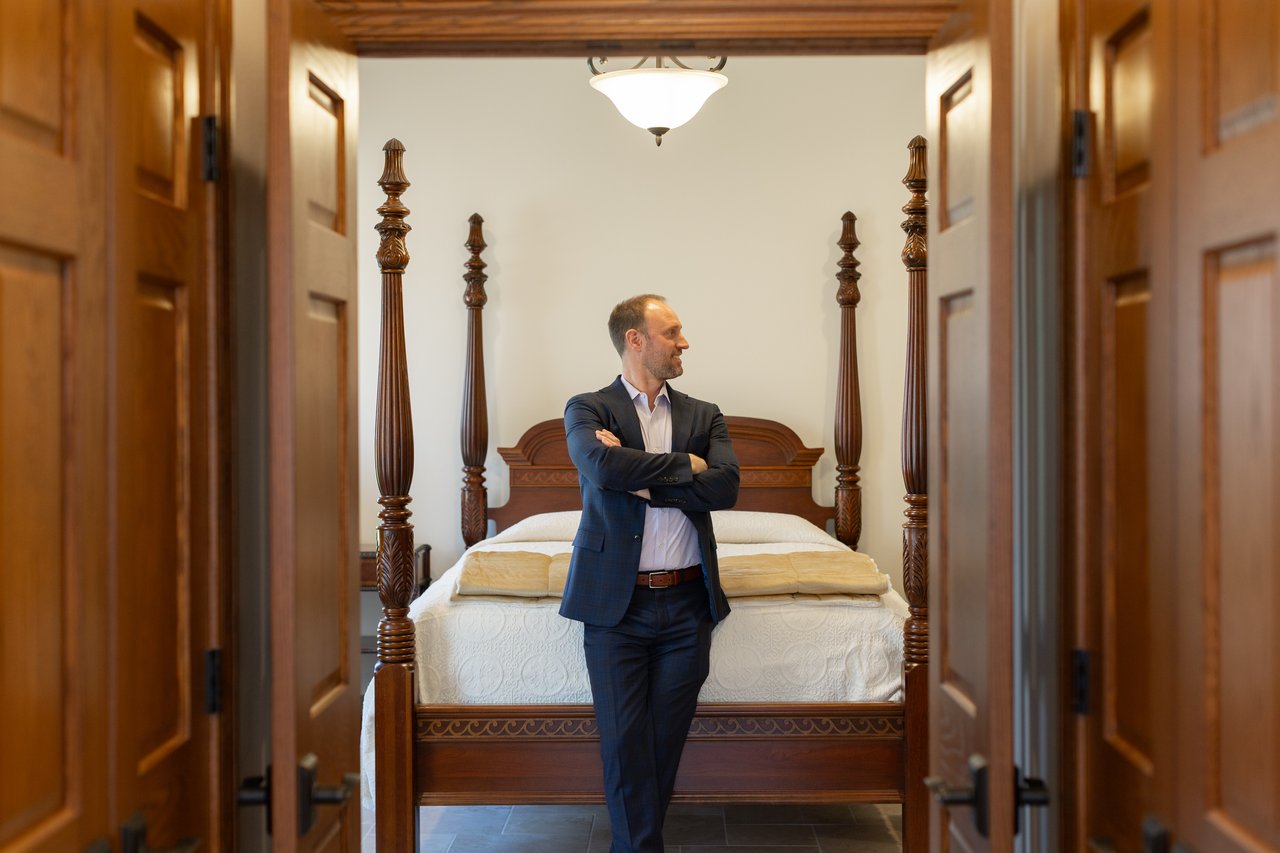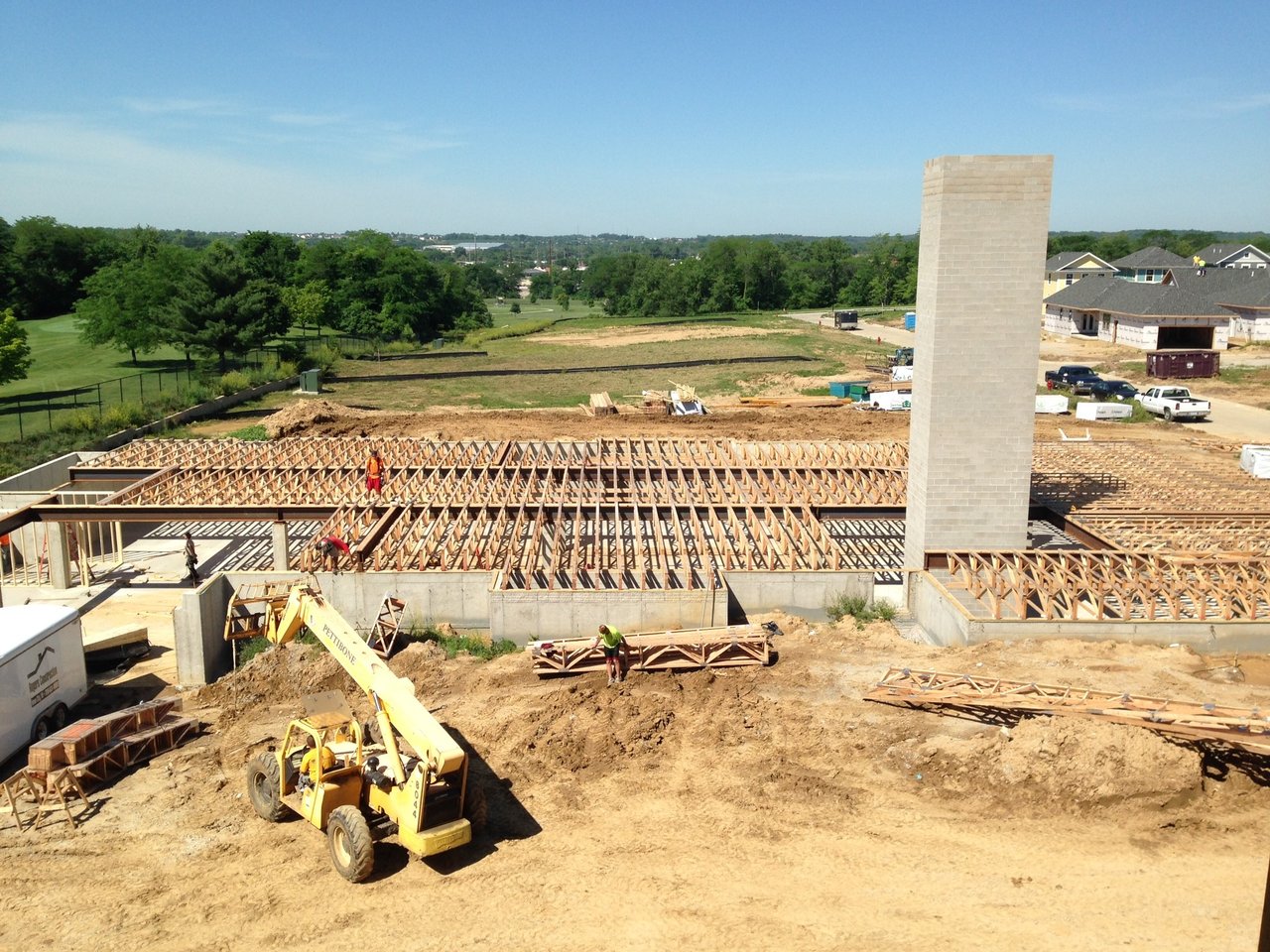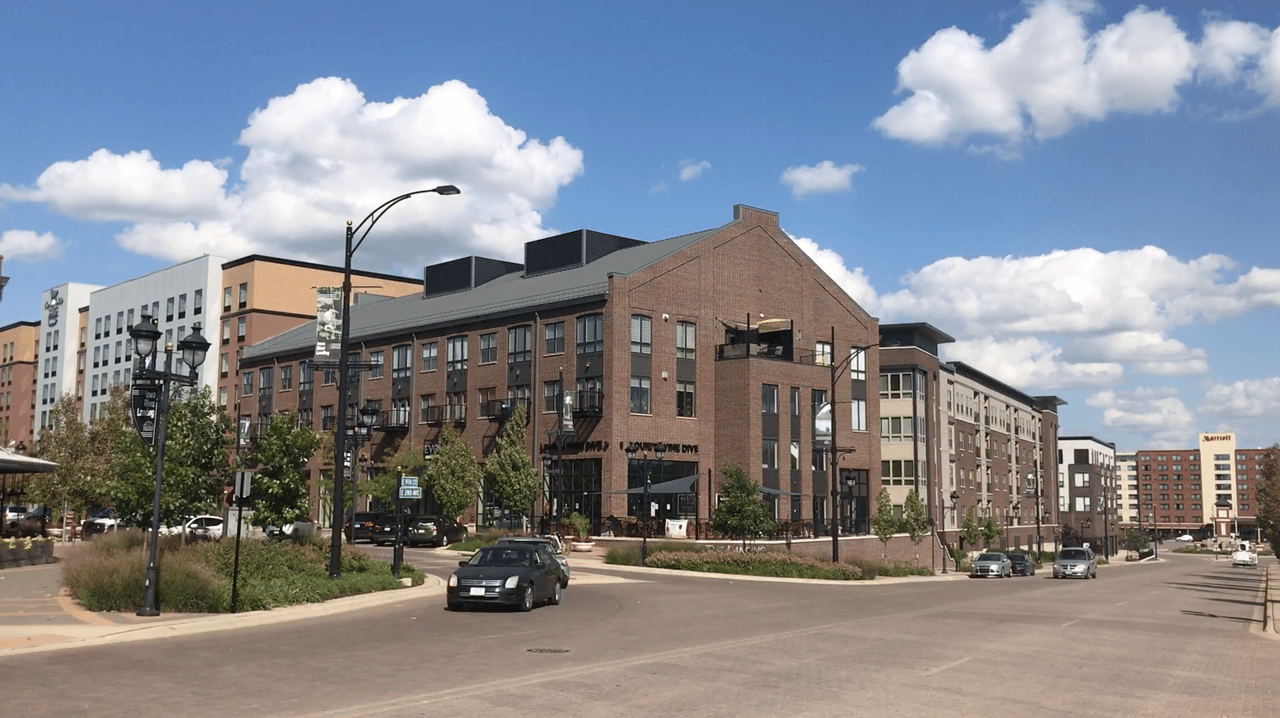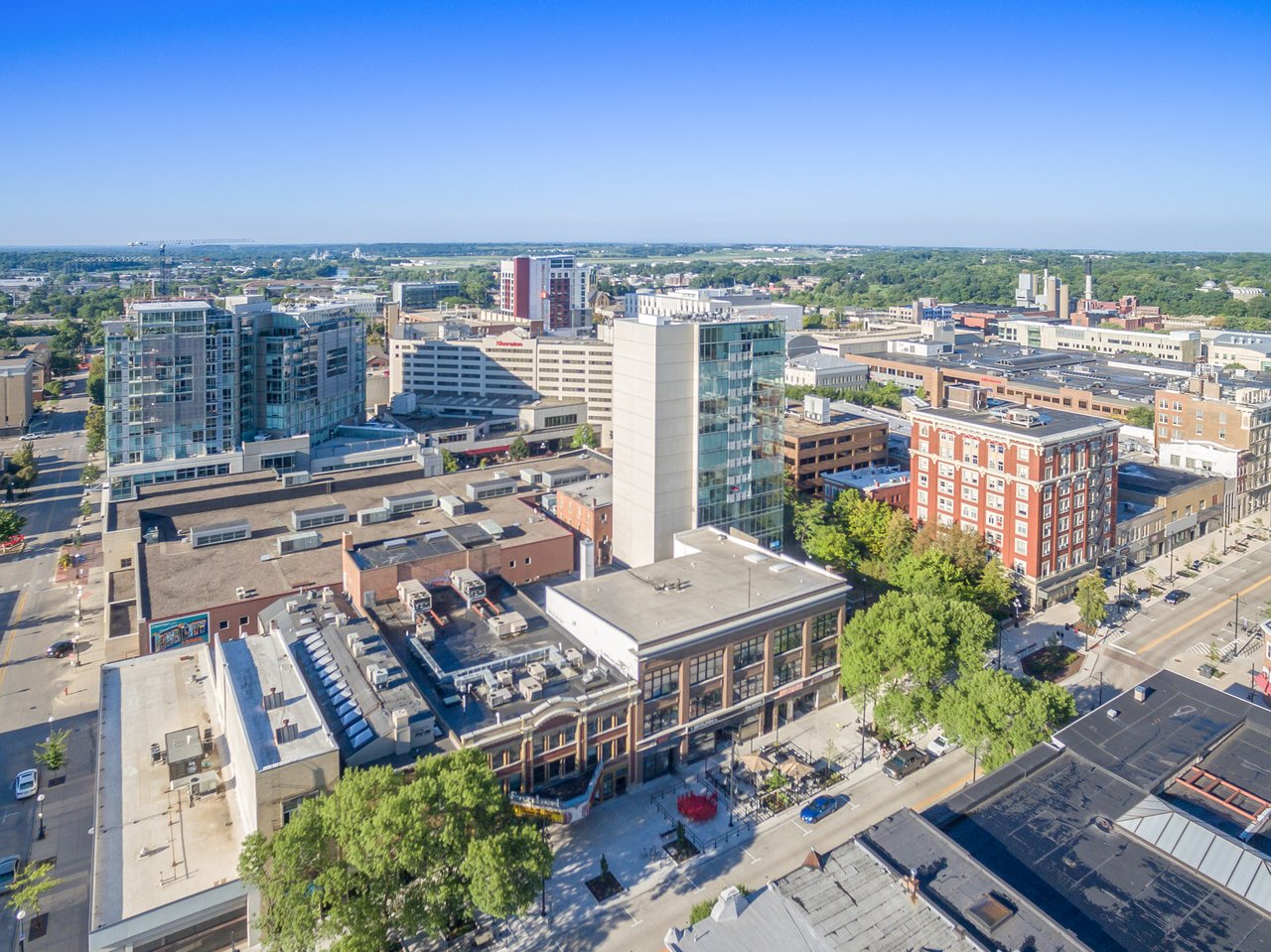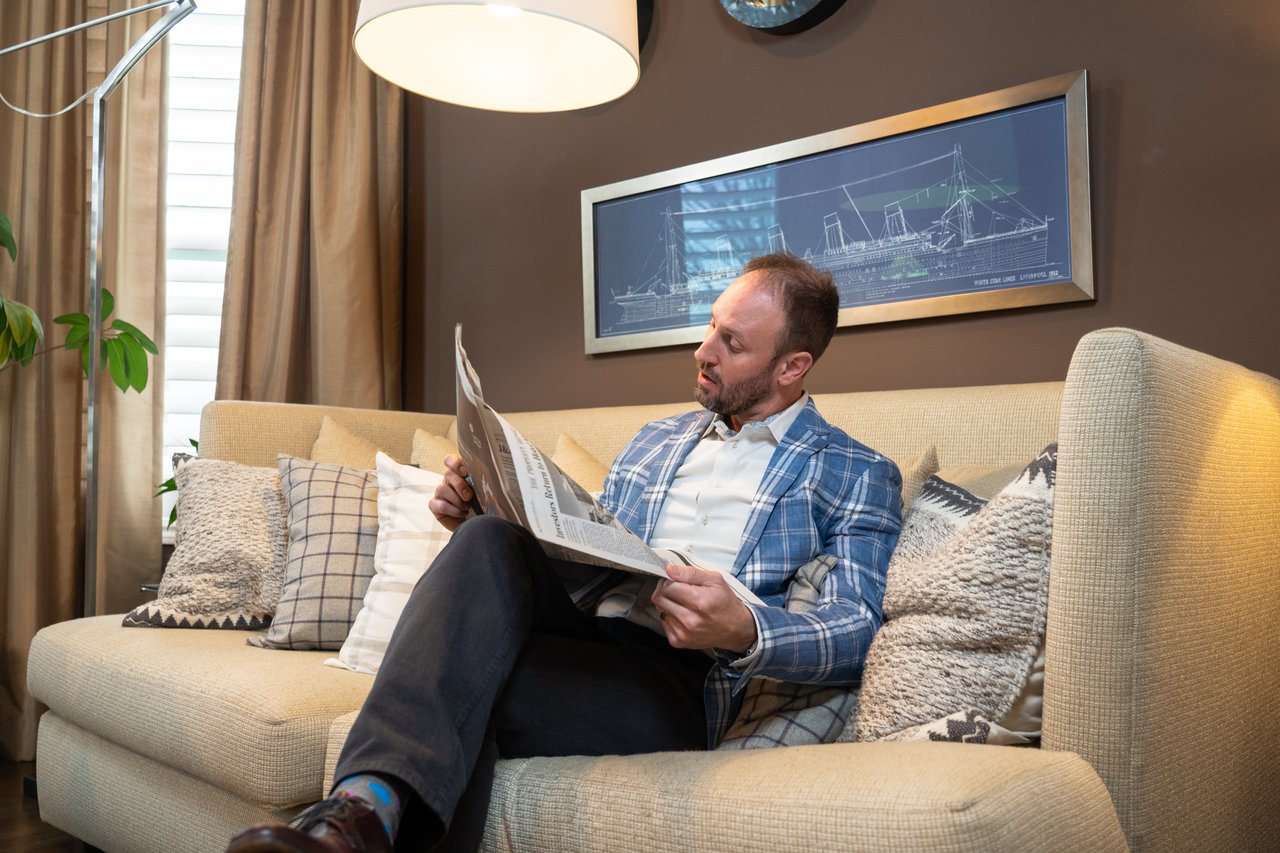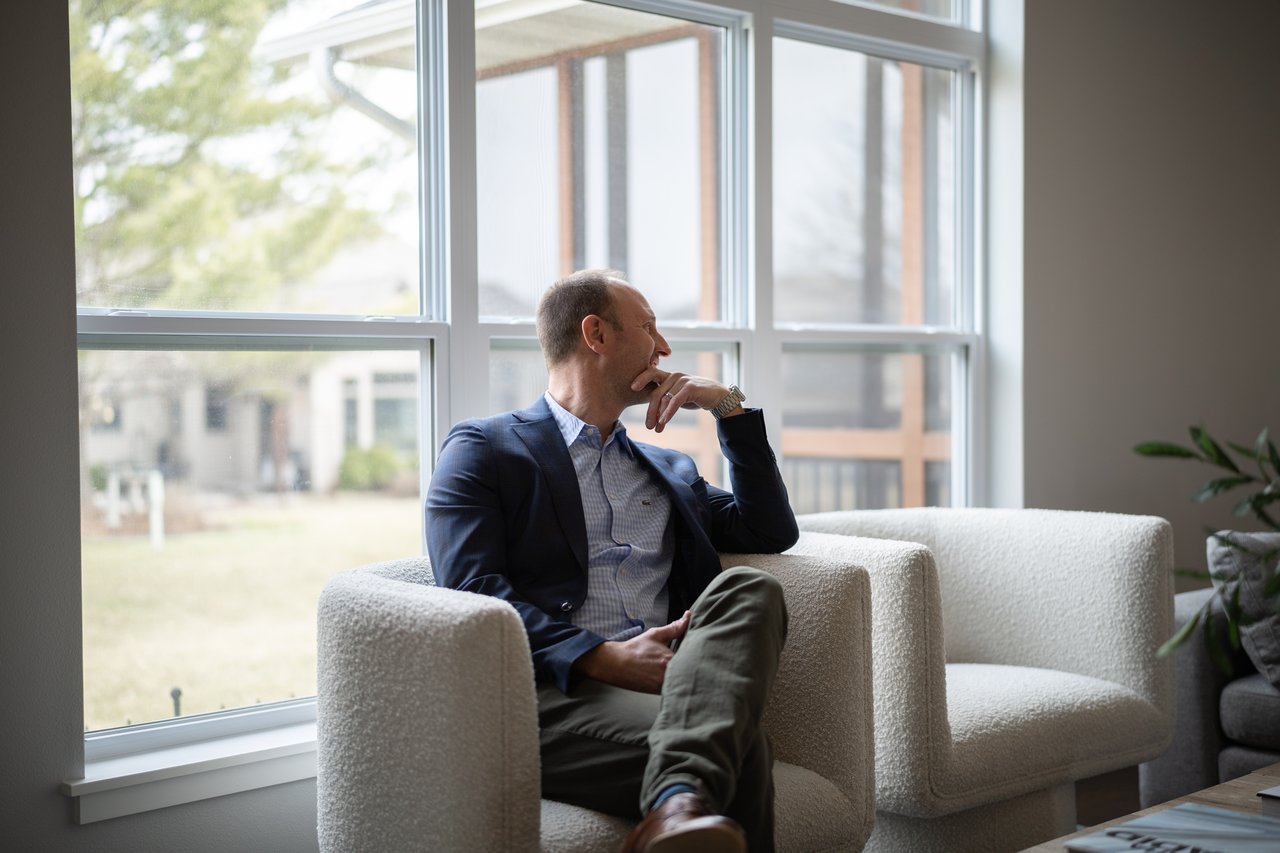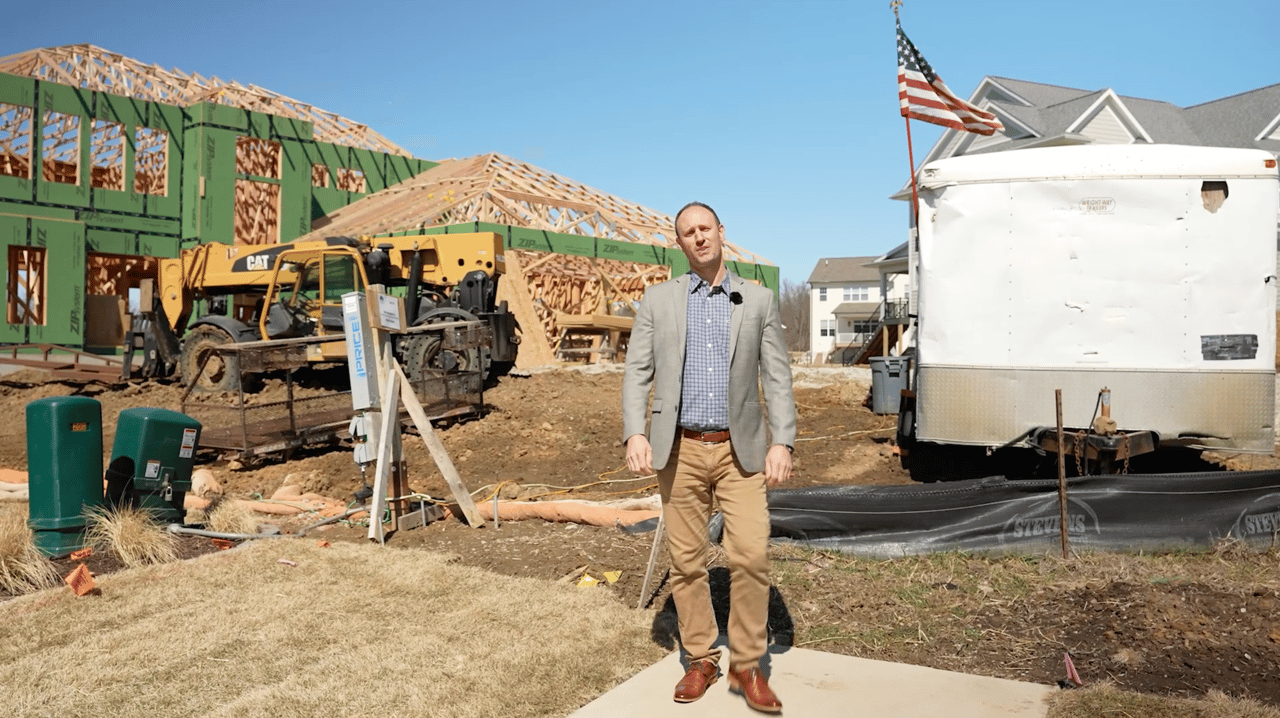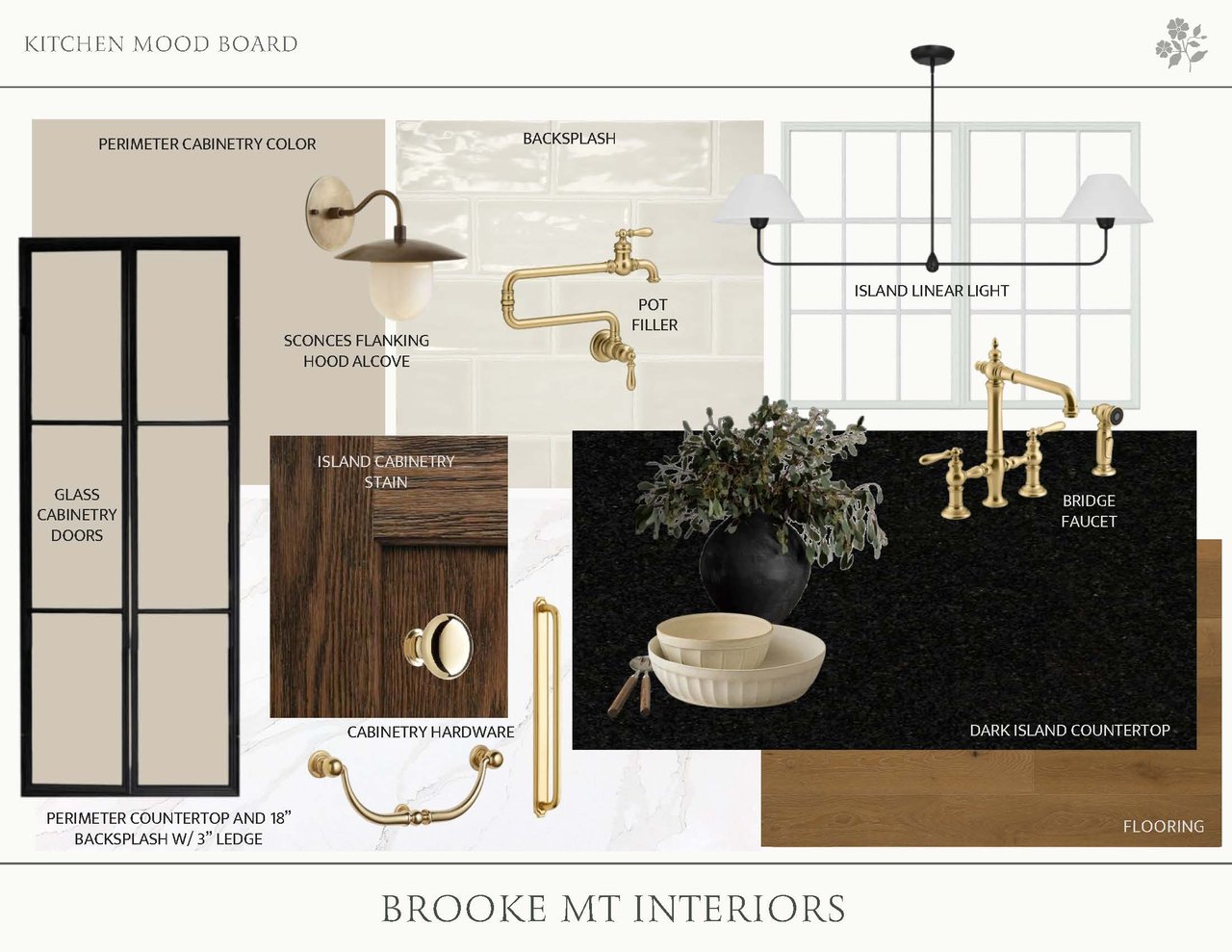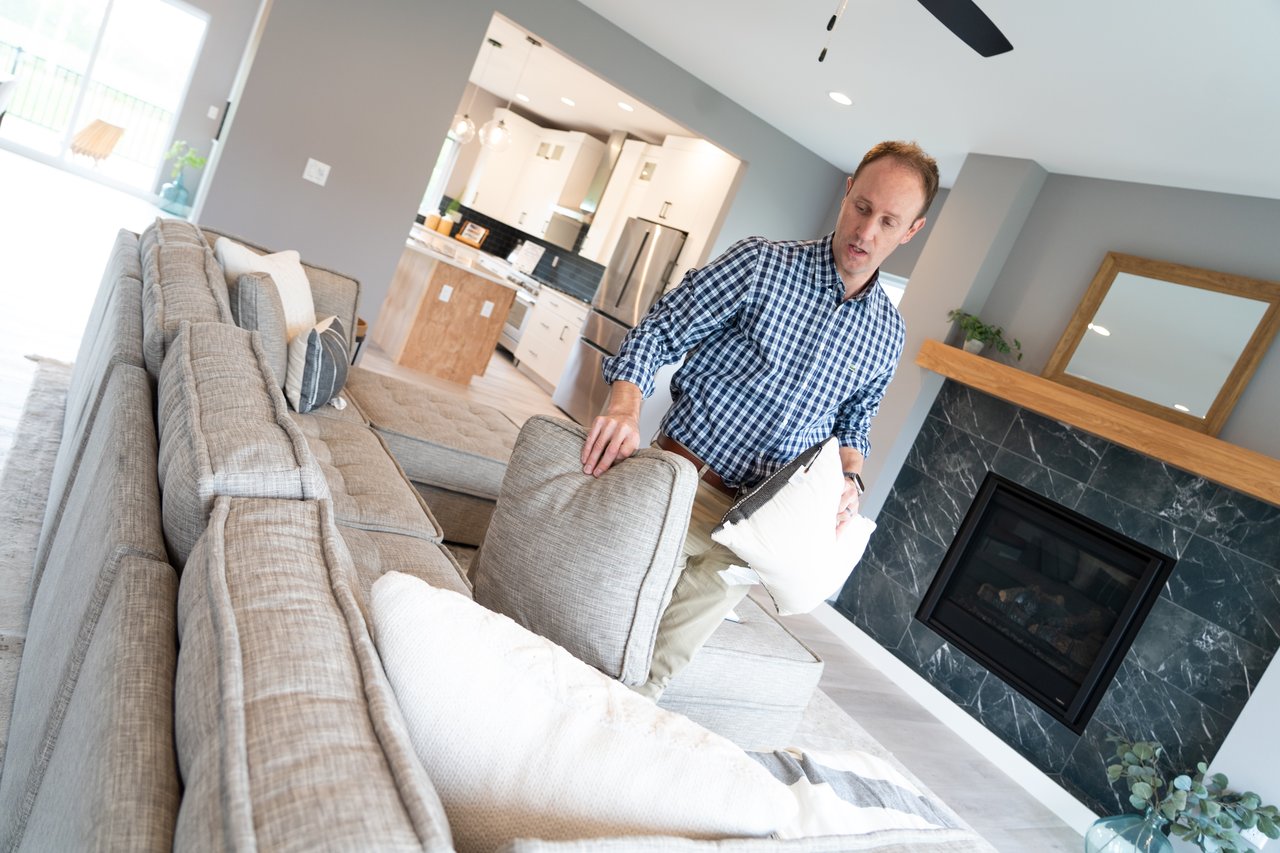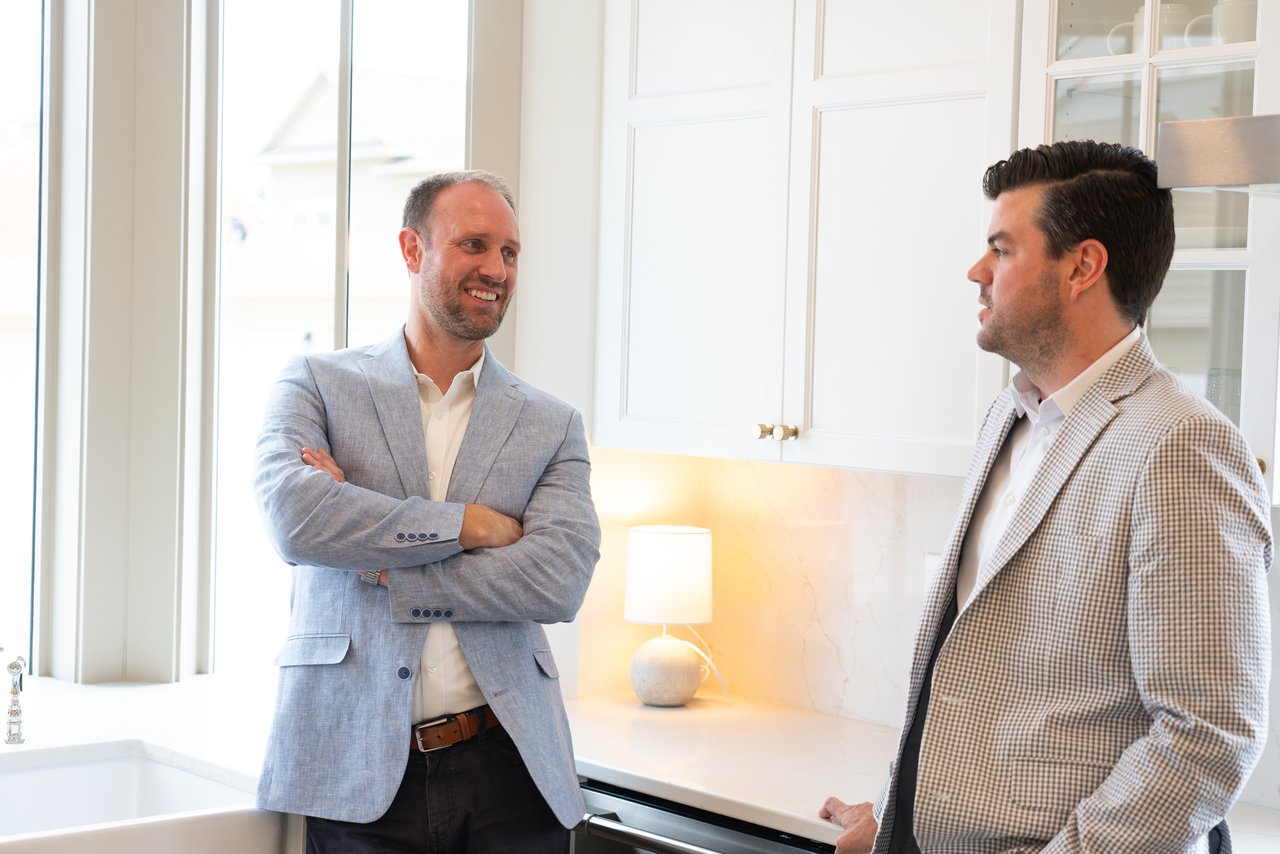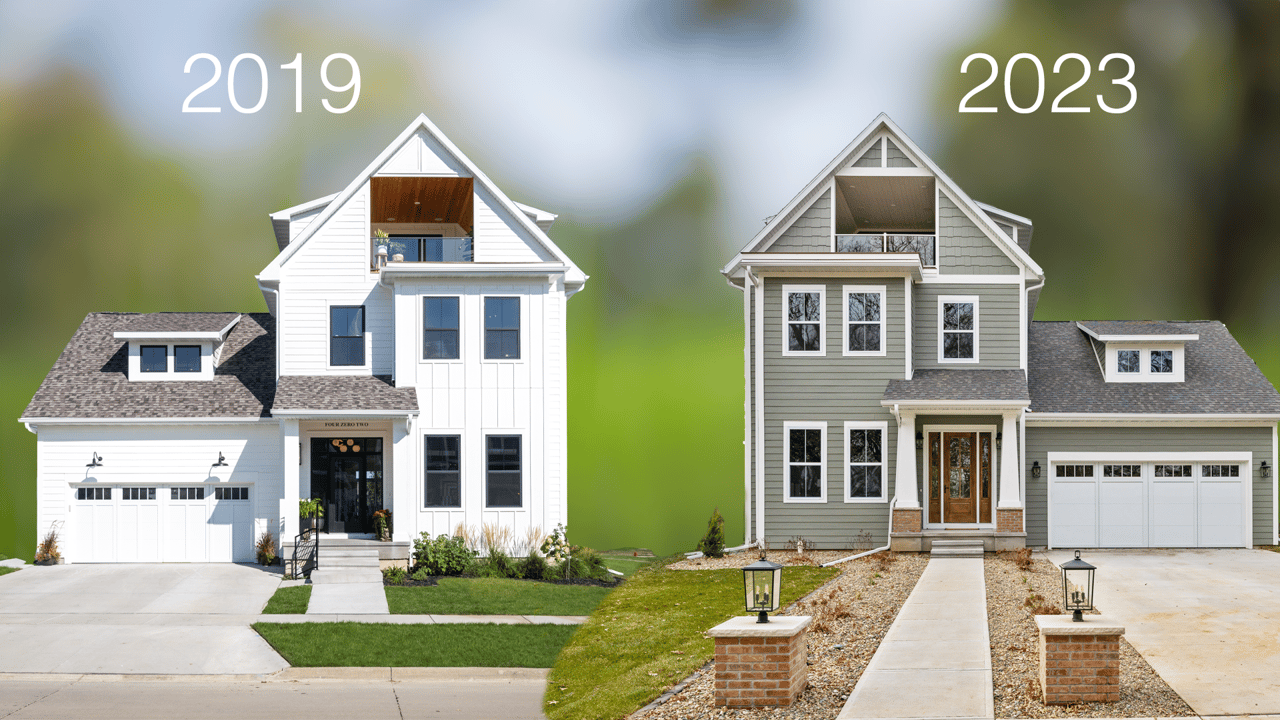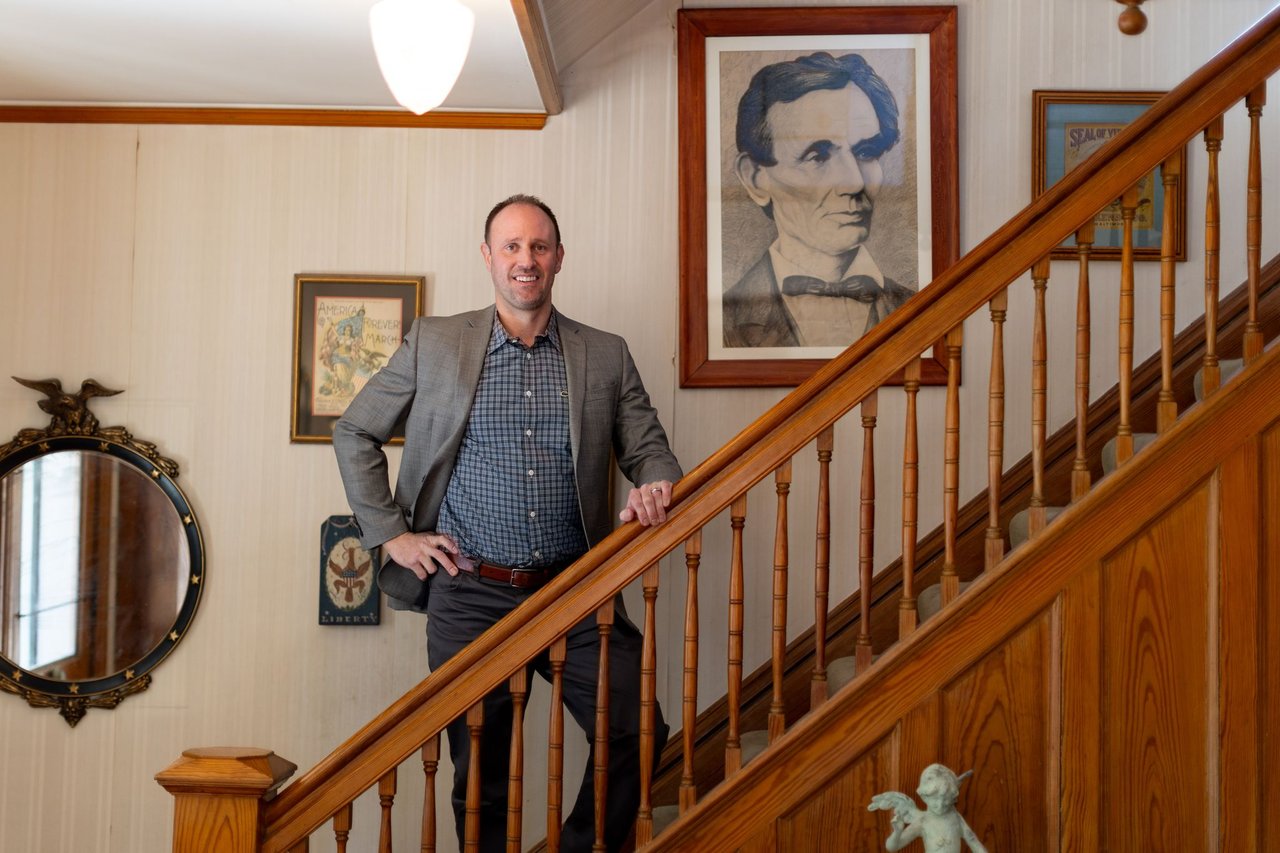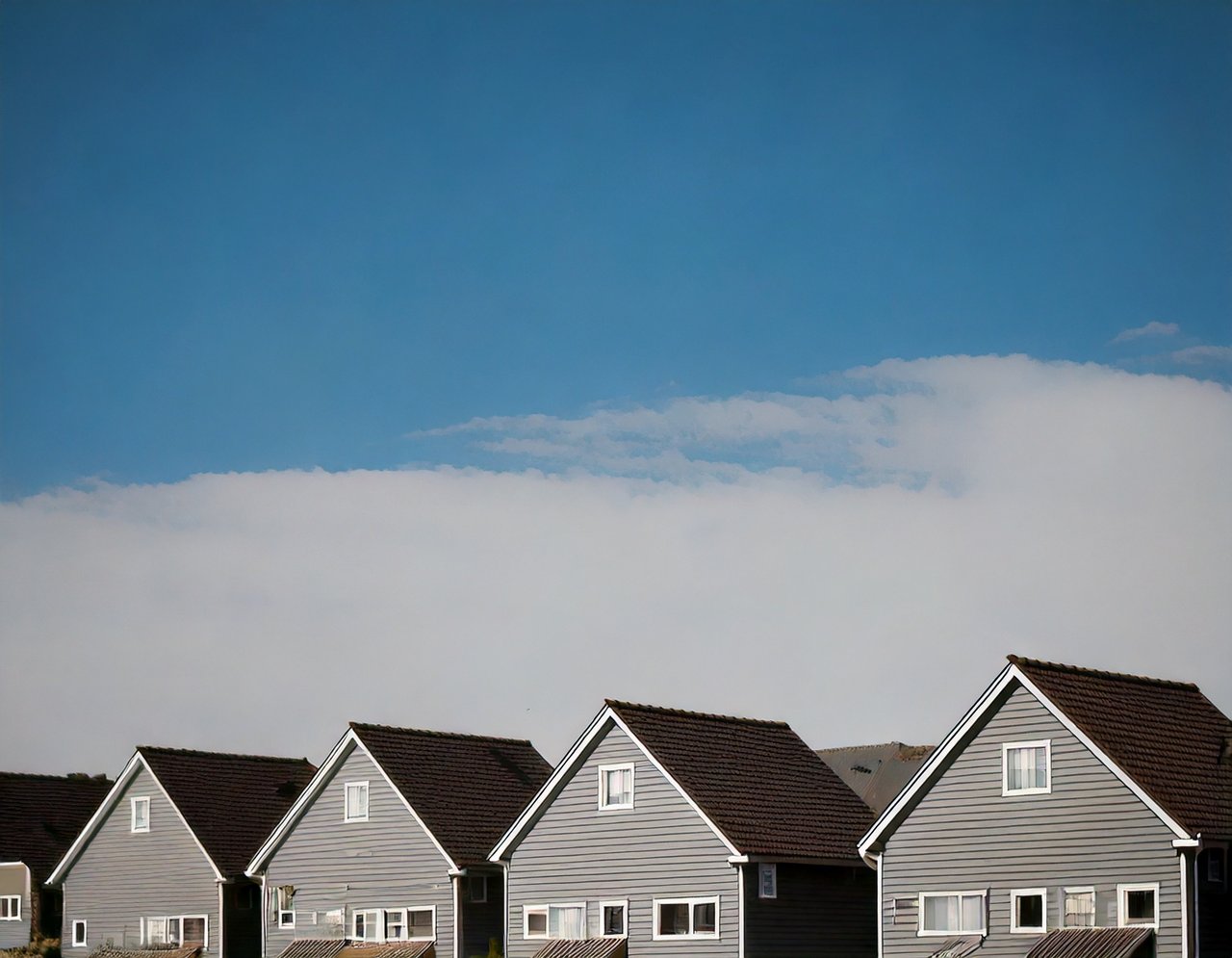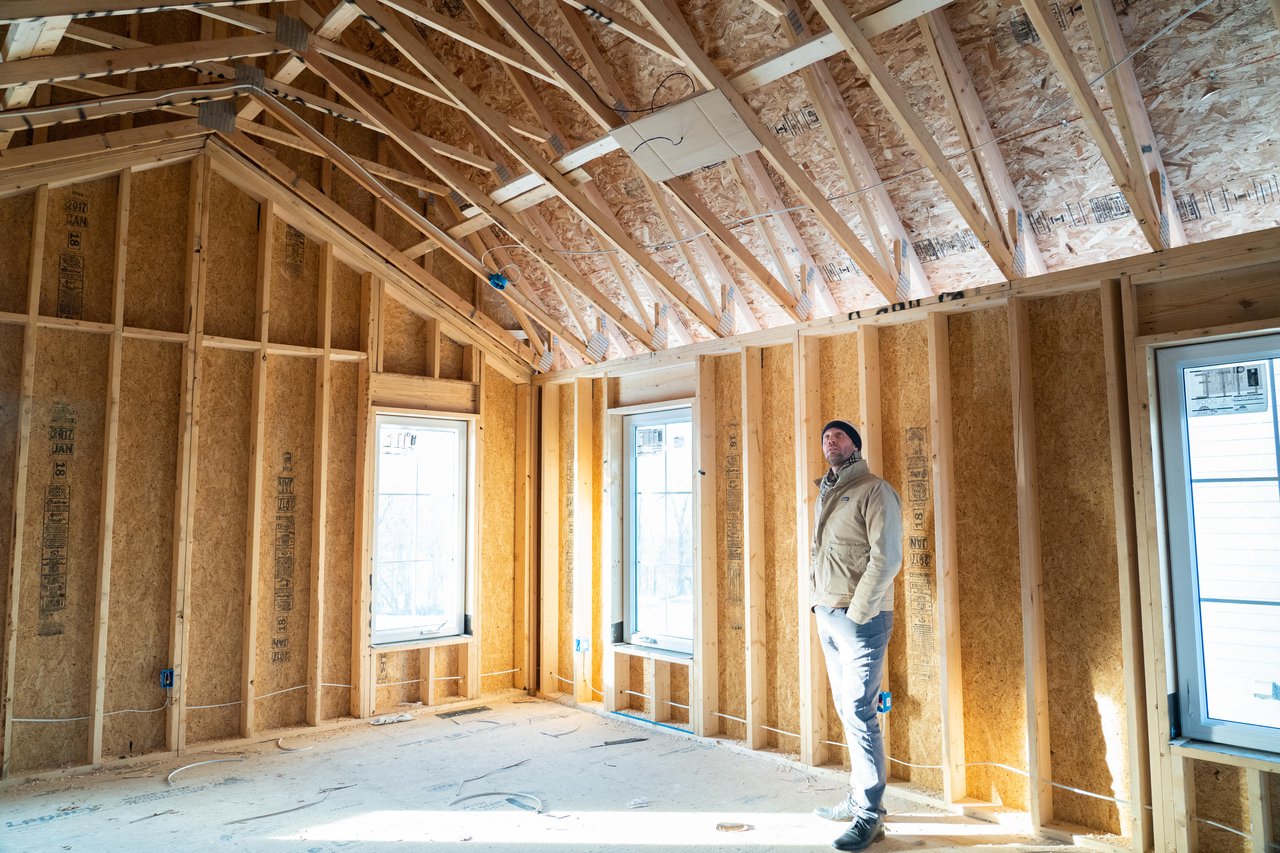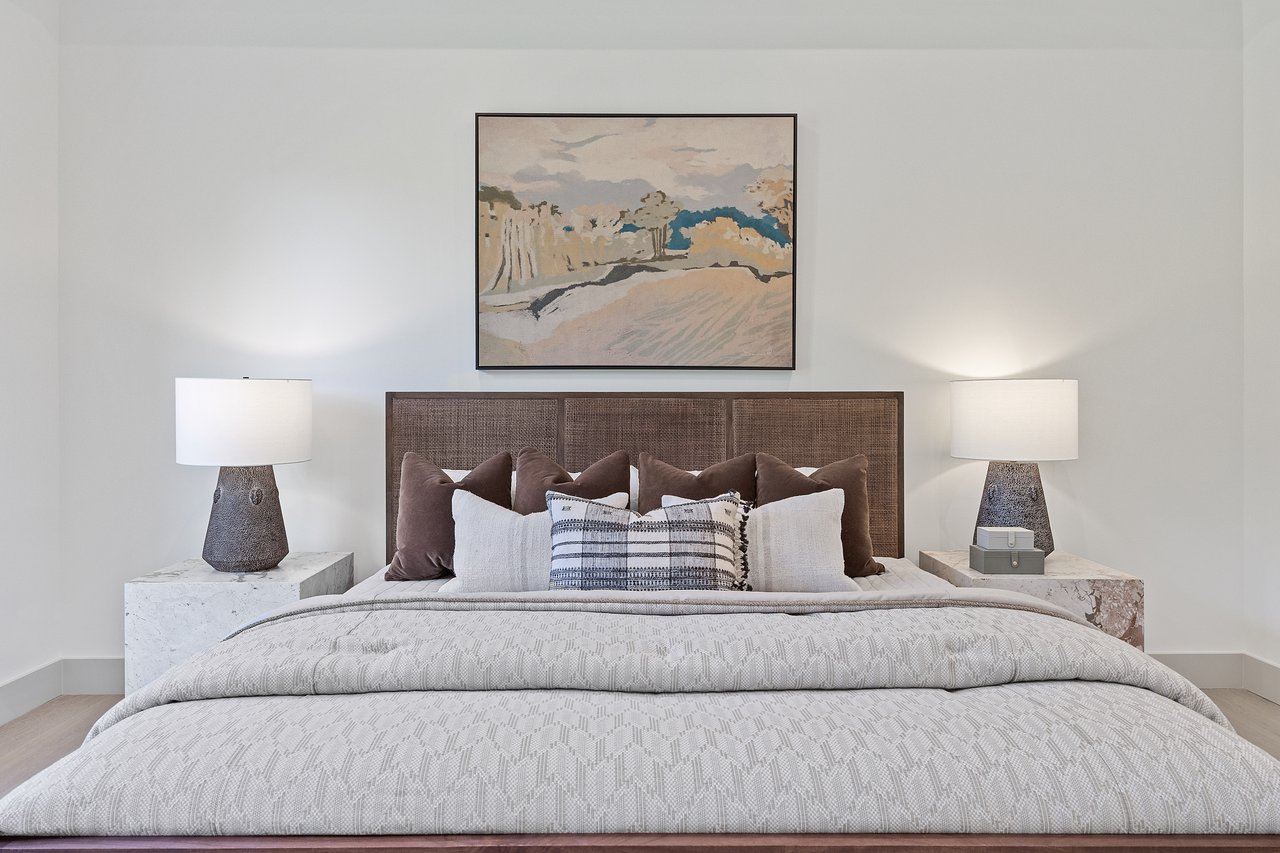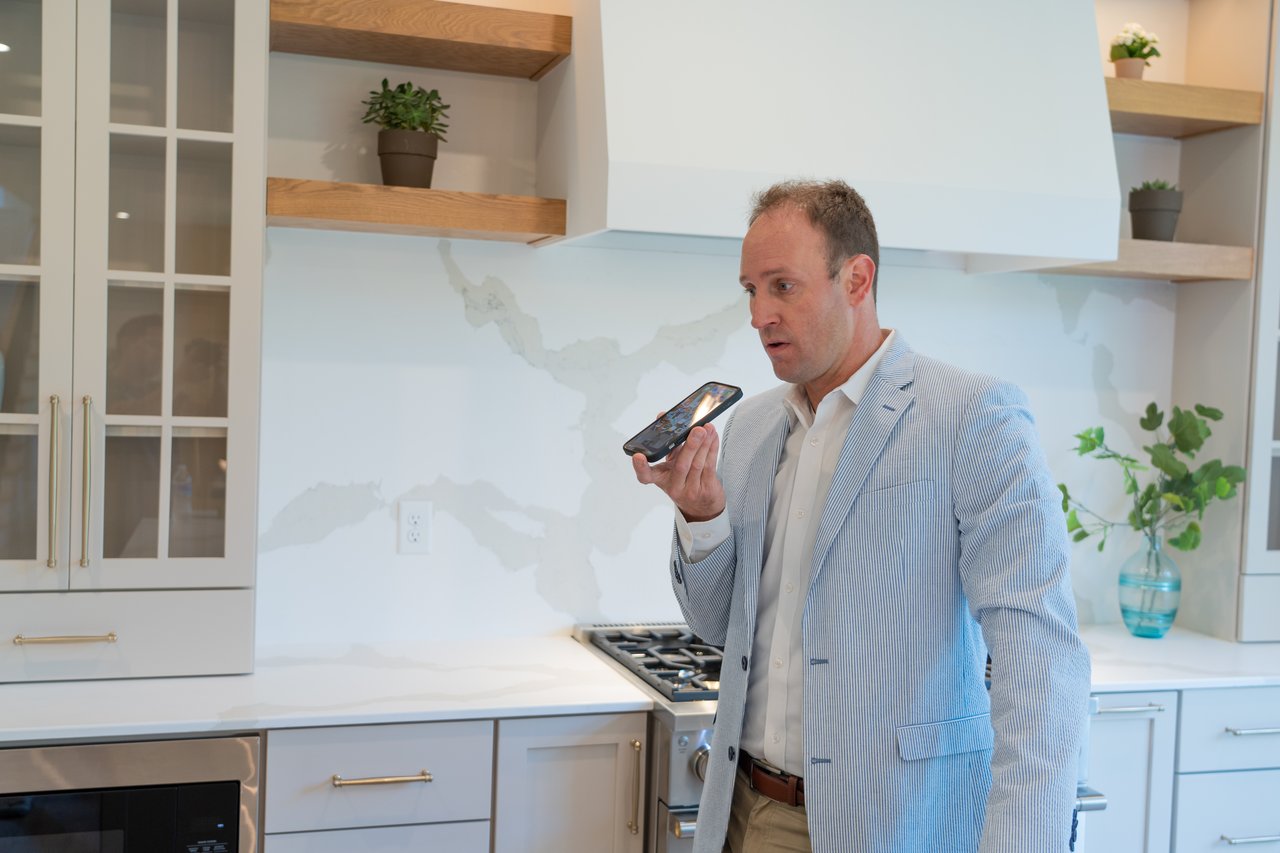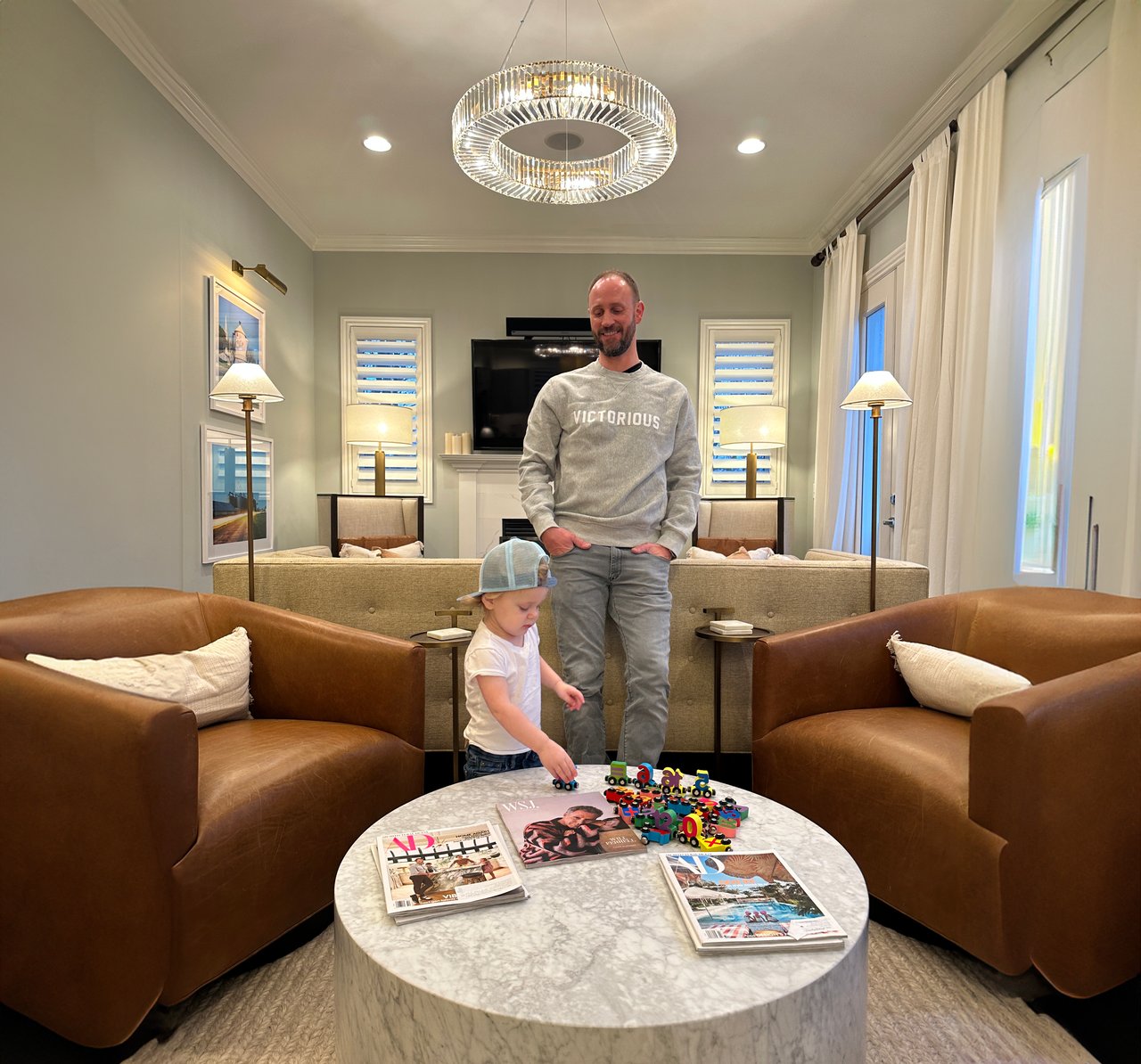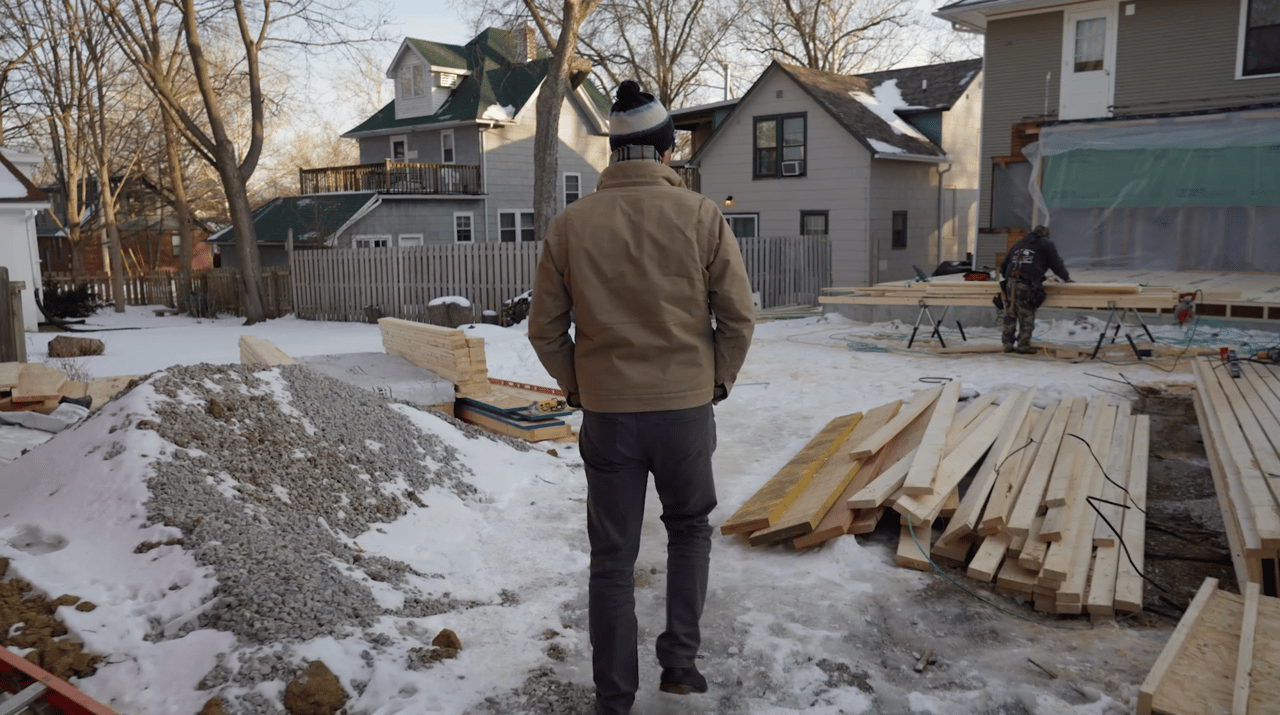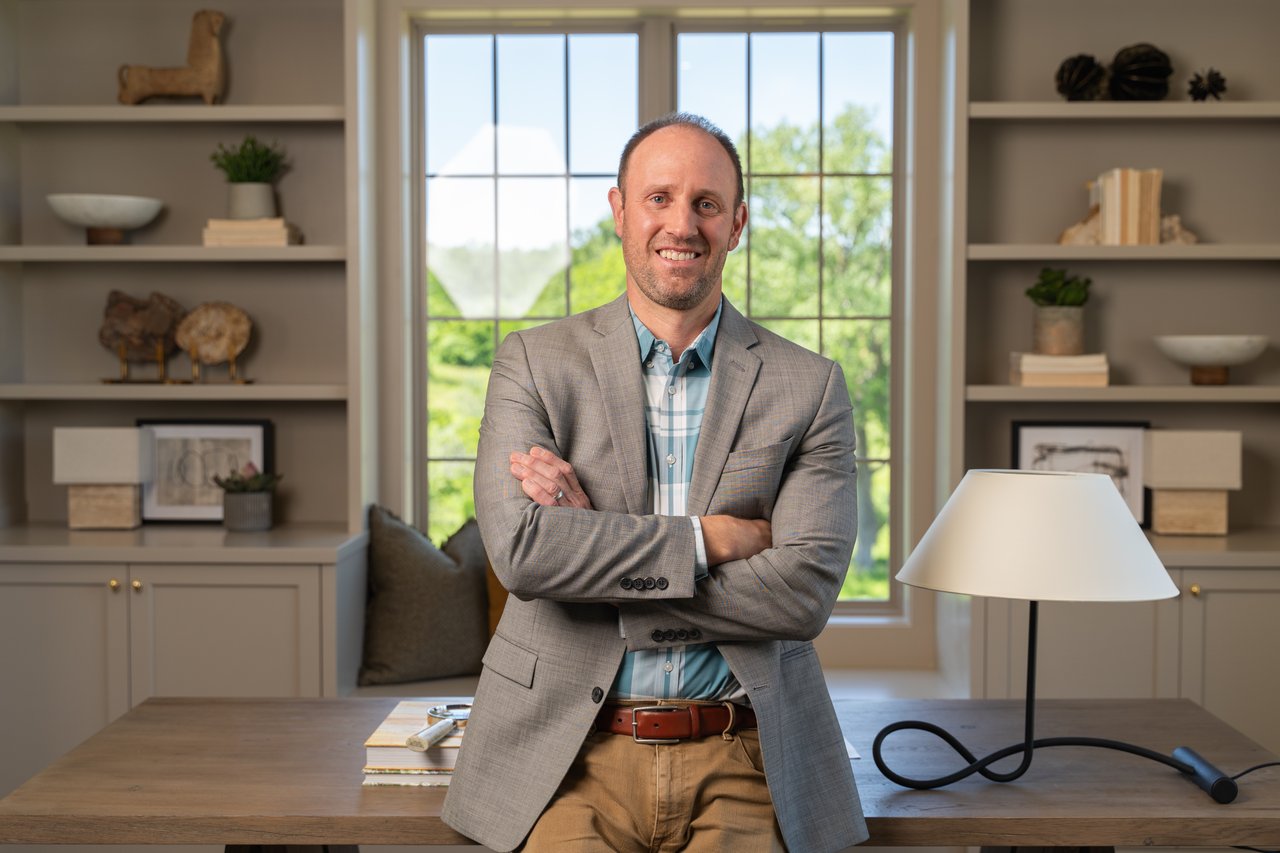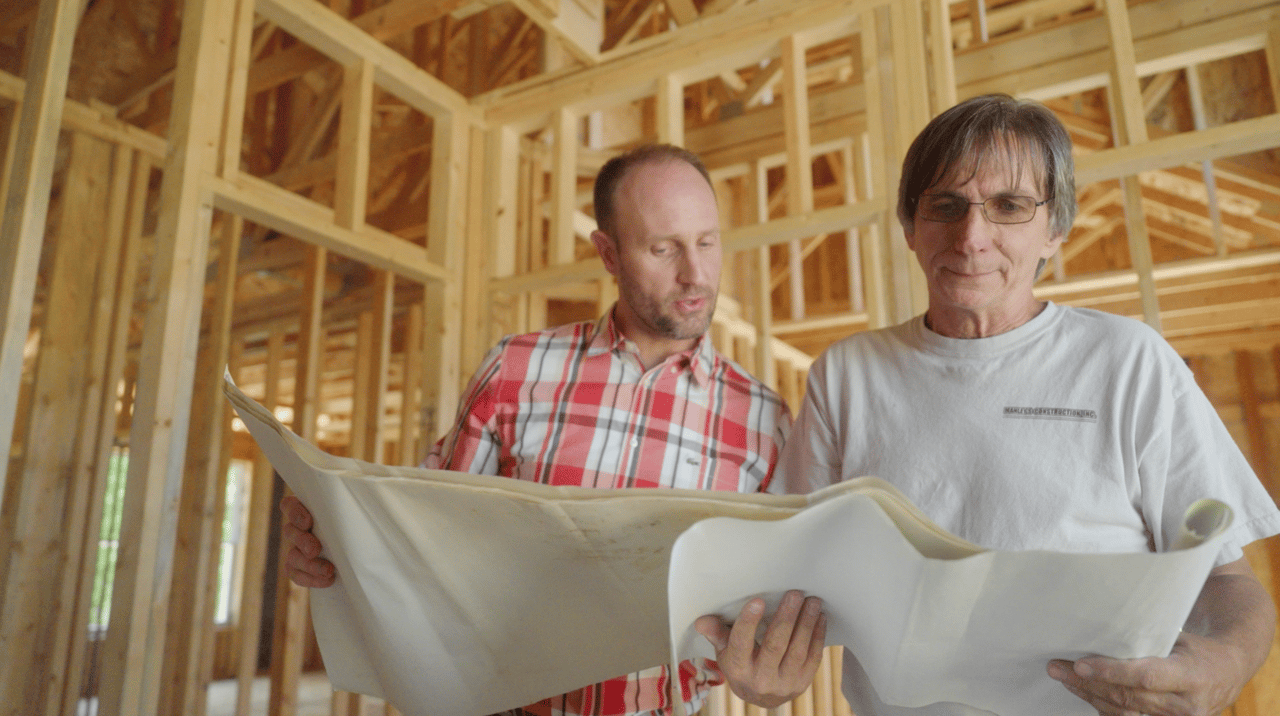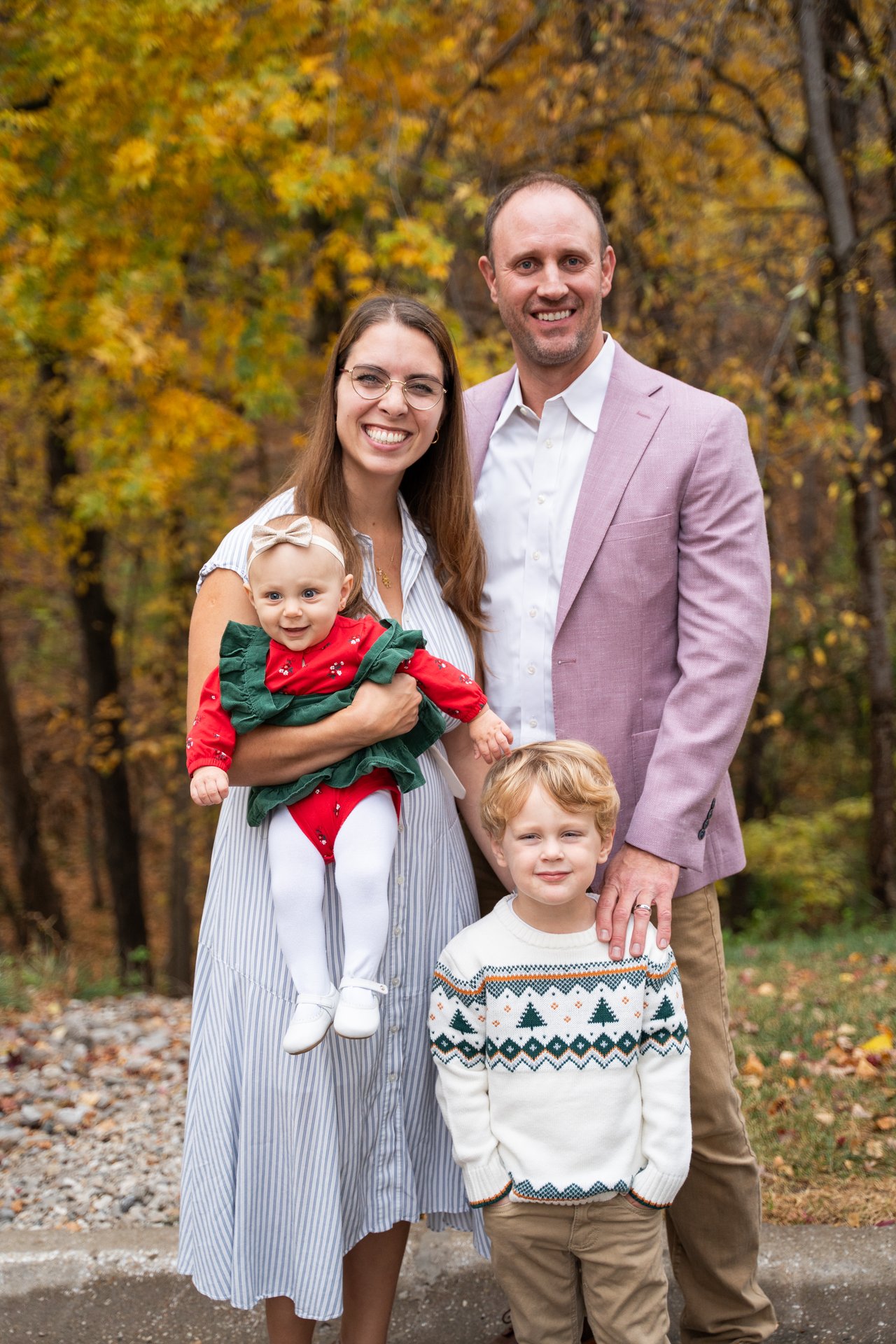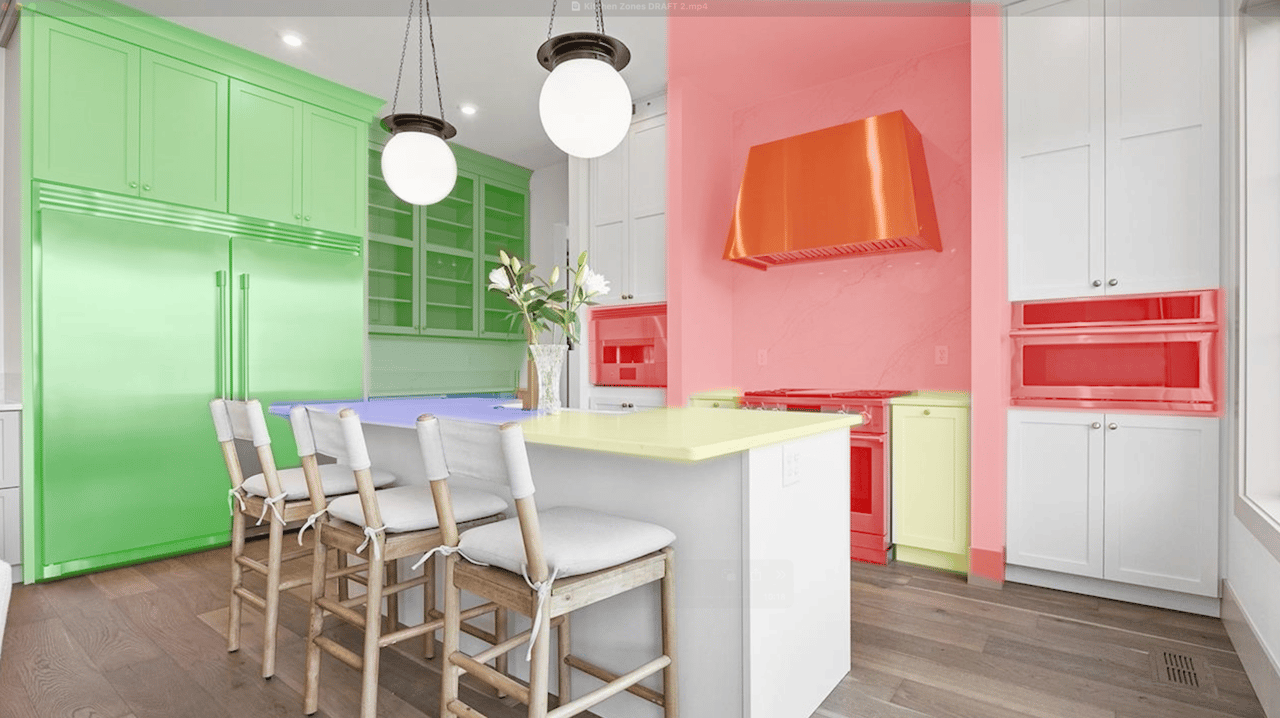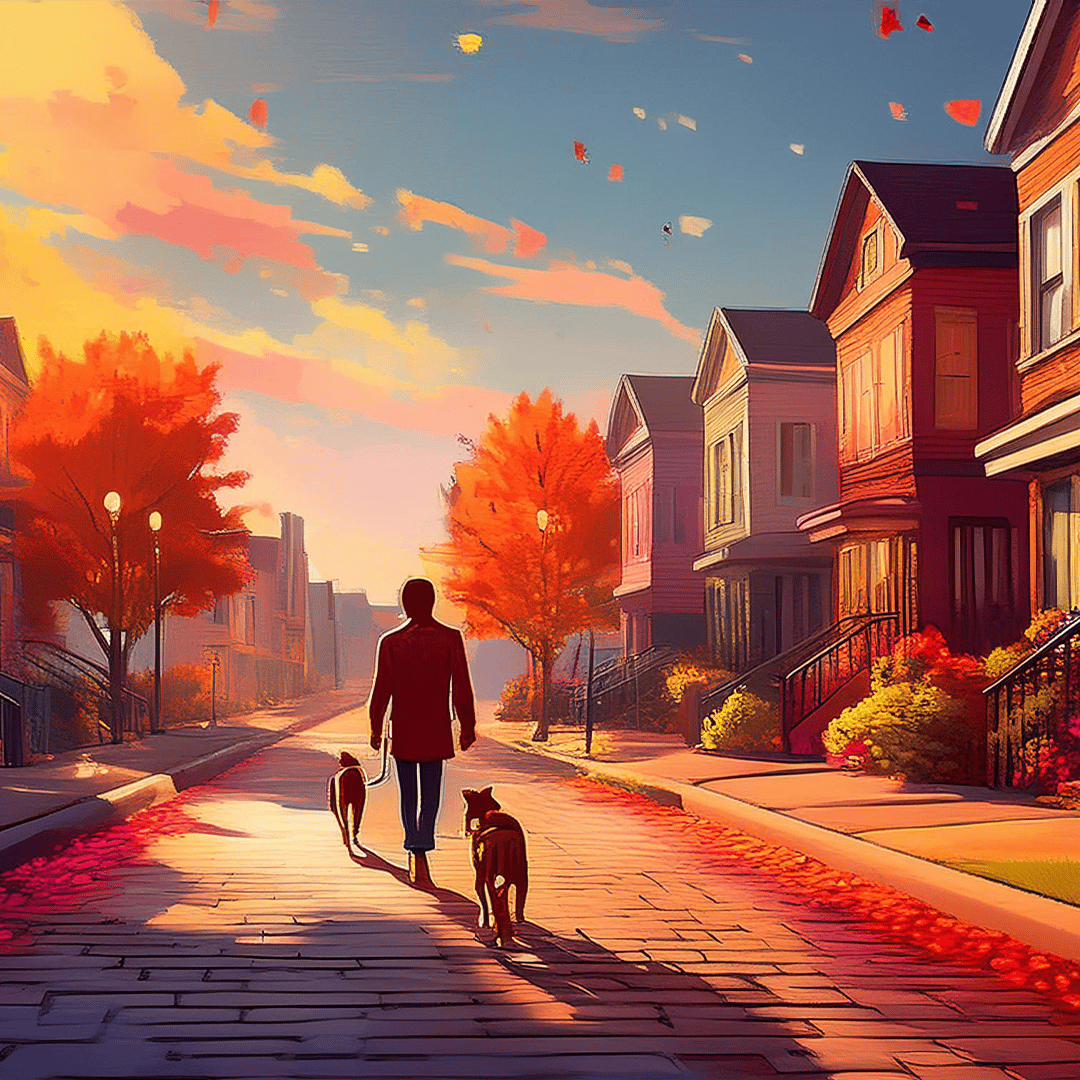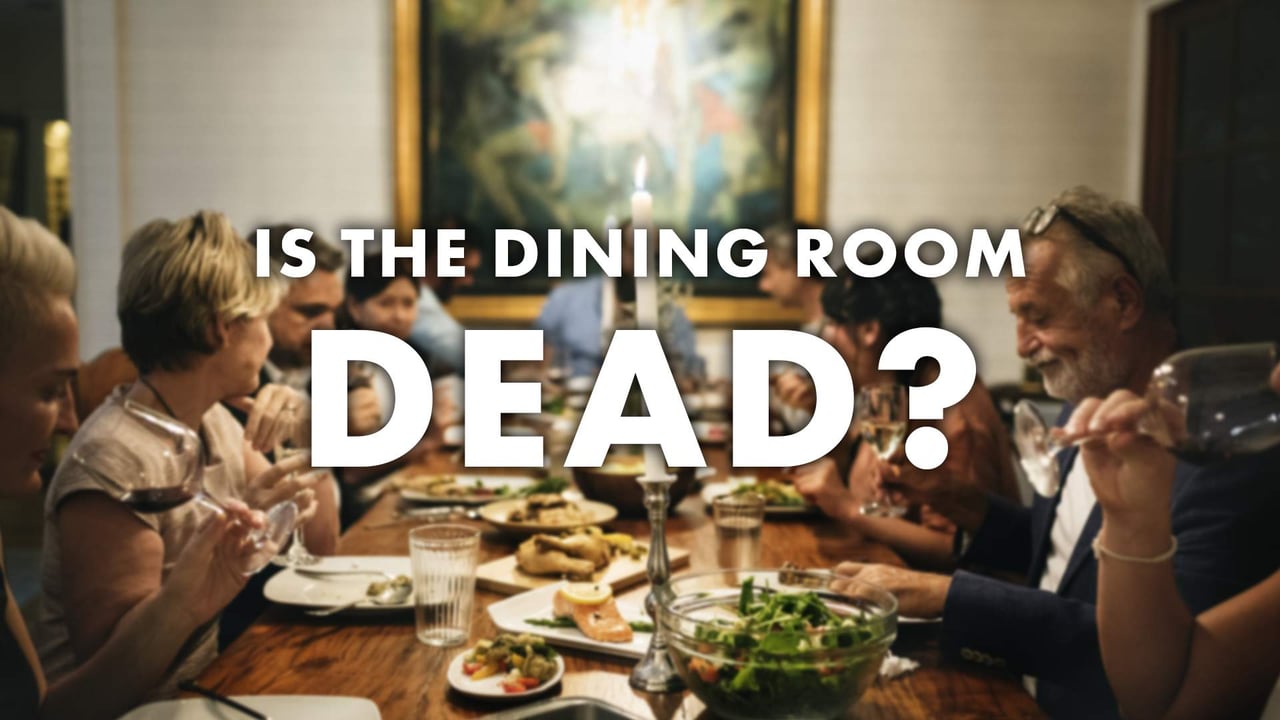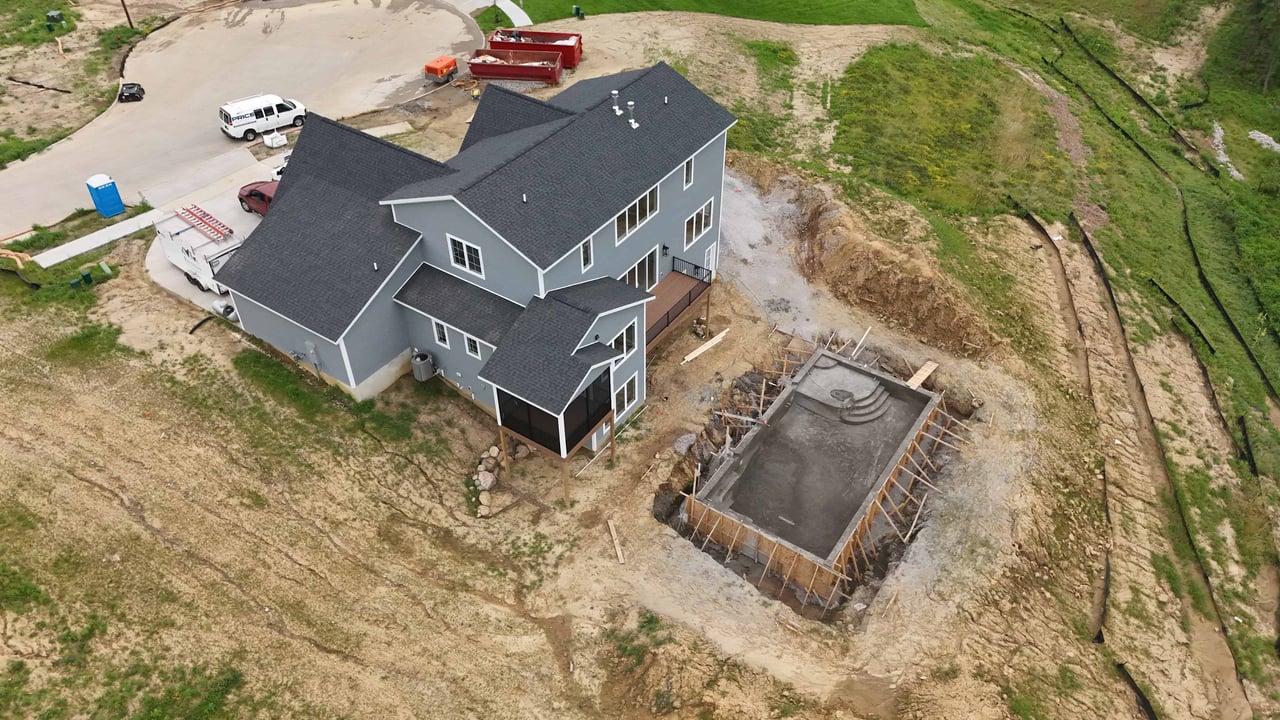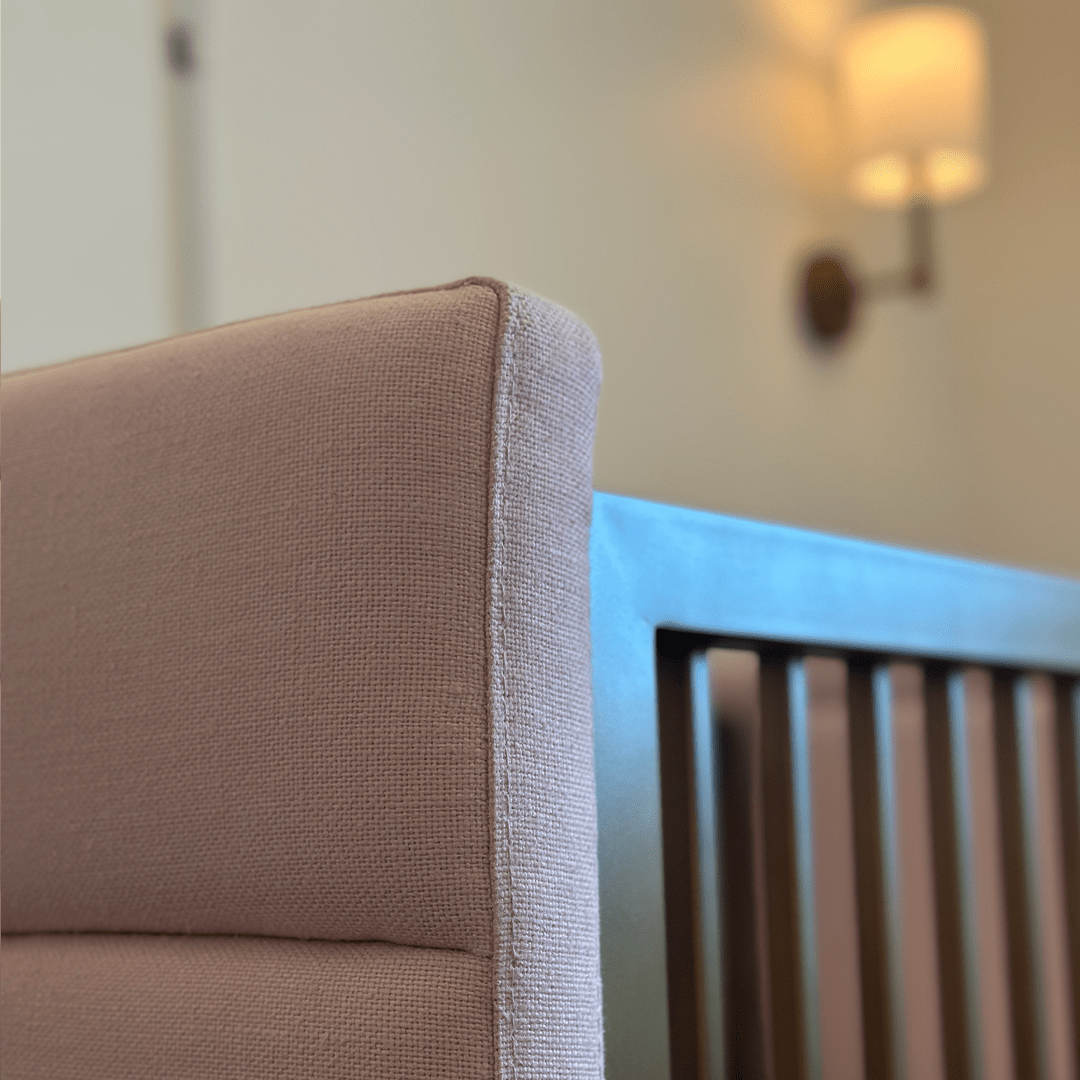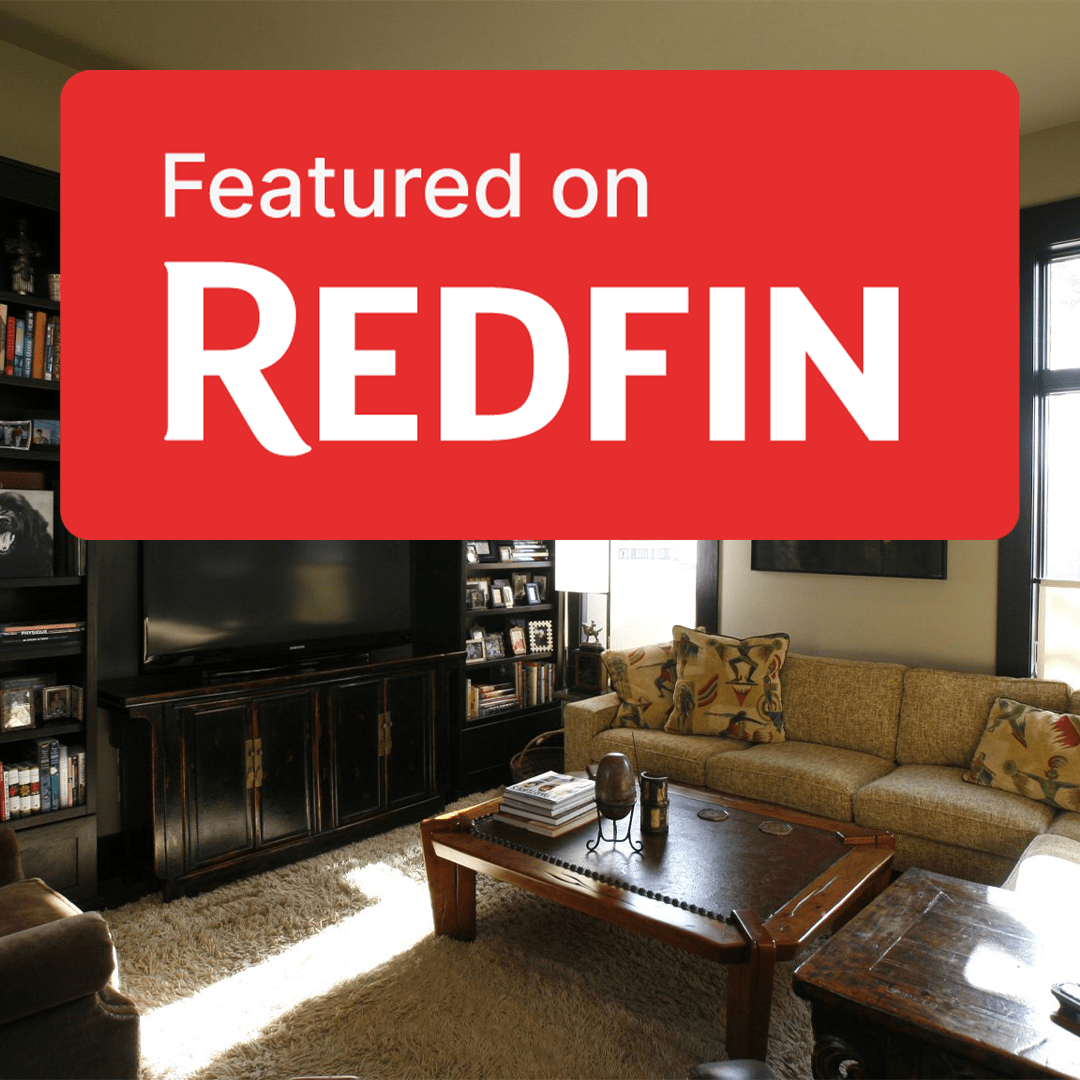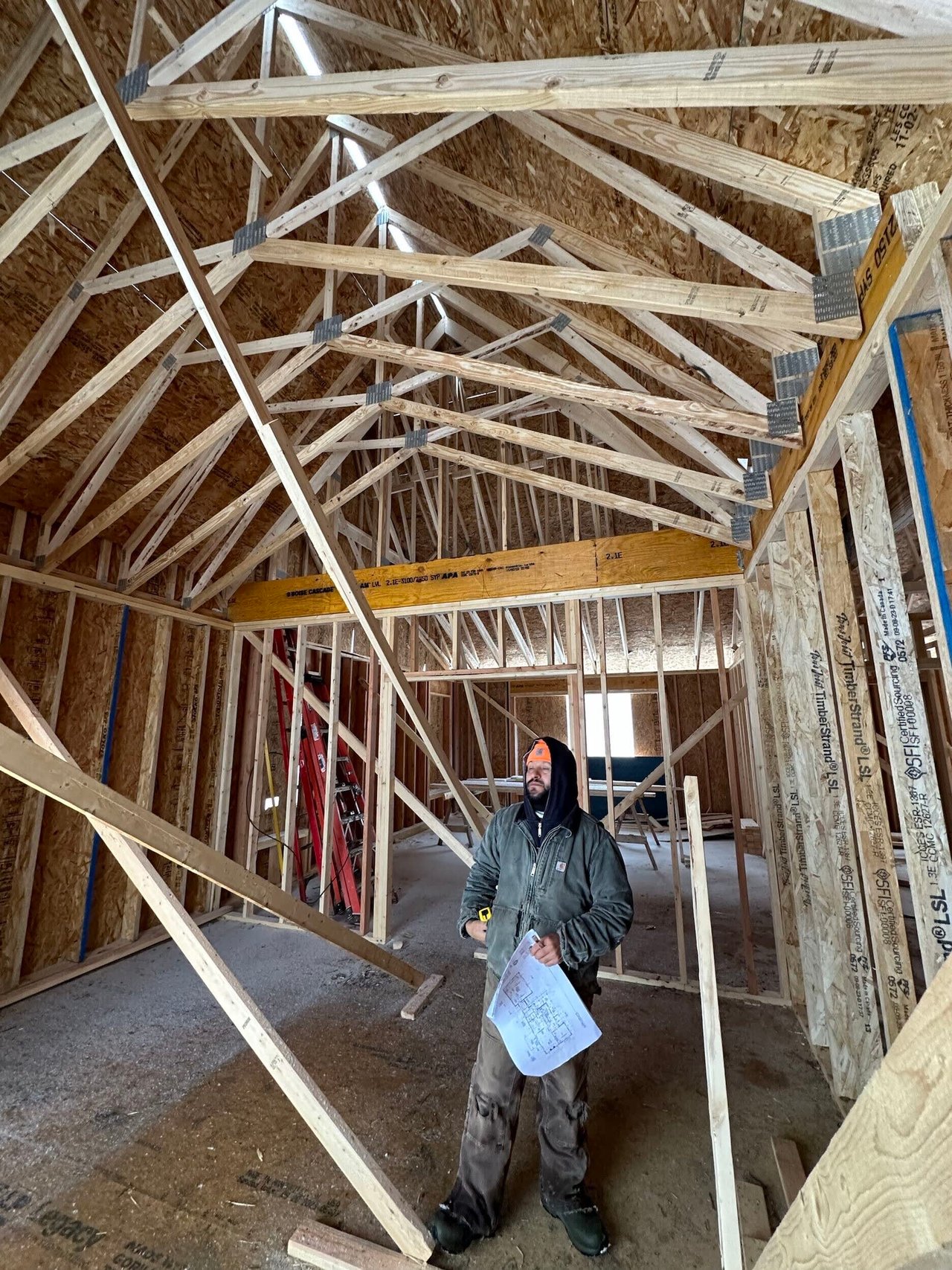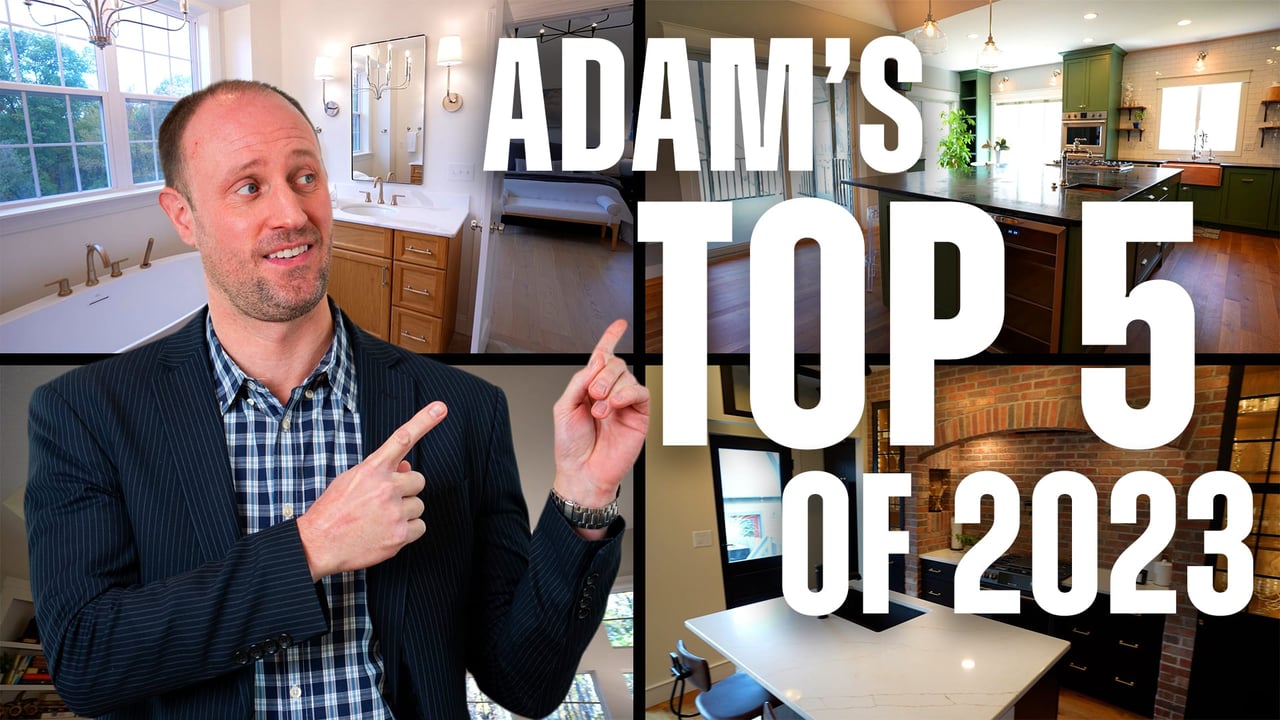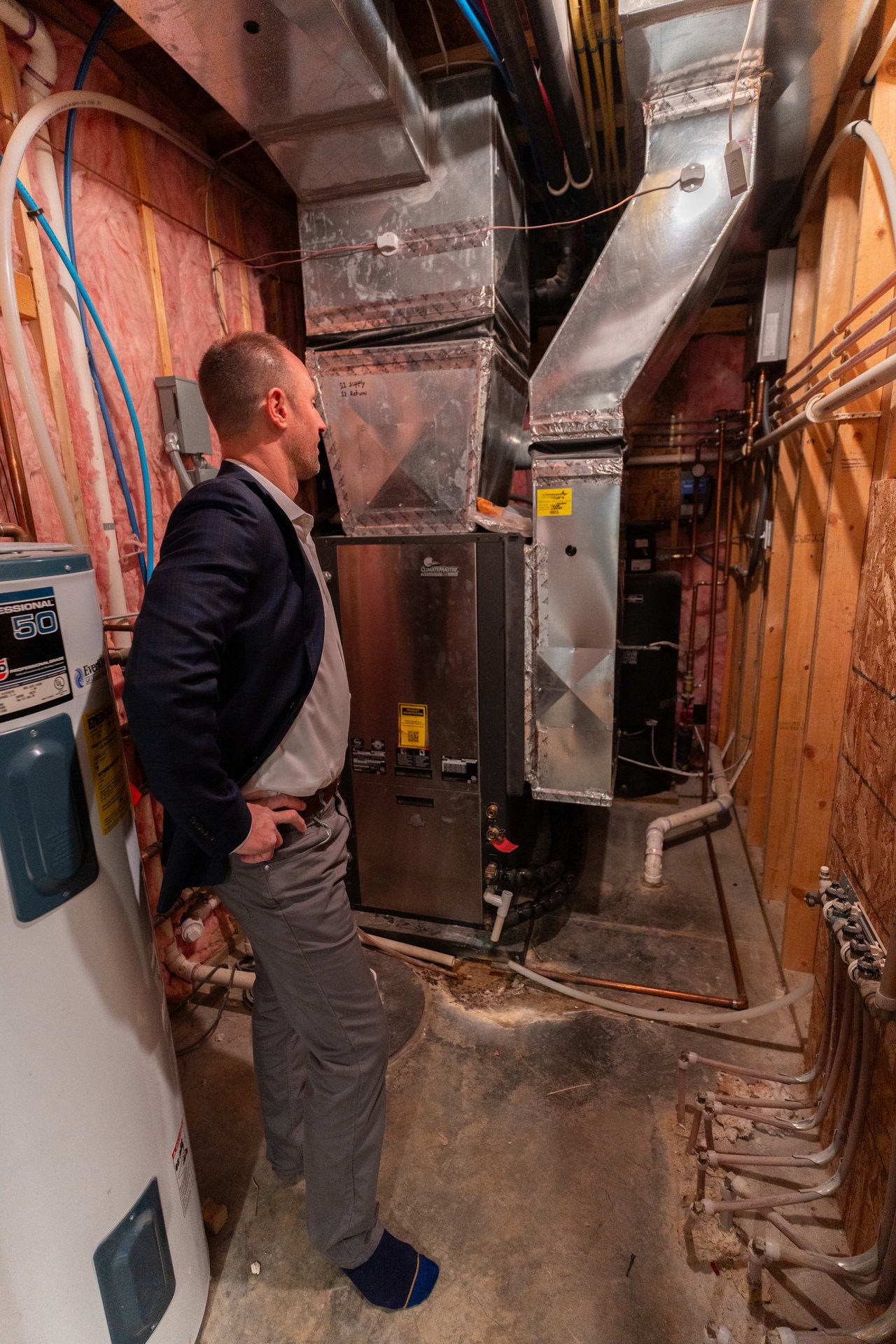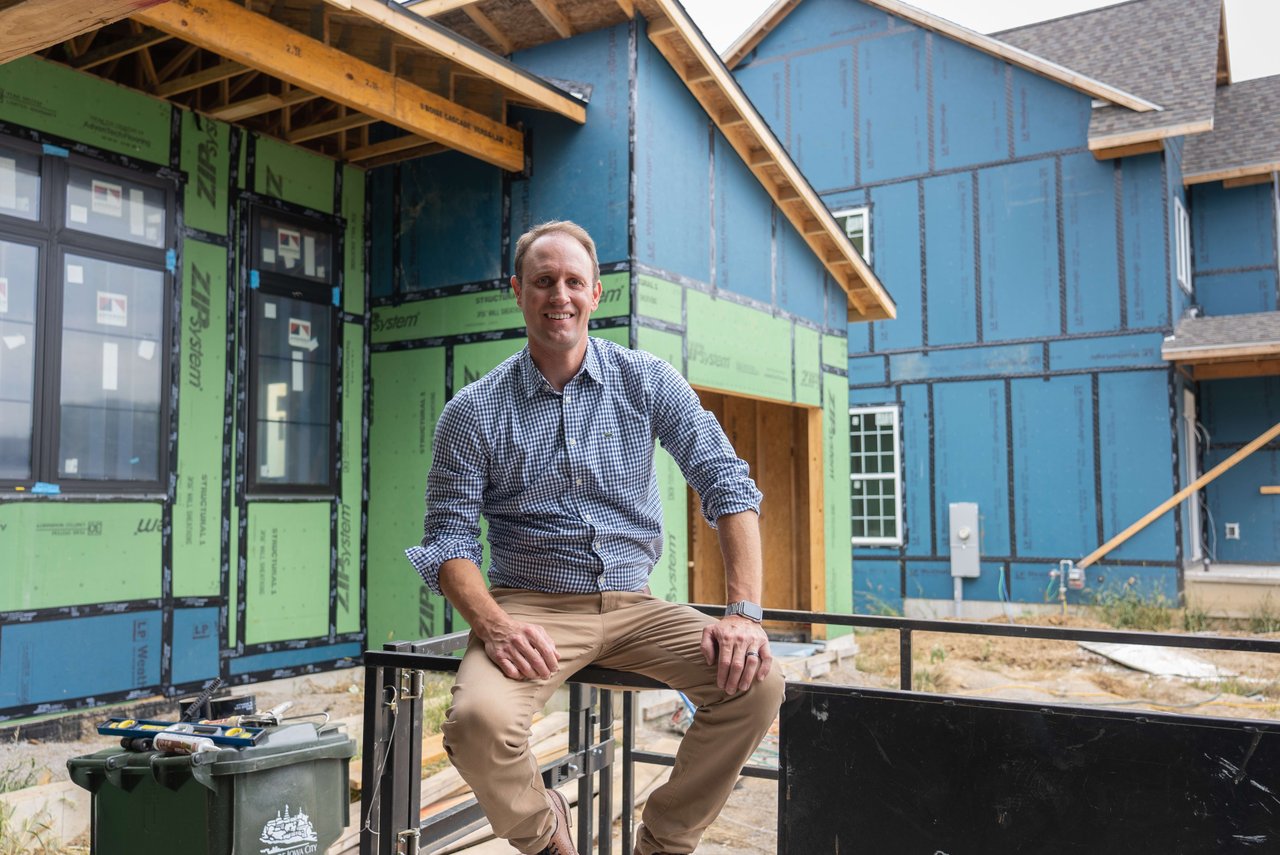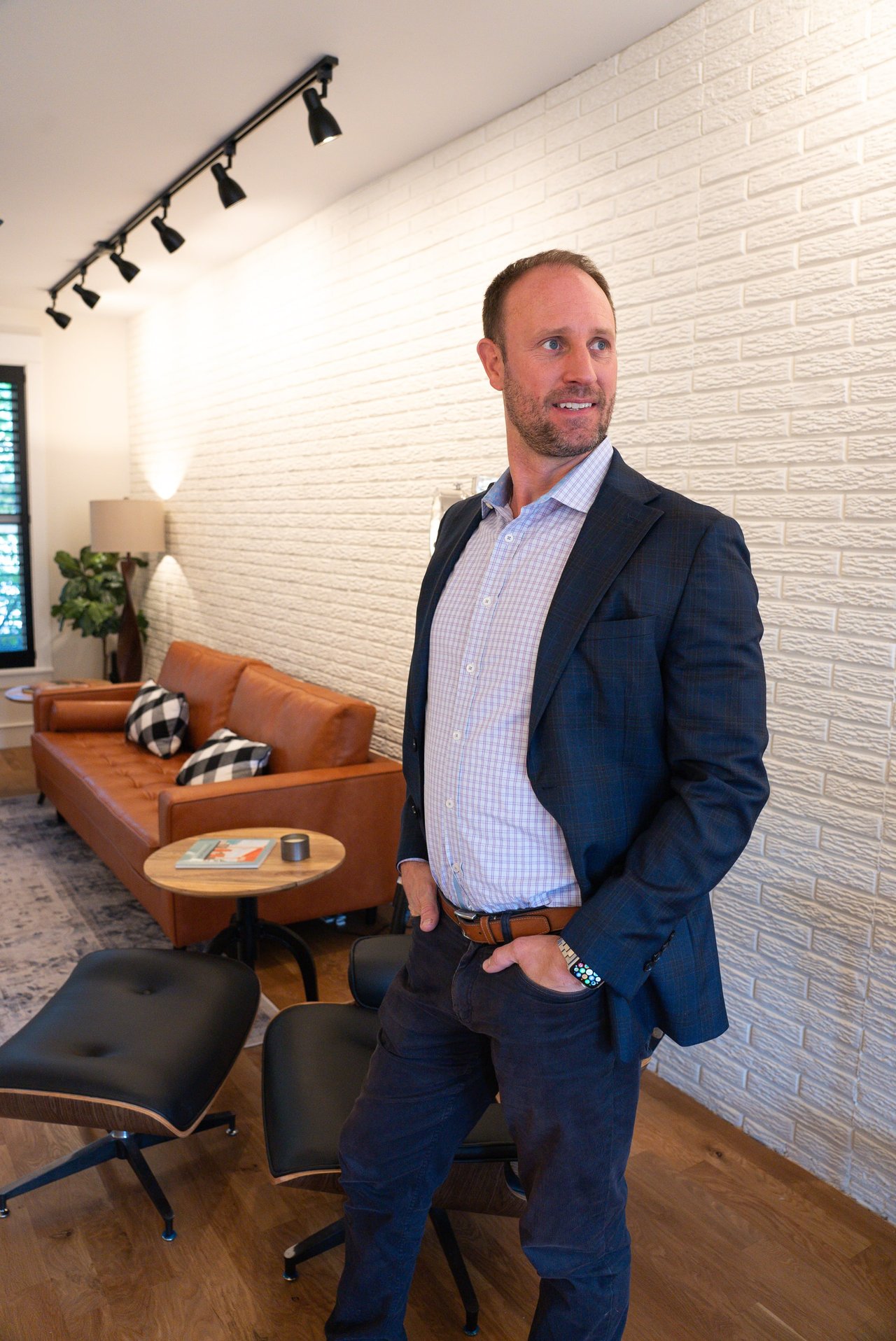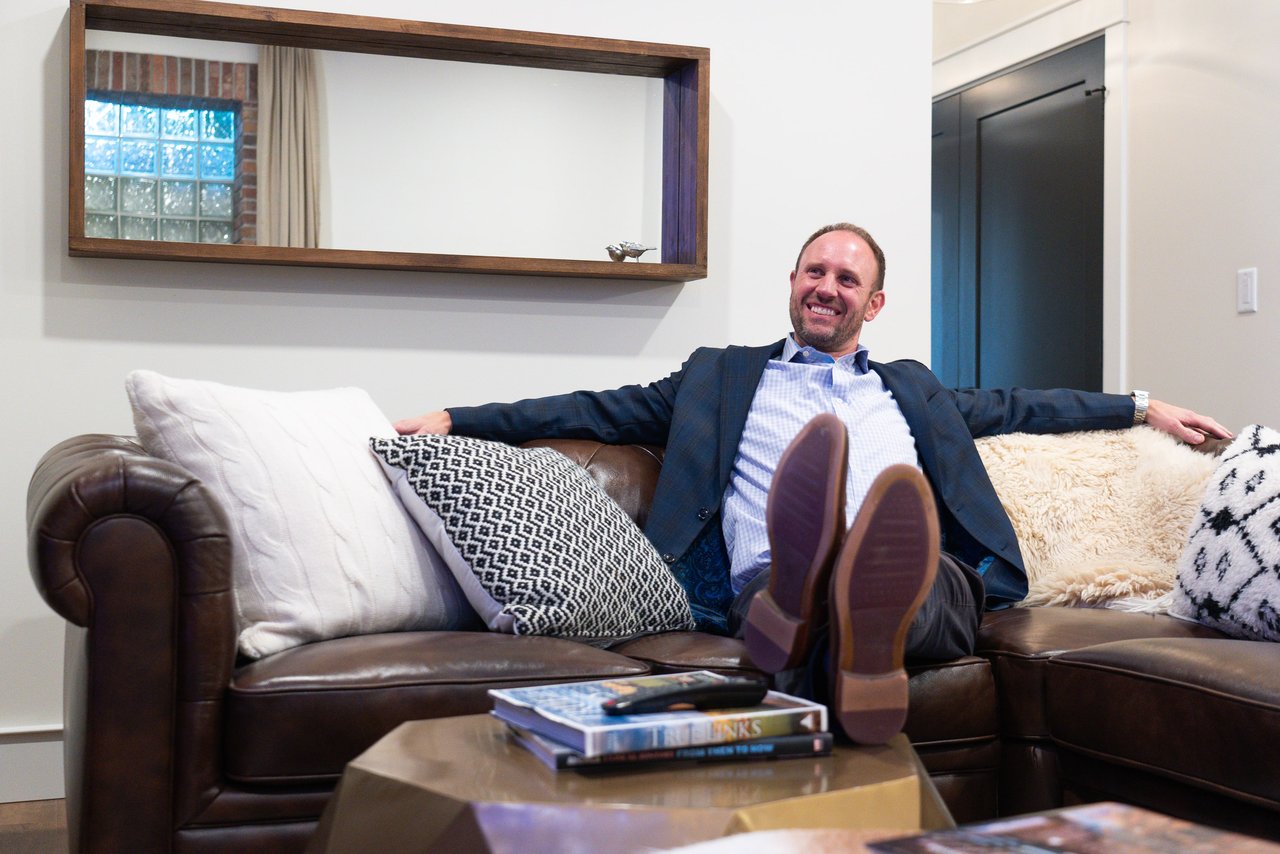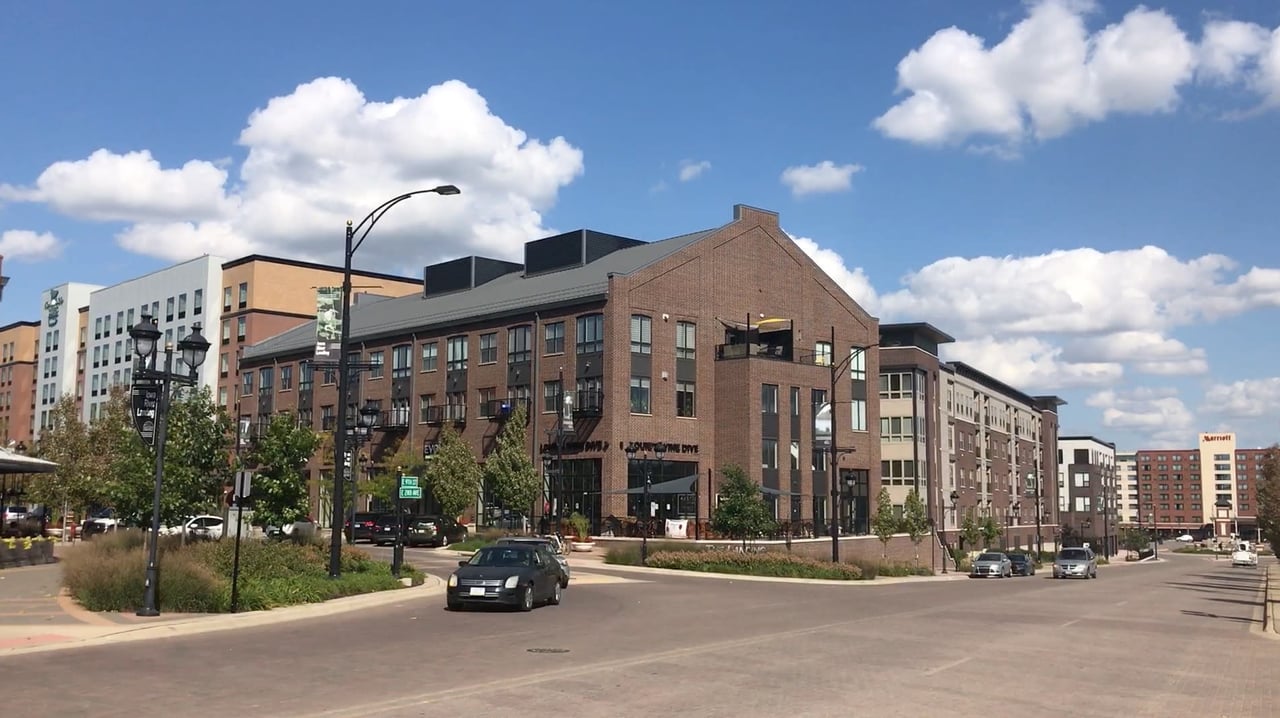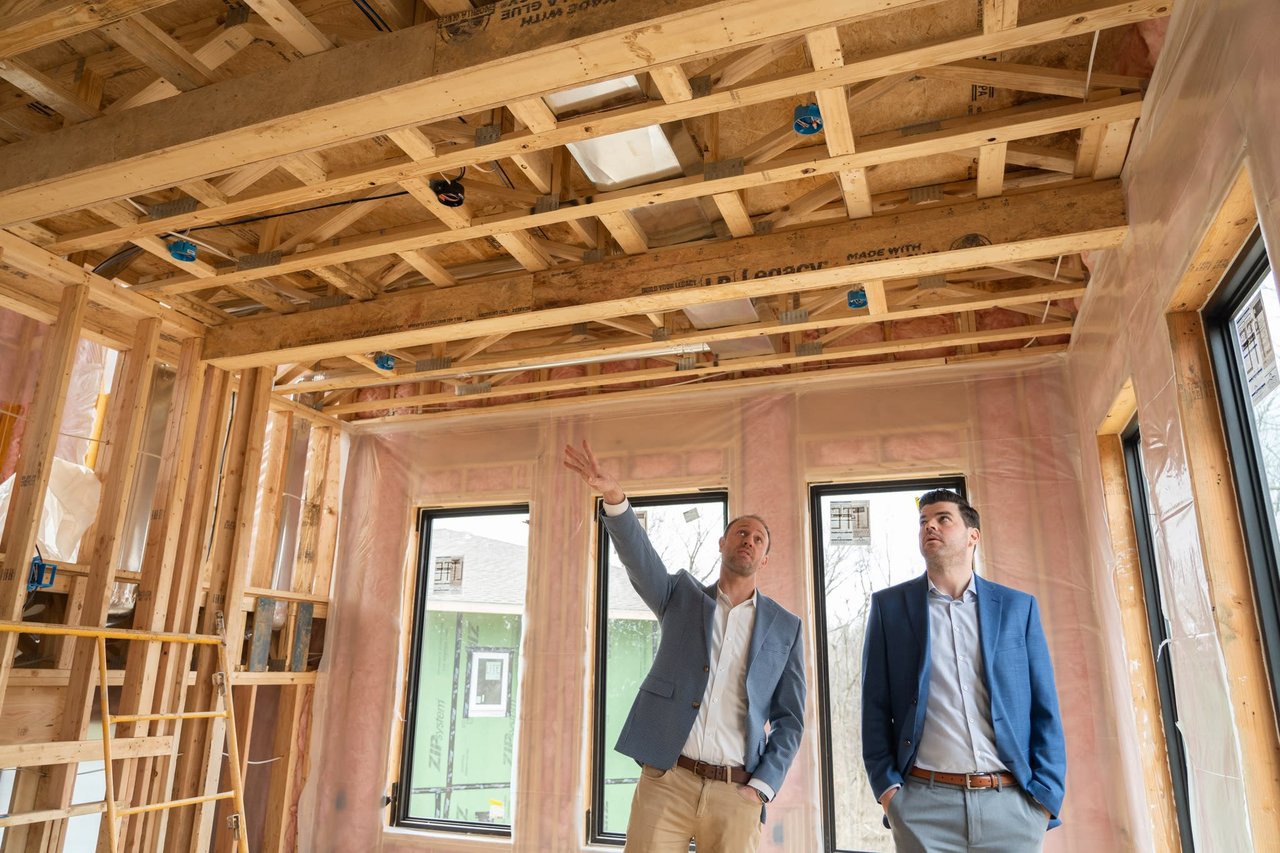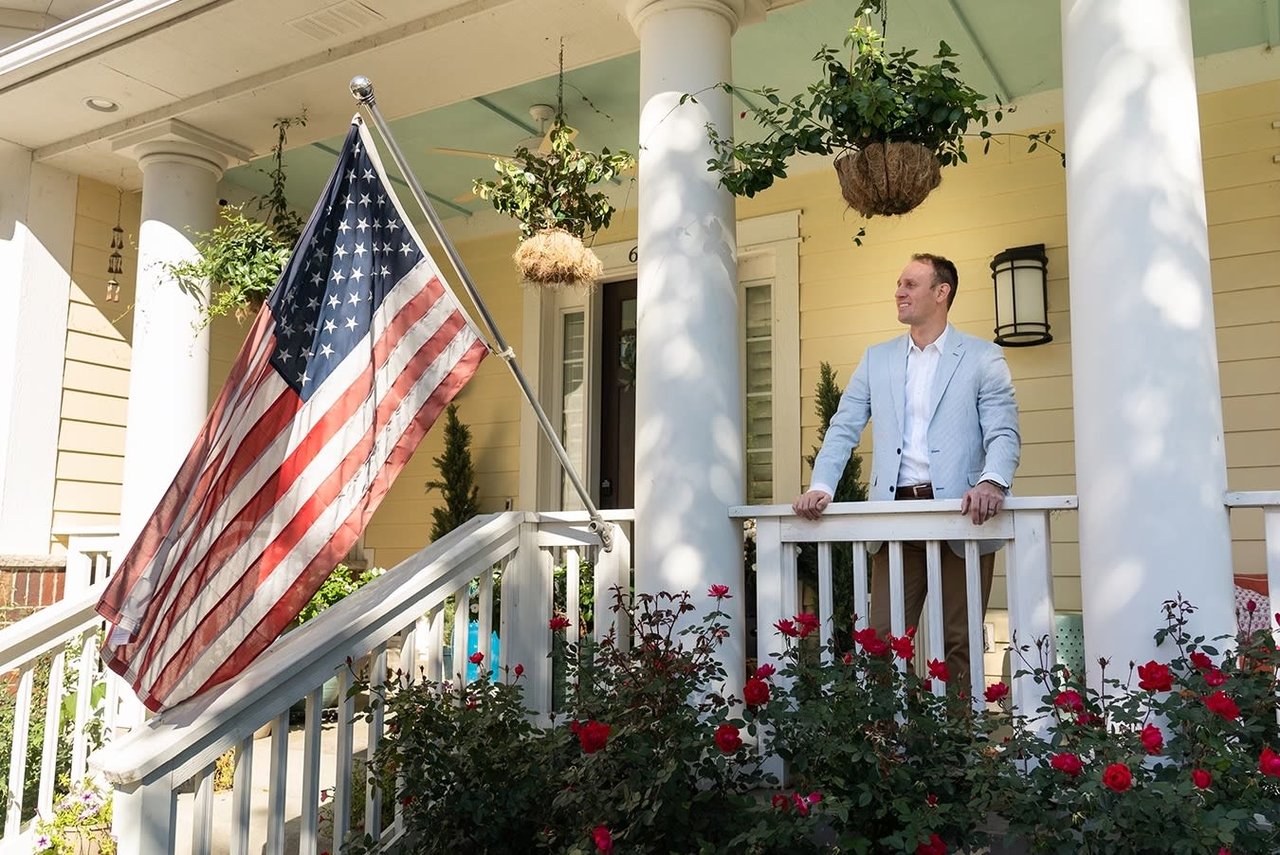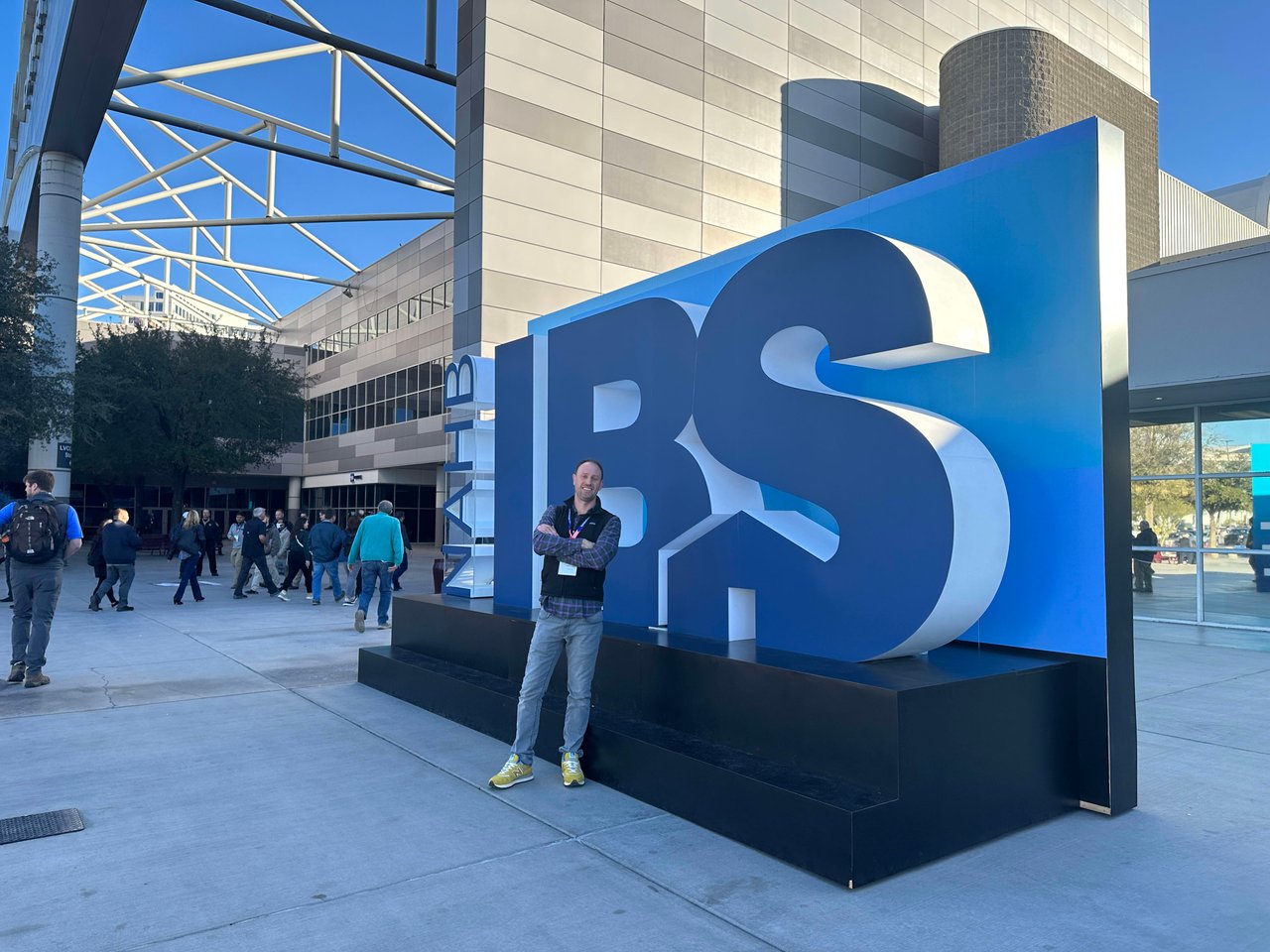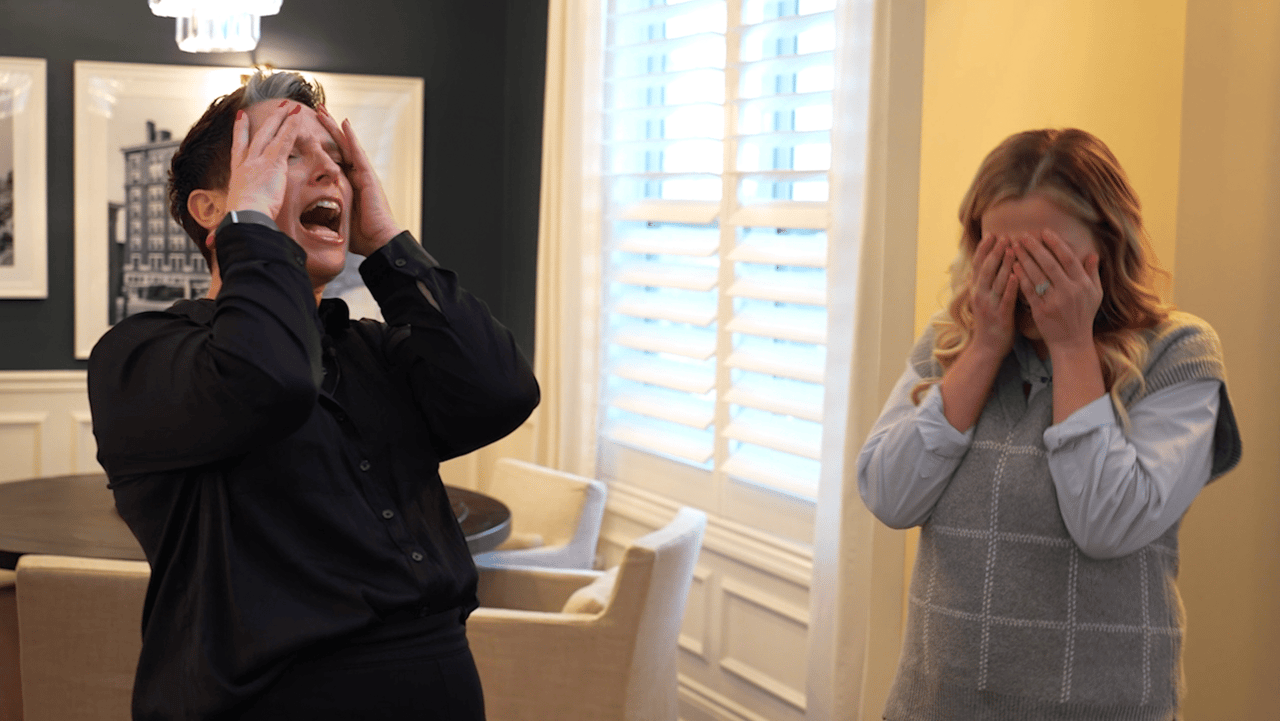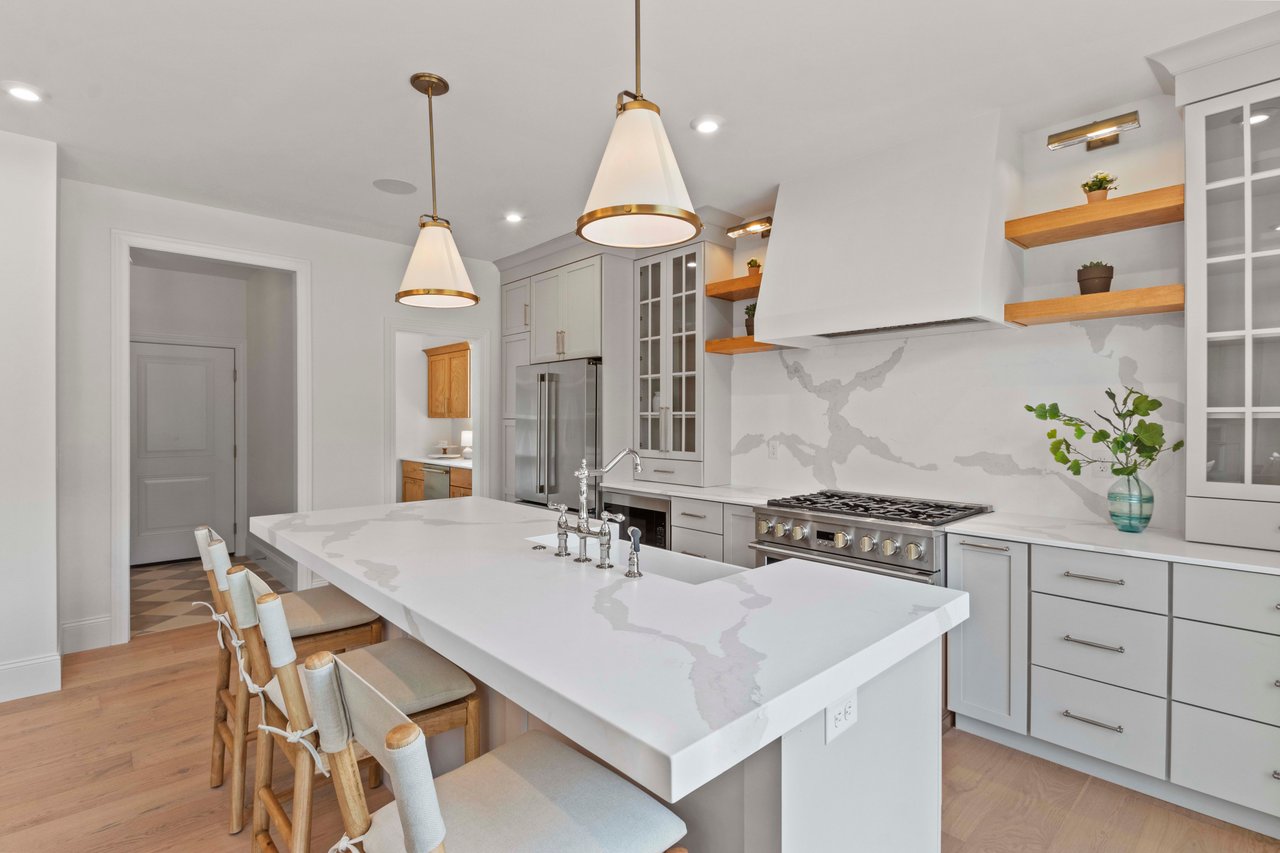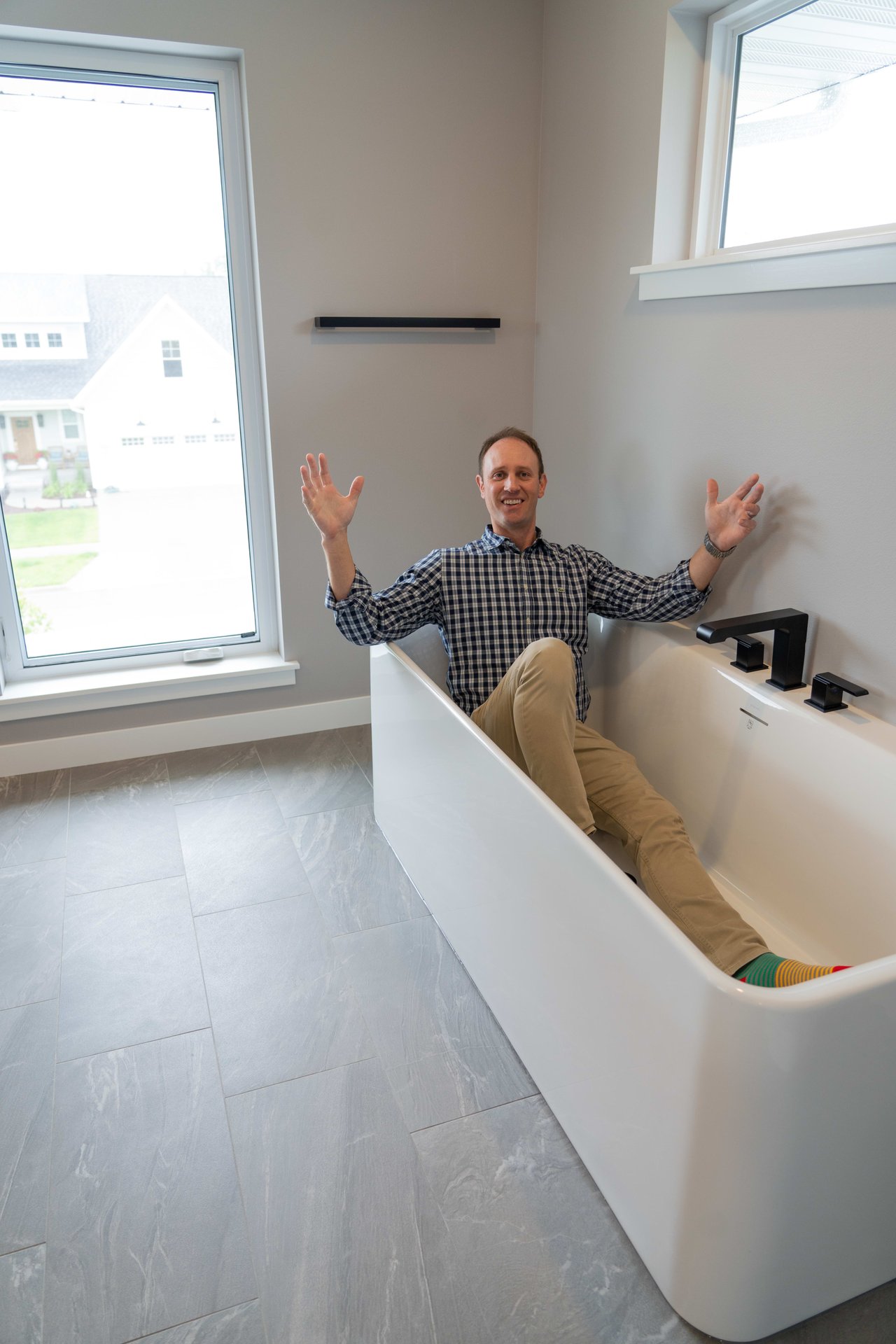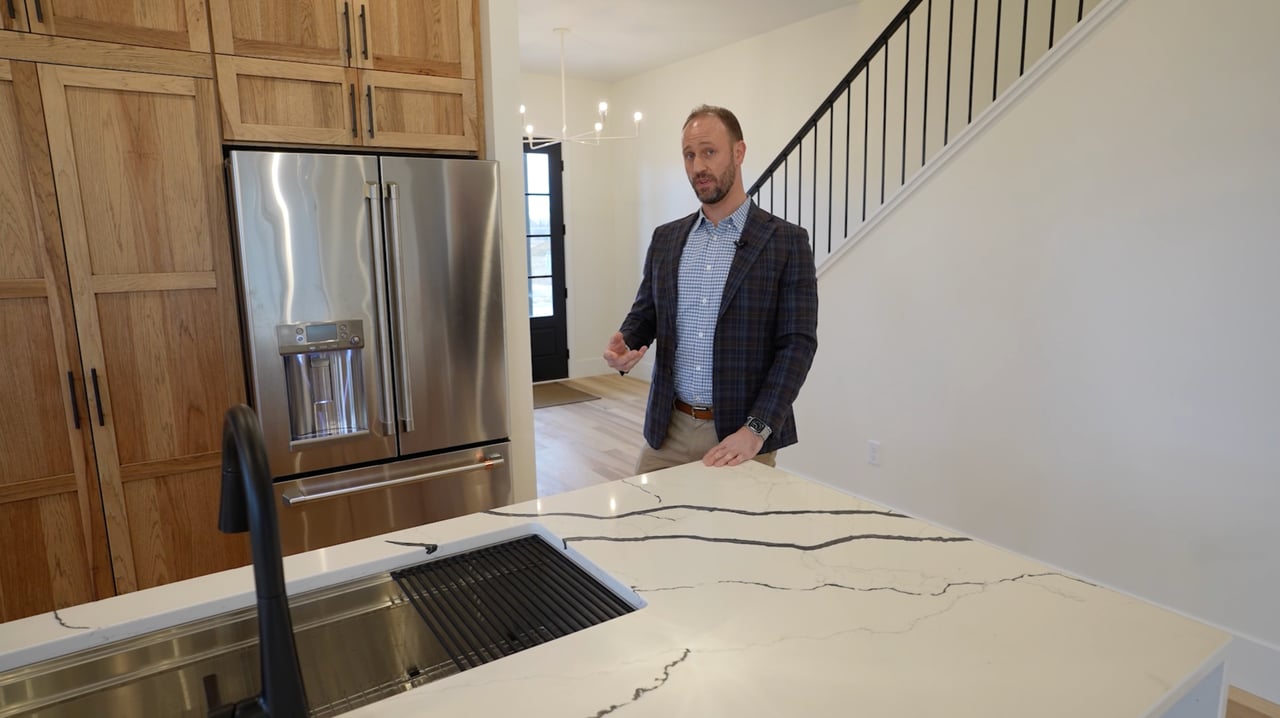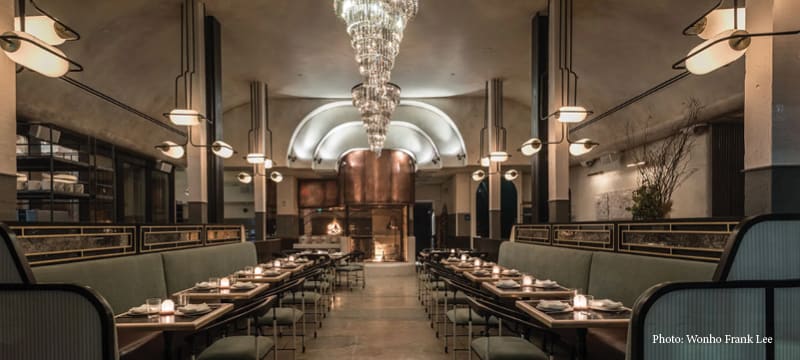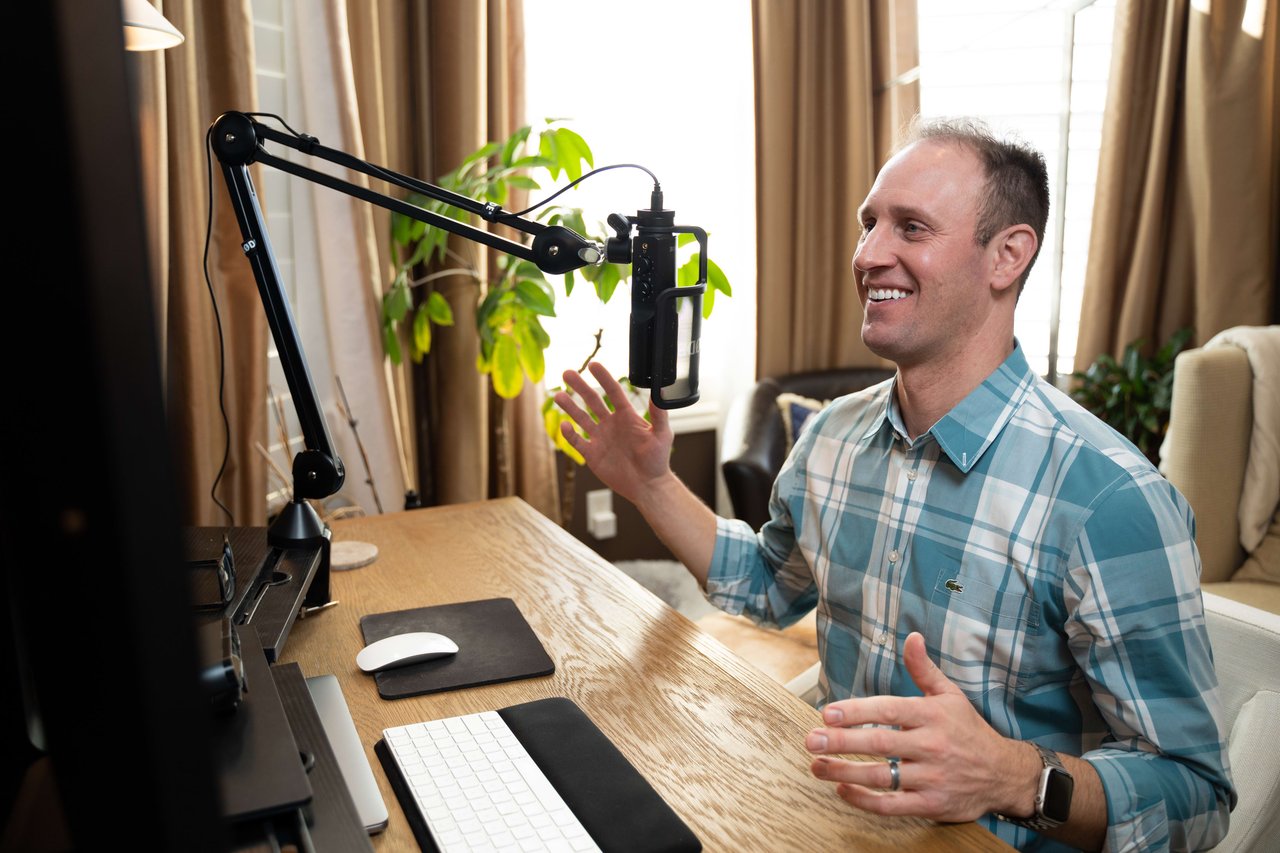For a decade, American interiors chased the safety of greige: open plans, white walls, black hardware, and a houseplant for personality. That era is fading. Homeowners are reclaiming their rooms as autobiographies—layered, colorful, and specific. Maximalism today isn’t clutter for clutter’s sake; it’s curation with conviction. The point isn’t “more,” it’s “more you.”
I’ve covered the maximalism trend a lot over the past year. This shift is rooted in how we live now. After years of multipurpose spaces and careful, resale-friendly choices, people want rooms that work hard and feel alive. The pendulum swings from universal staging to personal storytelling: heirlooms on display, art that sparks conversation, and palettes that mirror mood instead of market logic. The result is intimacy—houses that read like a life well-lived, not a listing just staged.
Contemporary maximalism has rules—just different ones. Think “color drenching” to create enveloping atmospheres; pattern families (geometrics with tailored florals) to build rhythm; and textures that reward a second look—bouclé against lacquer, raw woods beside polished stone. Collections come out of storage: books, vinyl, ceramics, travel finds. Built-ins return as gallery walls and cabinets with lighting meant to showcase, not hide.
Function follows feeling. Dining rooms double as libraries. Mudrooms get jewel-box wallpapers because daily rituals deserve ceremony. Powder baths become experimental canvases—deep color, bold stone, audacious mirrors—because a 20-square-foot room can carry big attitude. Even “quiet” styles are evolving: Scandinavian warmth now welcomes saturated hues and layered textiles; traditional homes mix classic millwork with graphic rugs and contemporary art.
There’s a market reality to respect. Hyper-personal can narrow buyer pools if the home hits the market tomorrow. The smart approach separates architecture from expression: invest in timeless bones (quality floors, millwork, lighting infrastructure), then personalize with reversible layers (paper, paint, textiles, art). In other words, build permanence where it counts and make the personality easy to edit.
My personal house is an excellent example of this trend. Each of my rooms have finishes that encourage individuality—bolder tile options, statement lighting tiers, and paint programs that include saturated choices with cohesive trim strategies. Rooms are more themed with color patterns, wallpaper, and furniture groupings; one unforgettable room will do more for traffic than five perfectly beige ones.
Where it’s going next: smaller, intentional rooms will keep gaining ground over undifferentiated great rooms; saturated trim and ceilings will outpace accent walls; handcrafted pieces will trump mass-market sameness; and tech will quietly support the spectacle (better art lighting, hidden speakers, smarter controls…less light switches on the wall, please) without stealing the show. The neutral box served a purpose. The future is specific. The homes that stand out—online and in person—will be the ones that dare to look like the people who live in them.
📸 My personal home embraces color drenching—from bold floral wallpaper in the powder room to layered plaids and oriental rugs that build rhythm and texture throughout. Dark woods and lacquered brass fixtures ground the look, while gallery walls feature oversized artwork designed to command attention. These photos offer a glimpse into my own spaces, including the bedroom, powder room, office, and hallway gallery.
